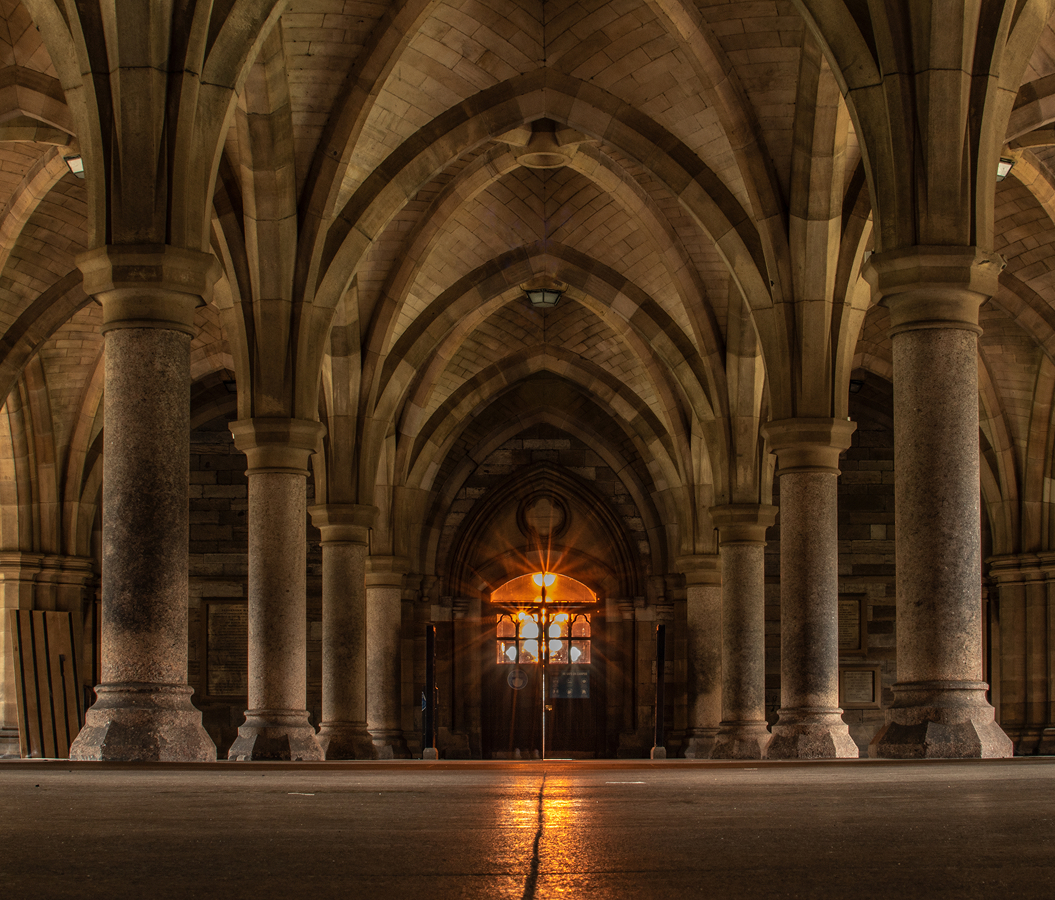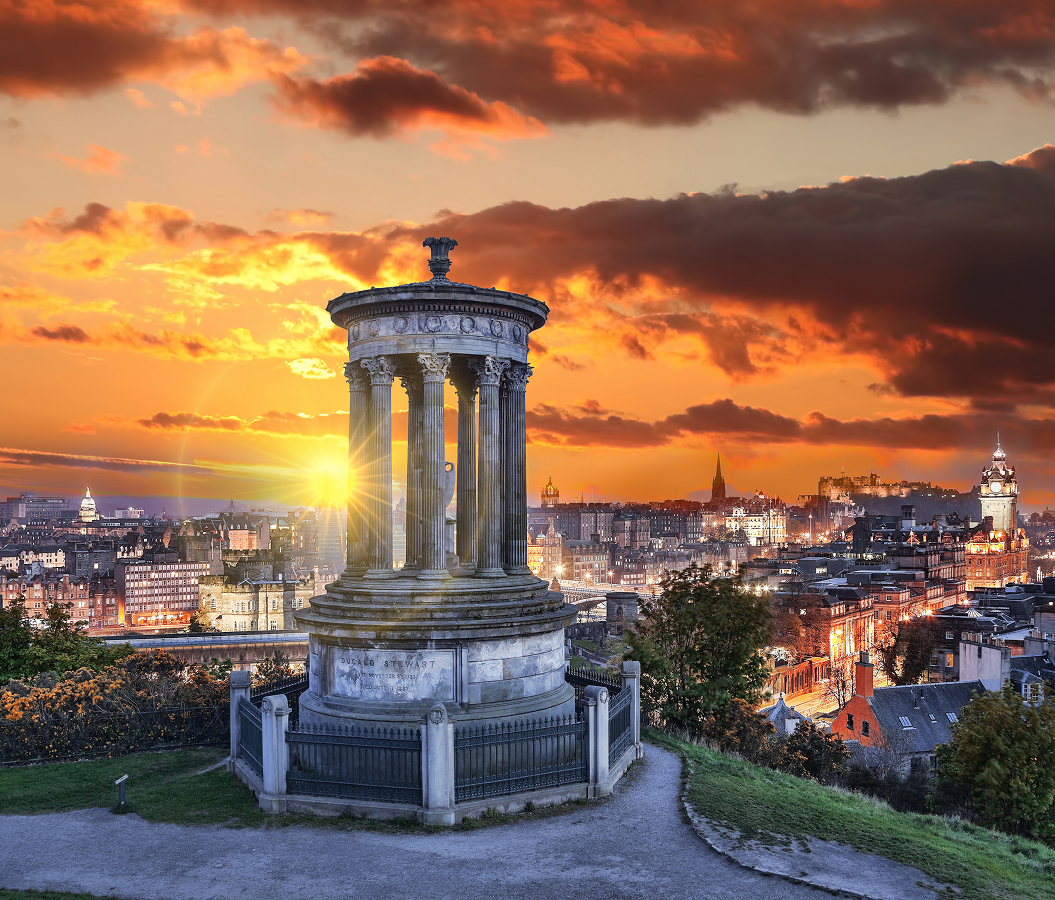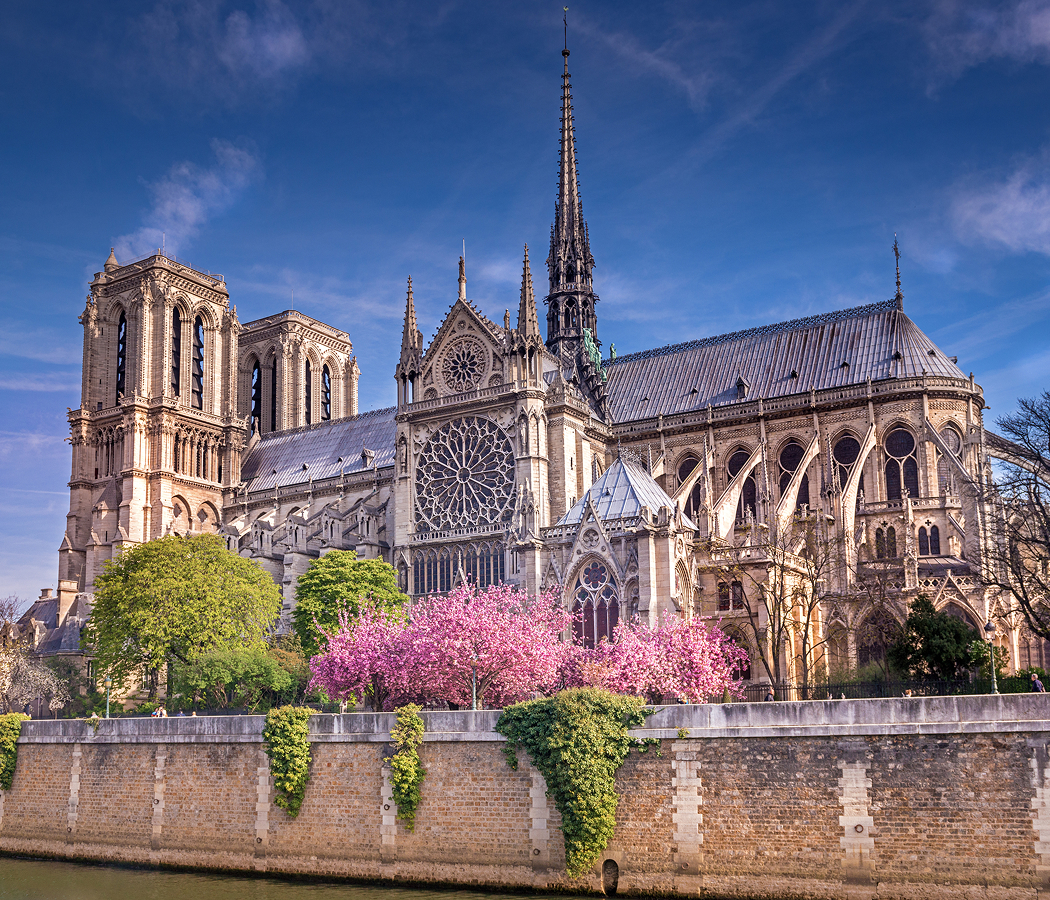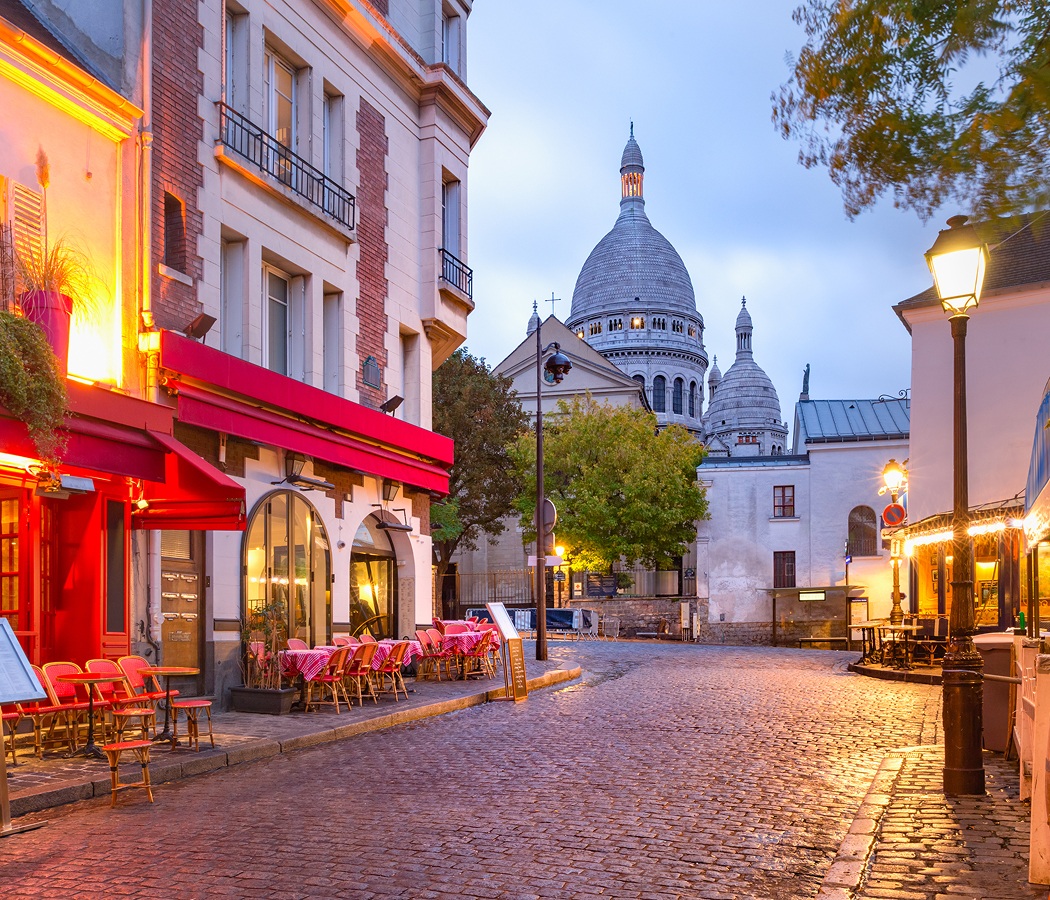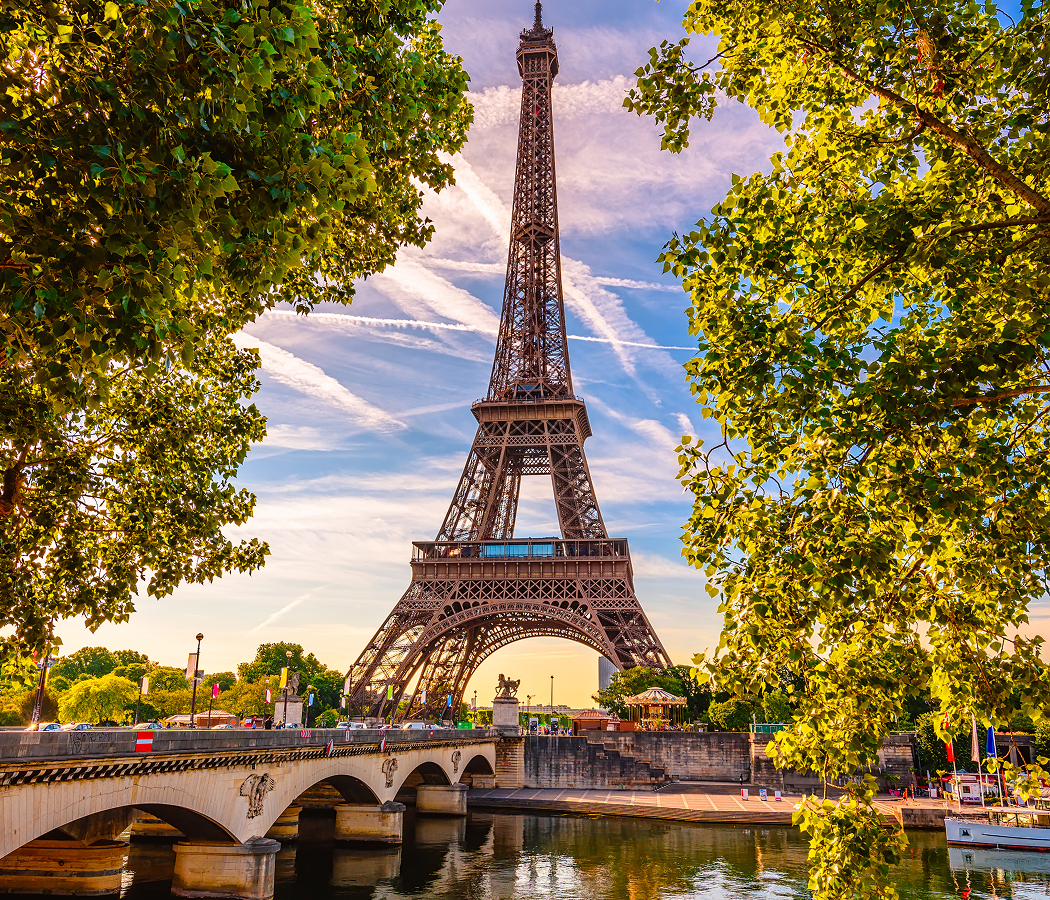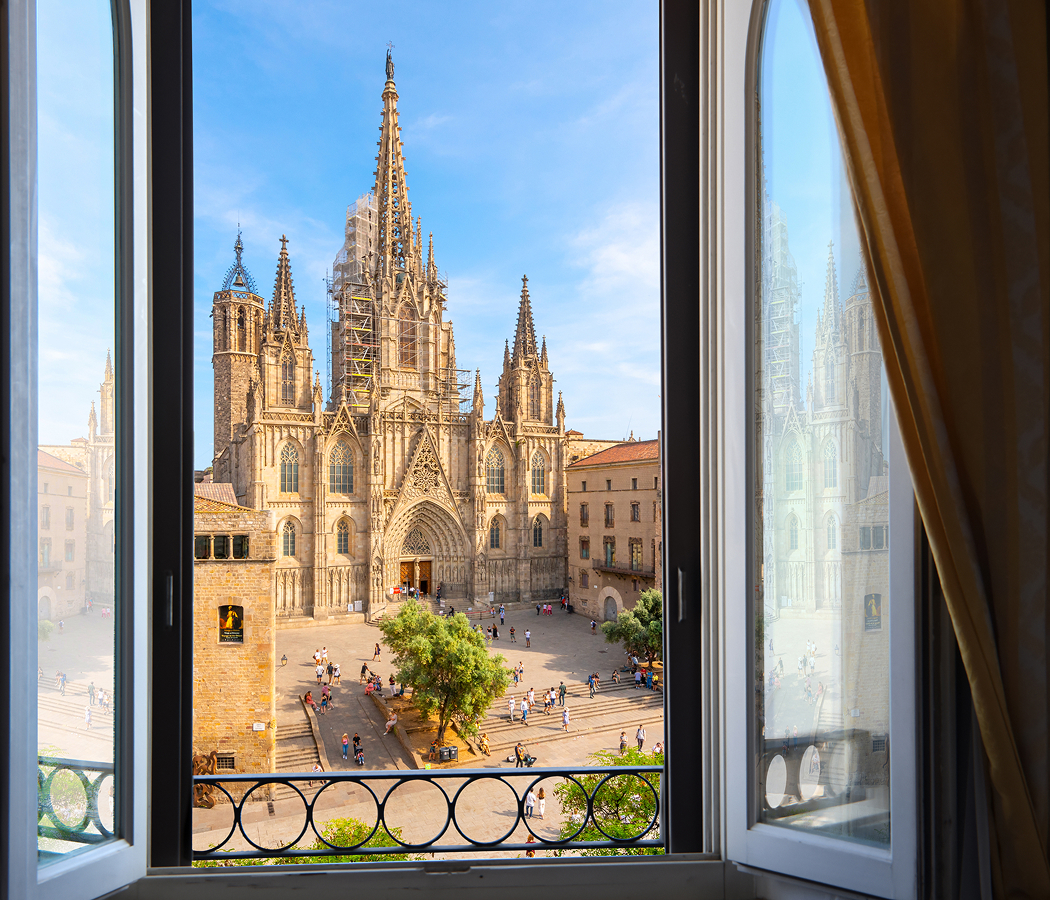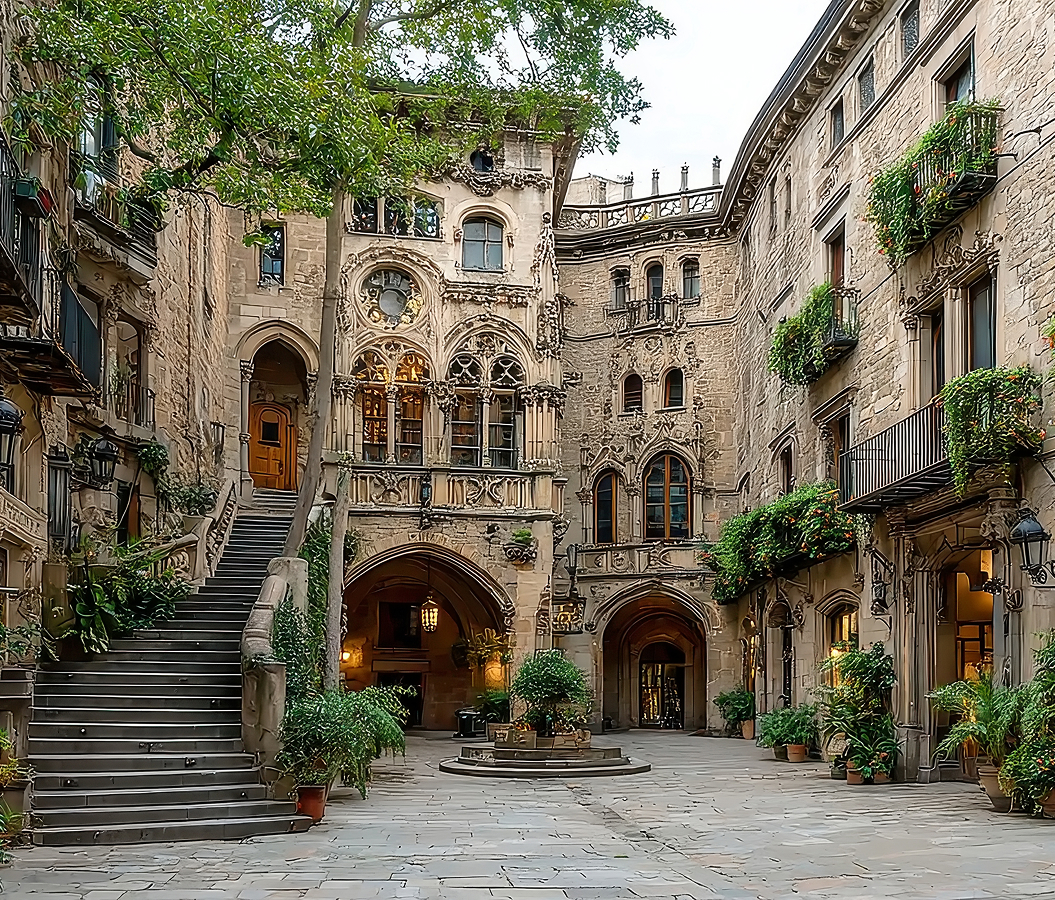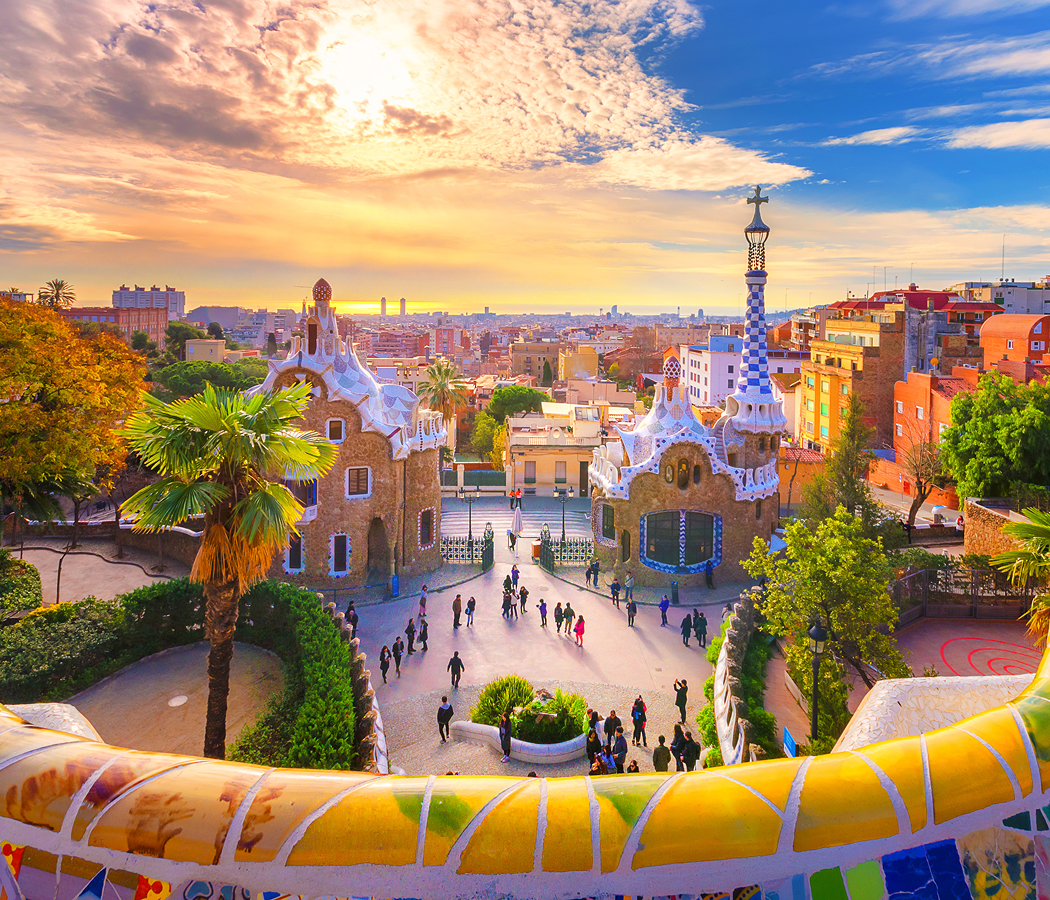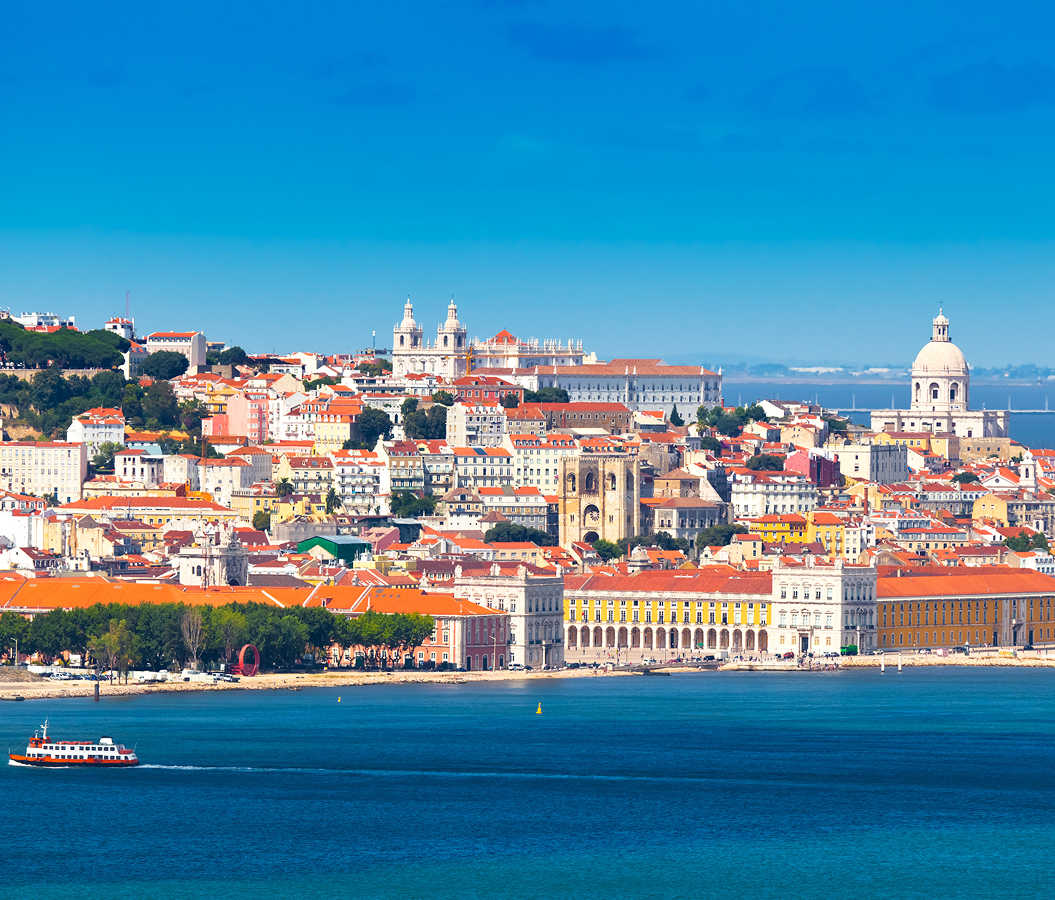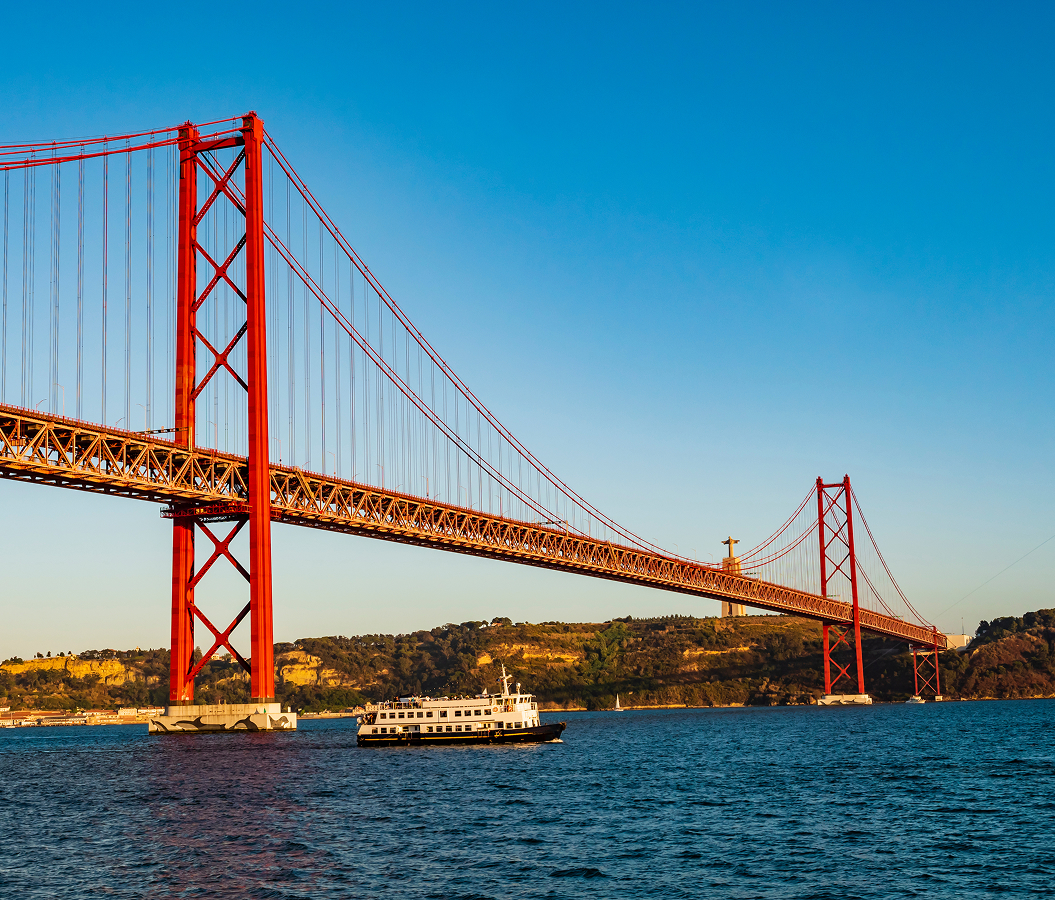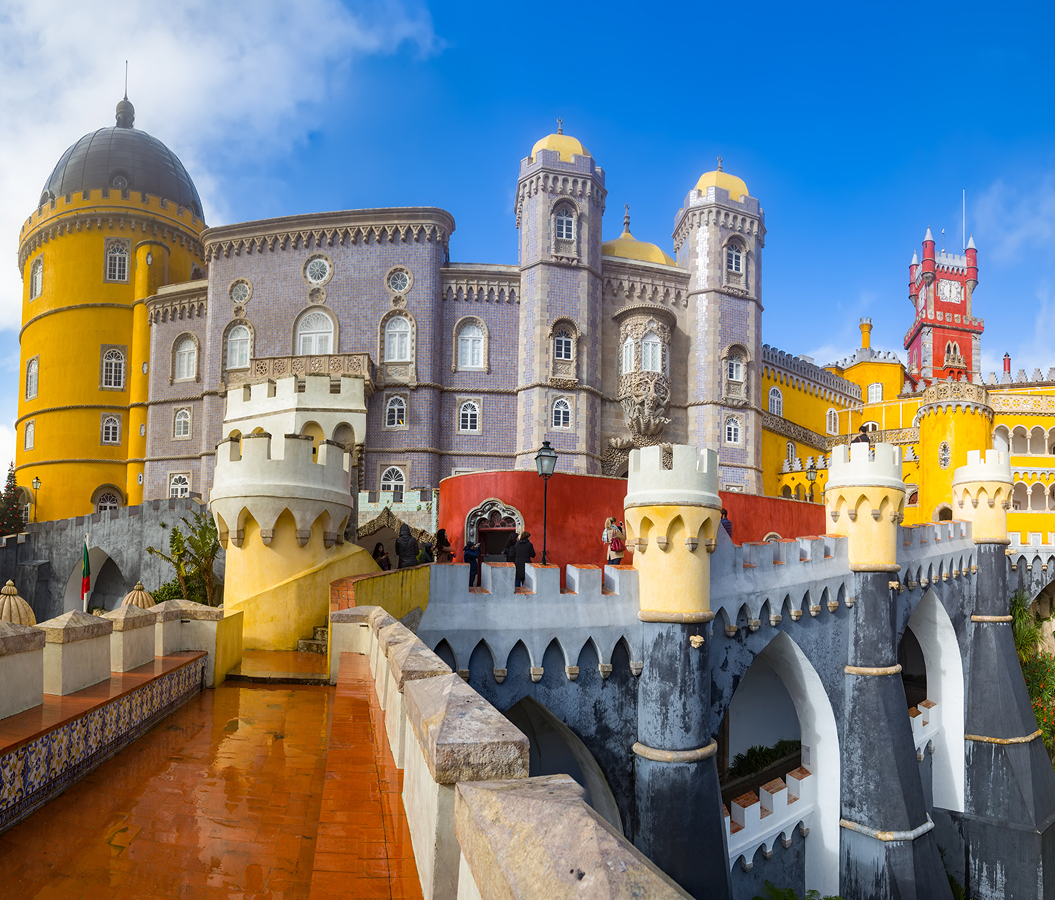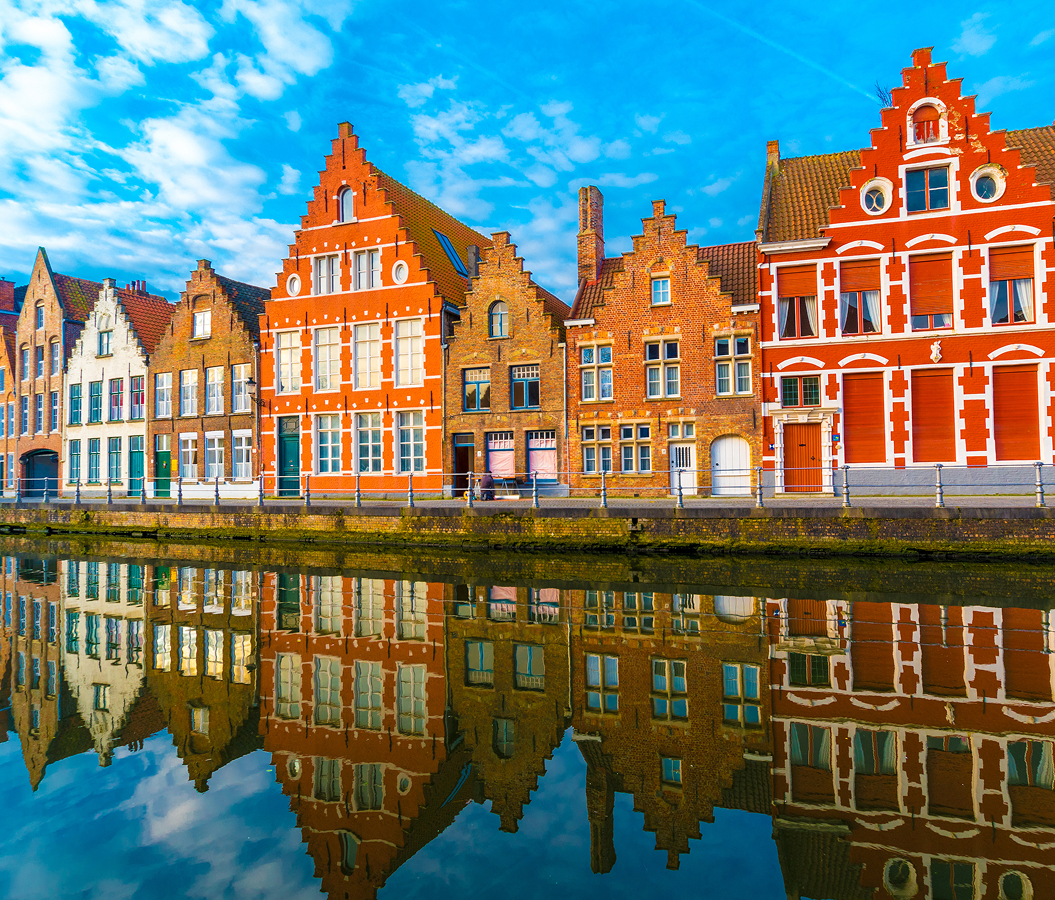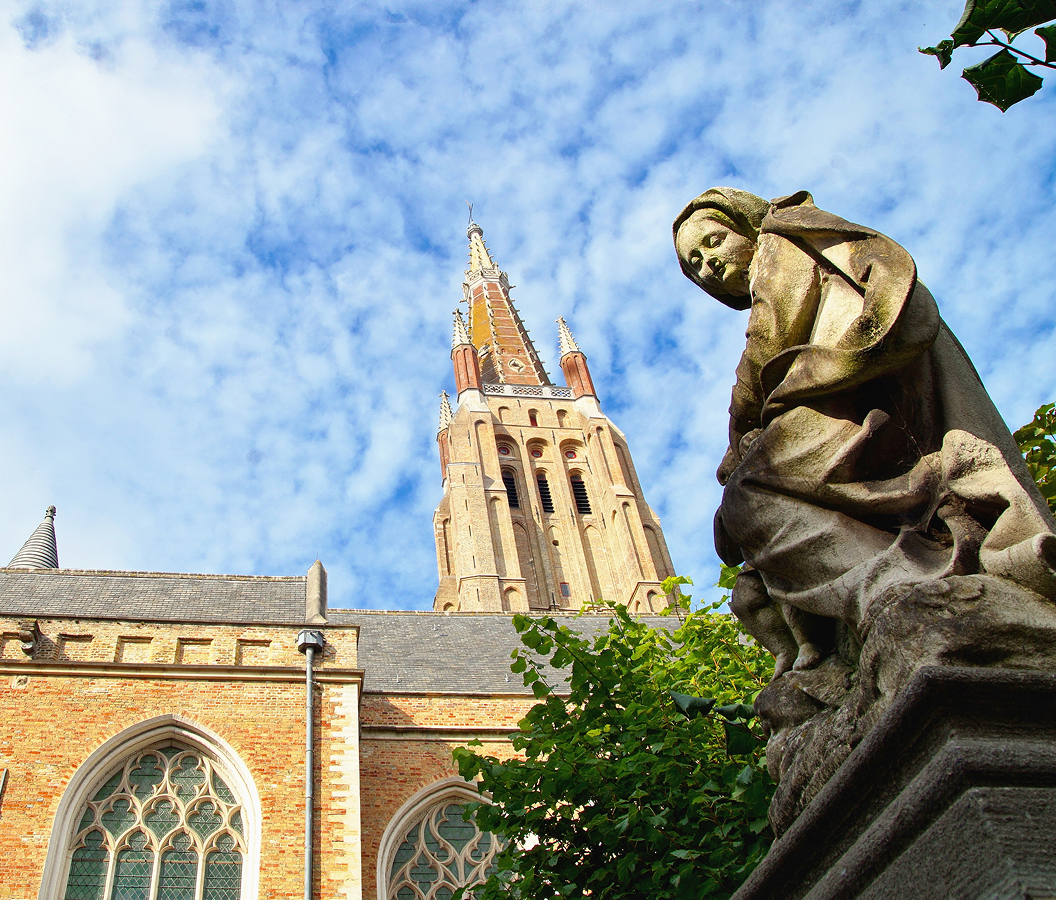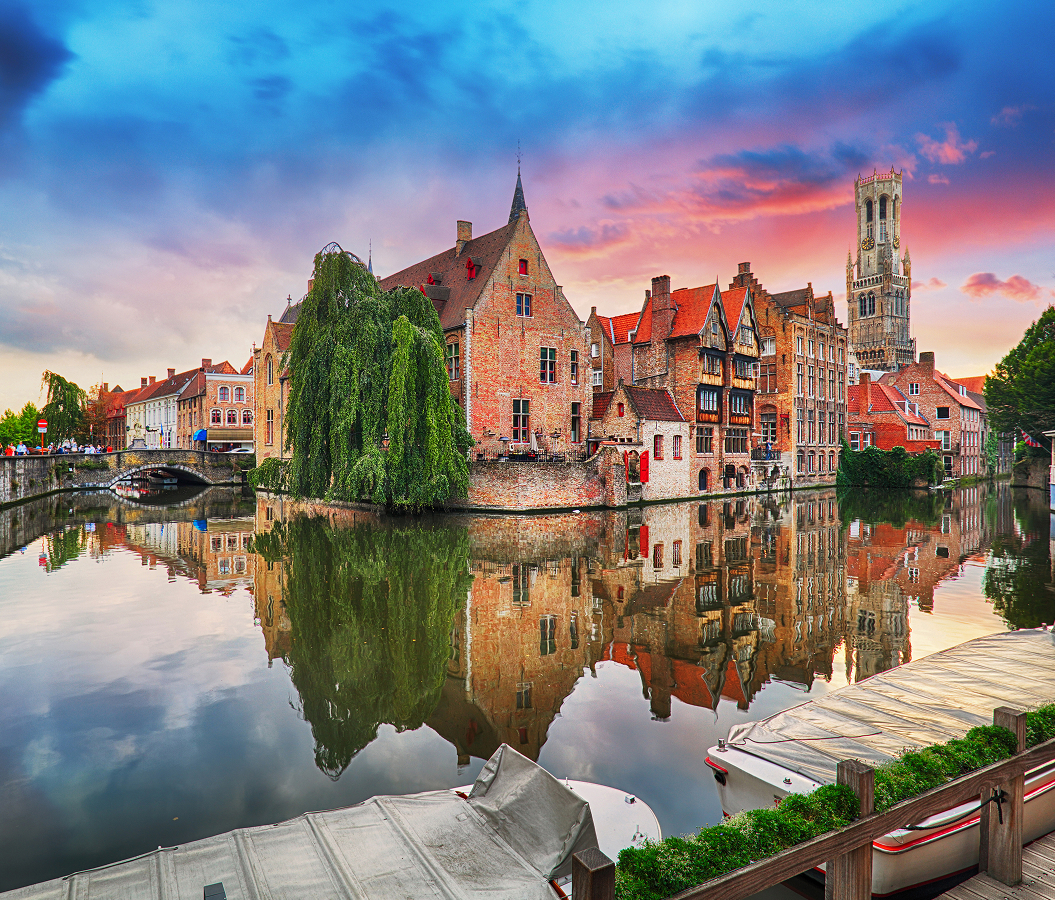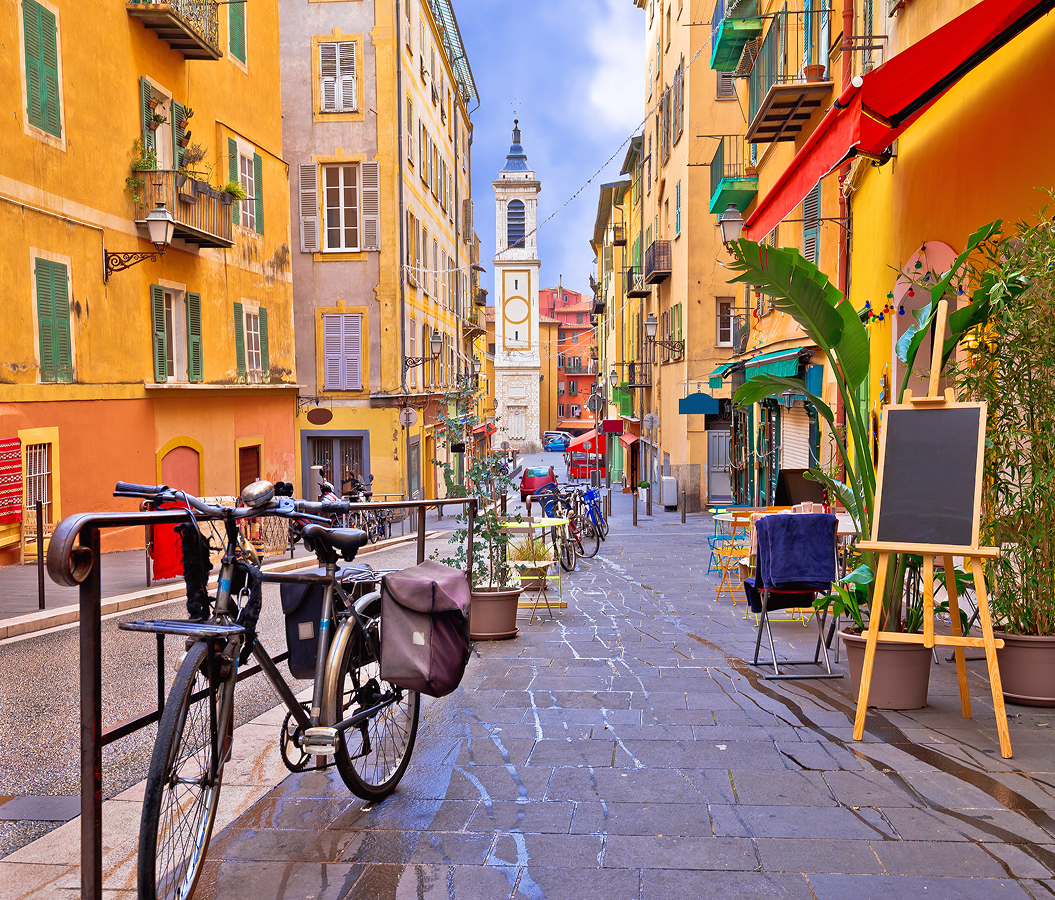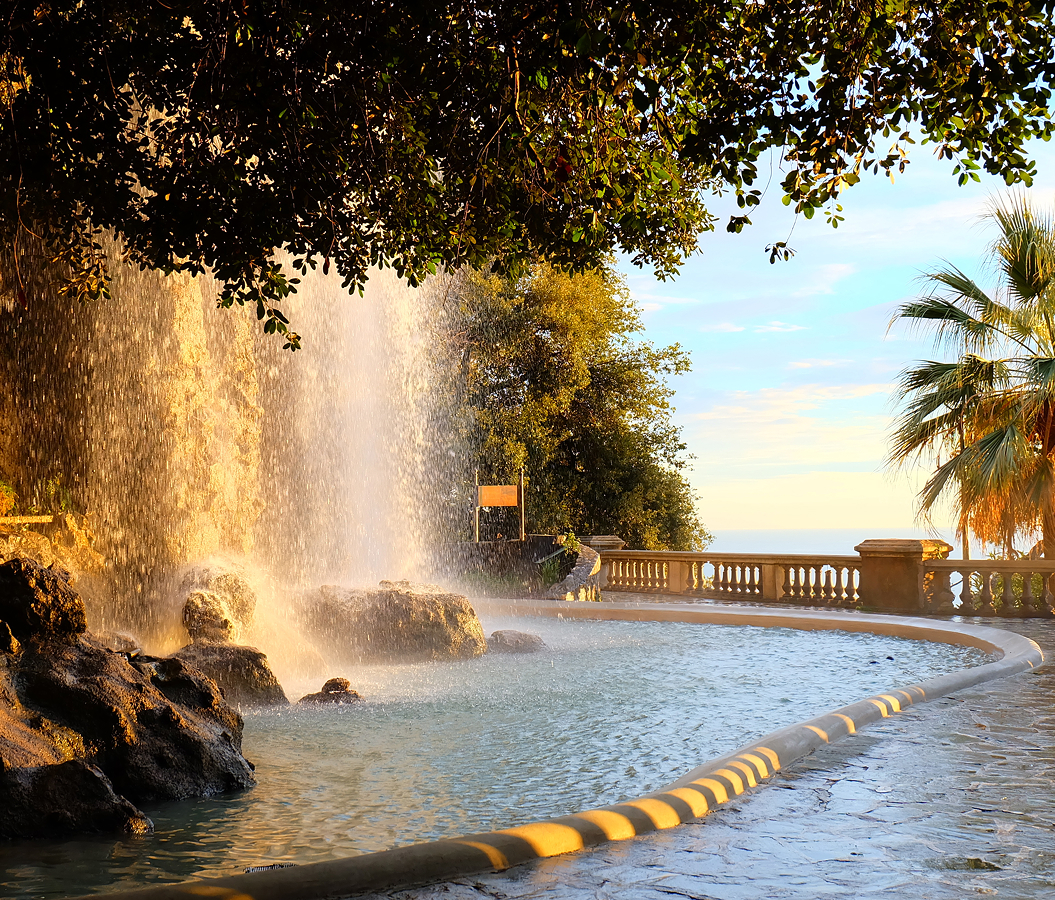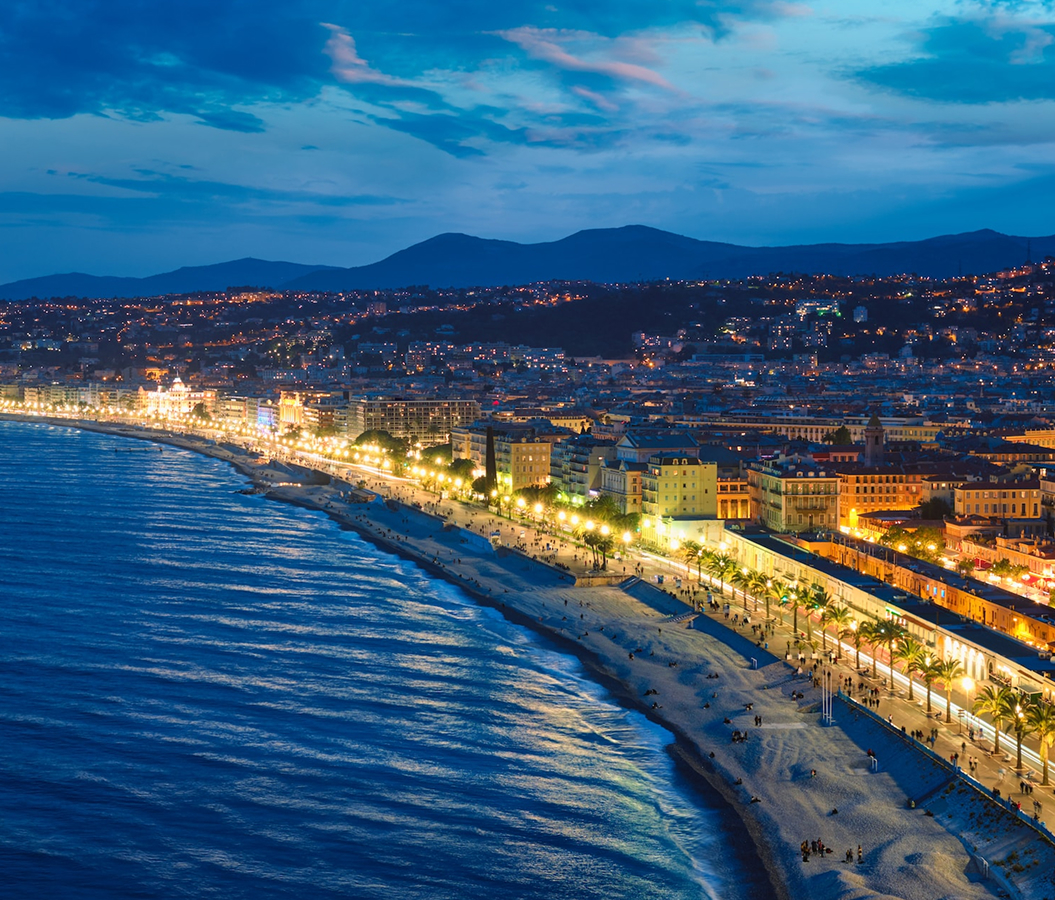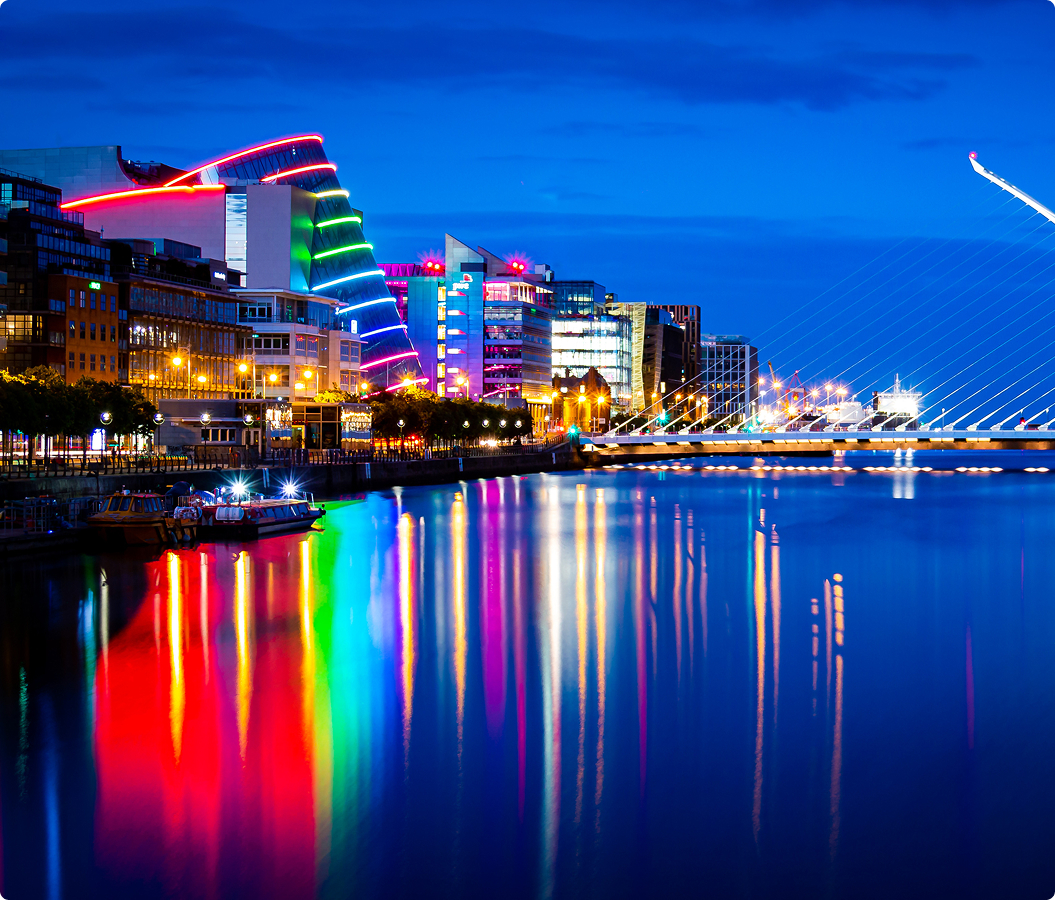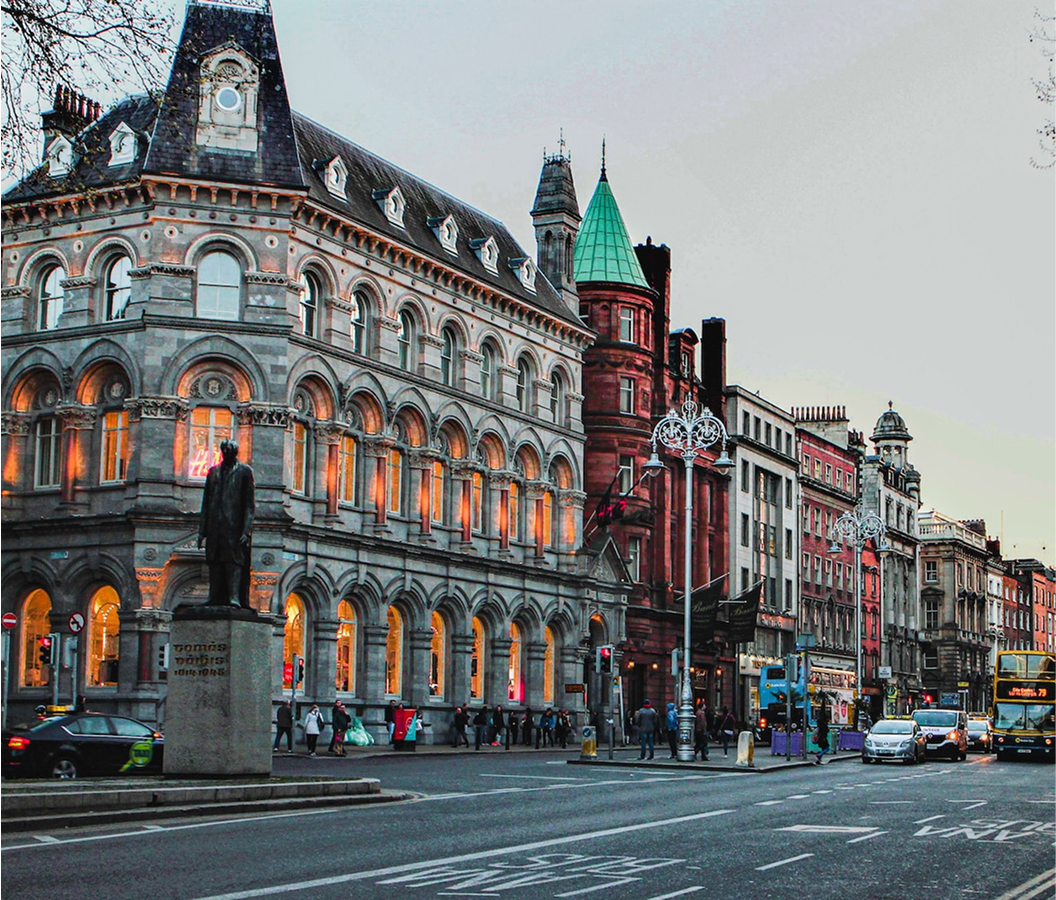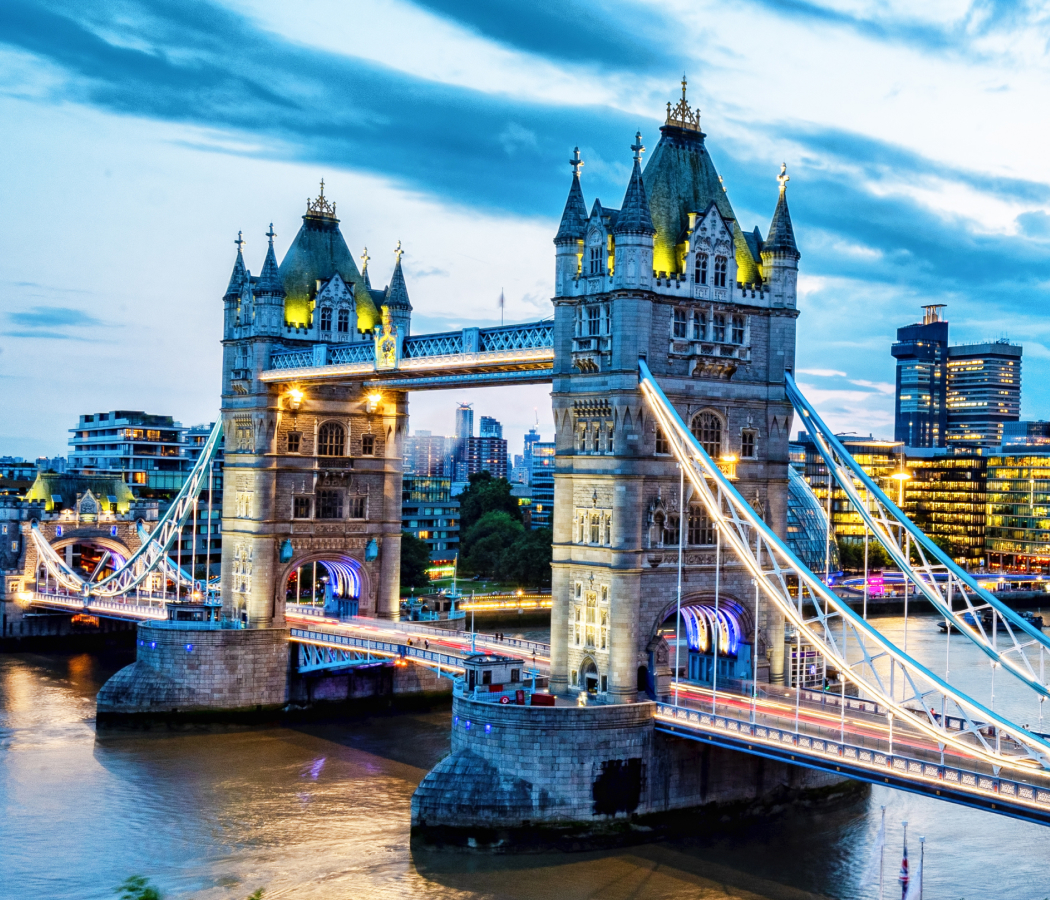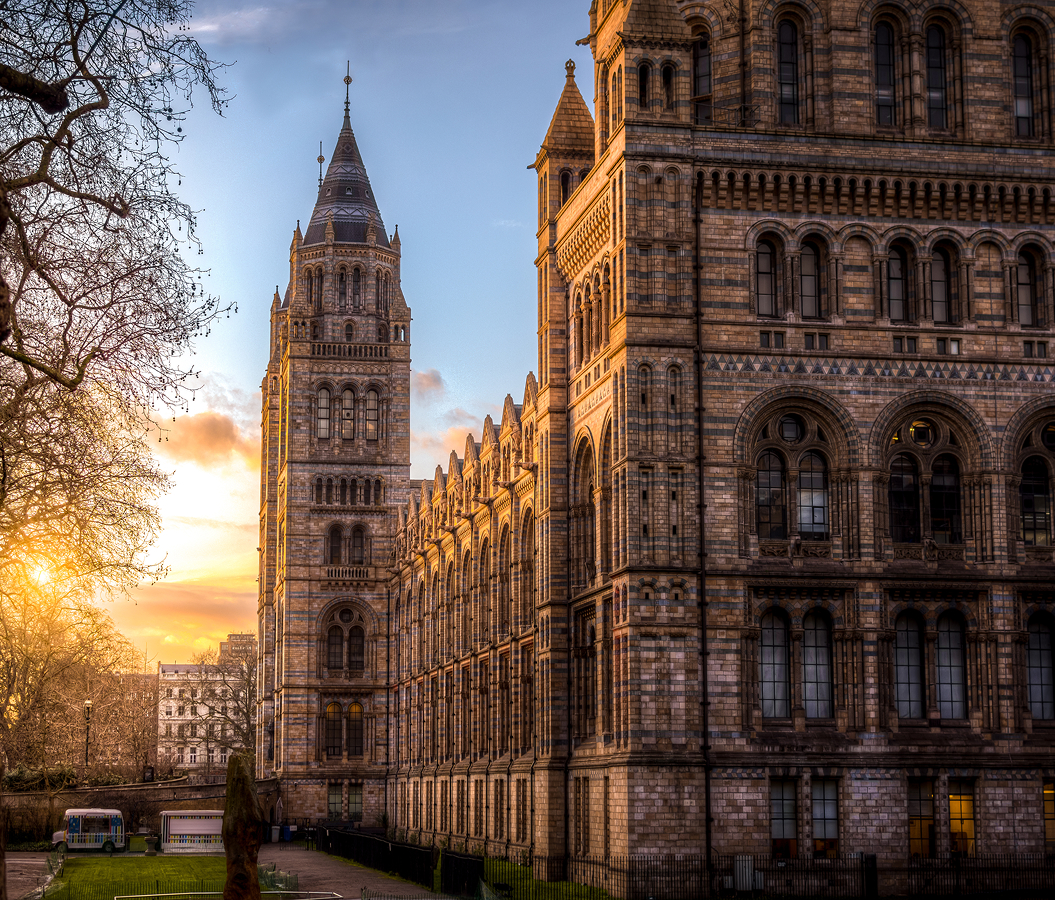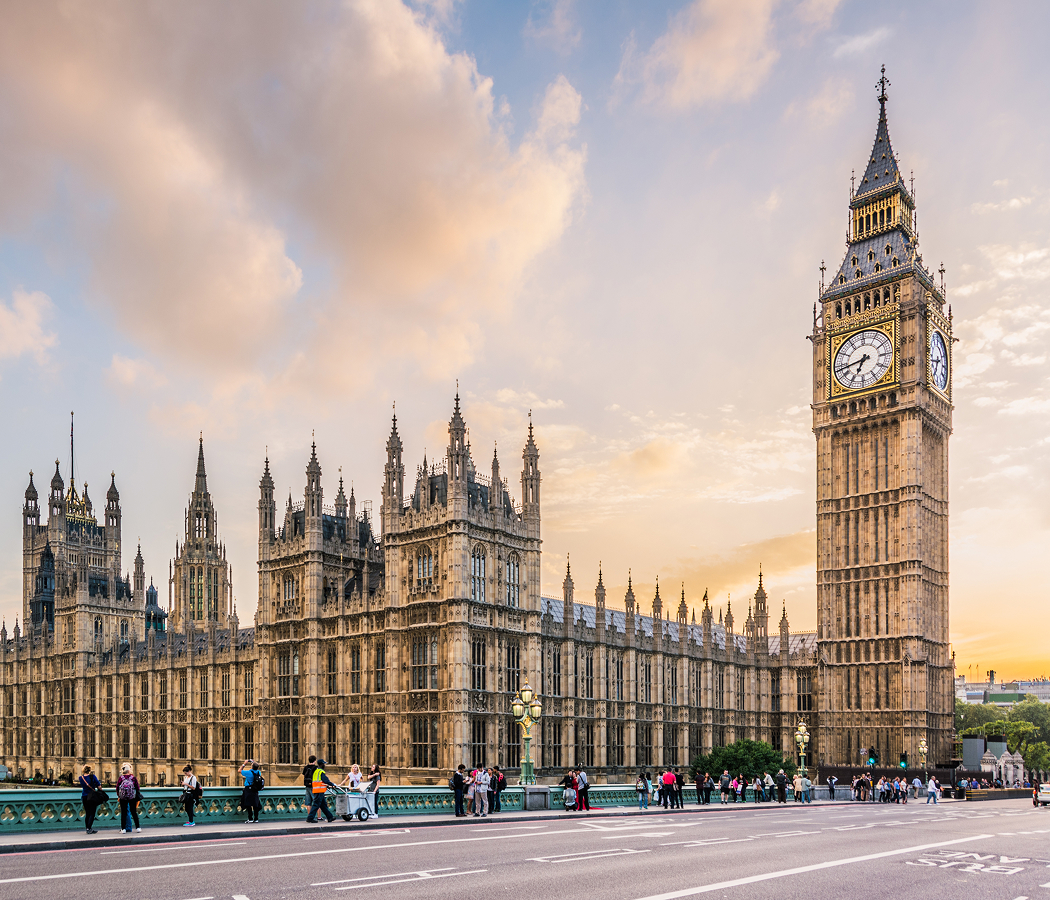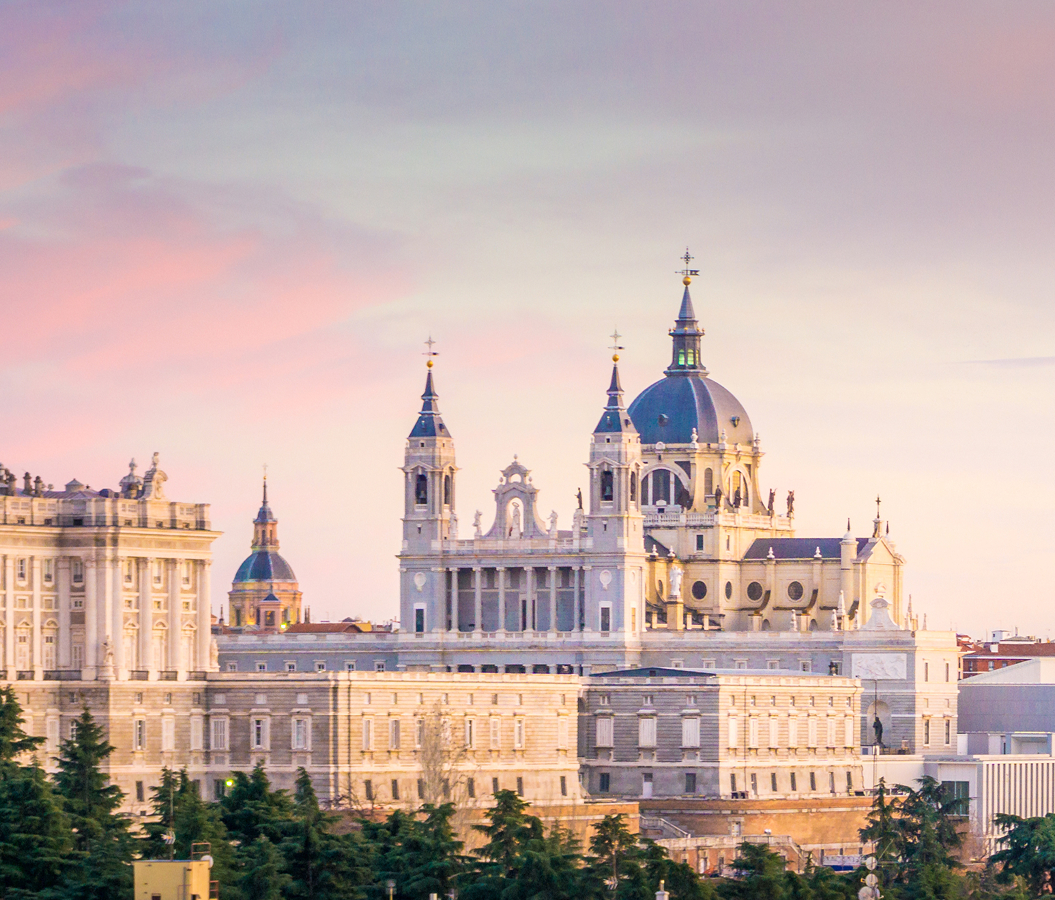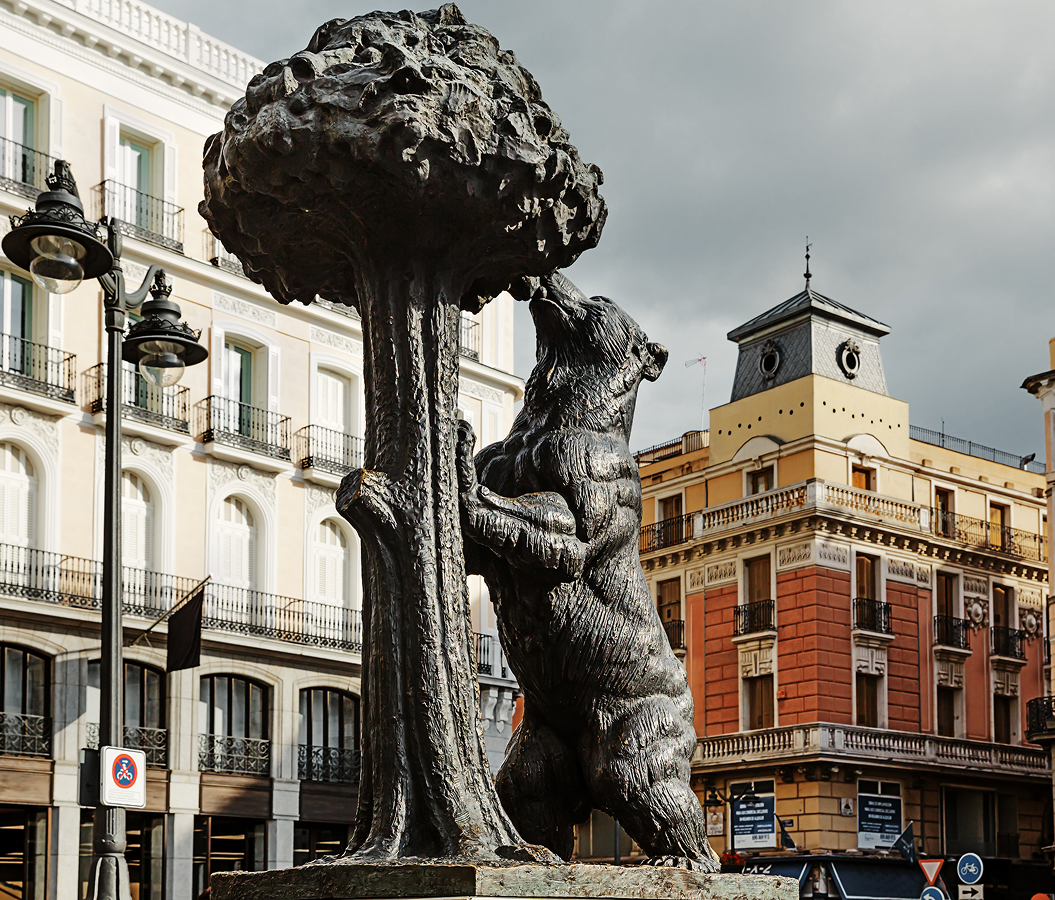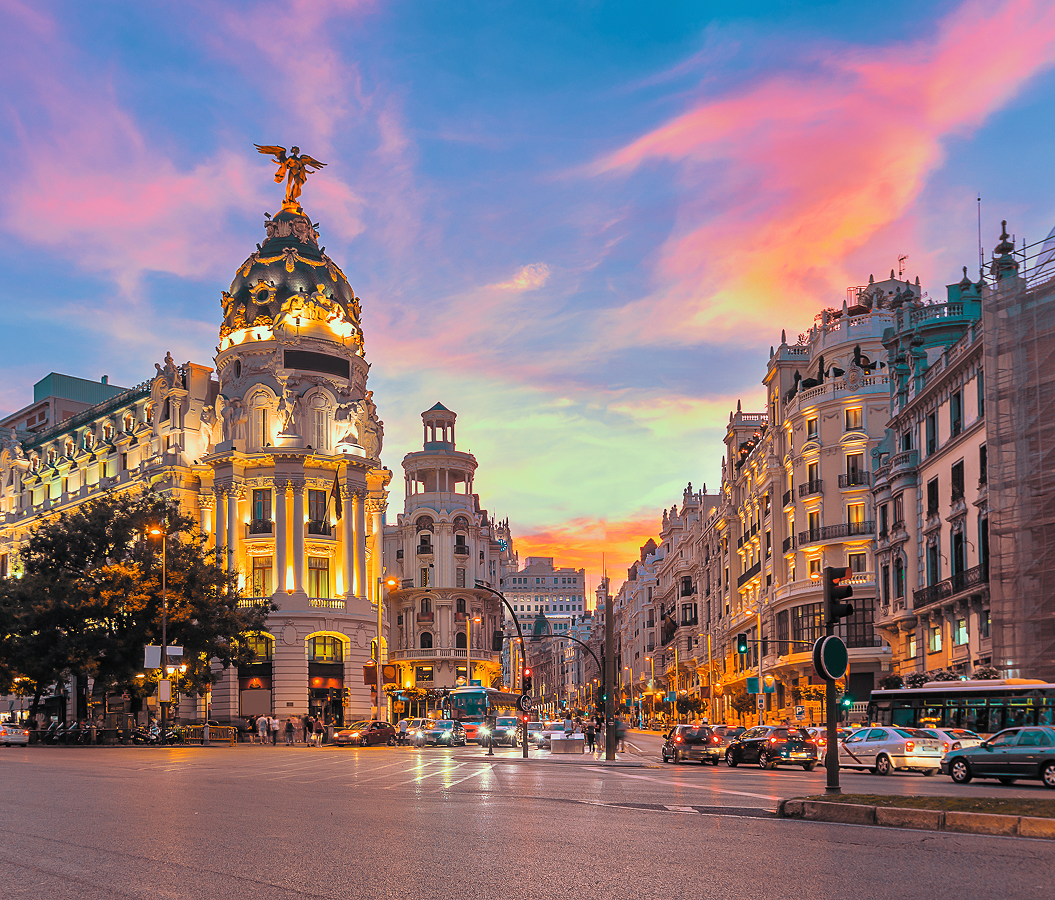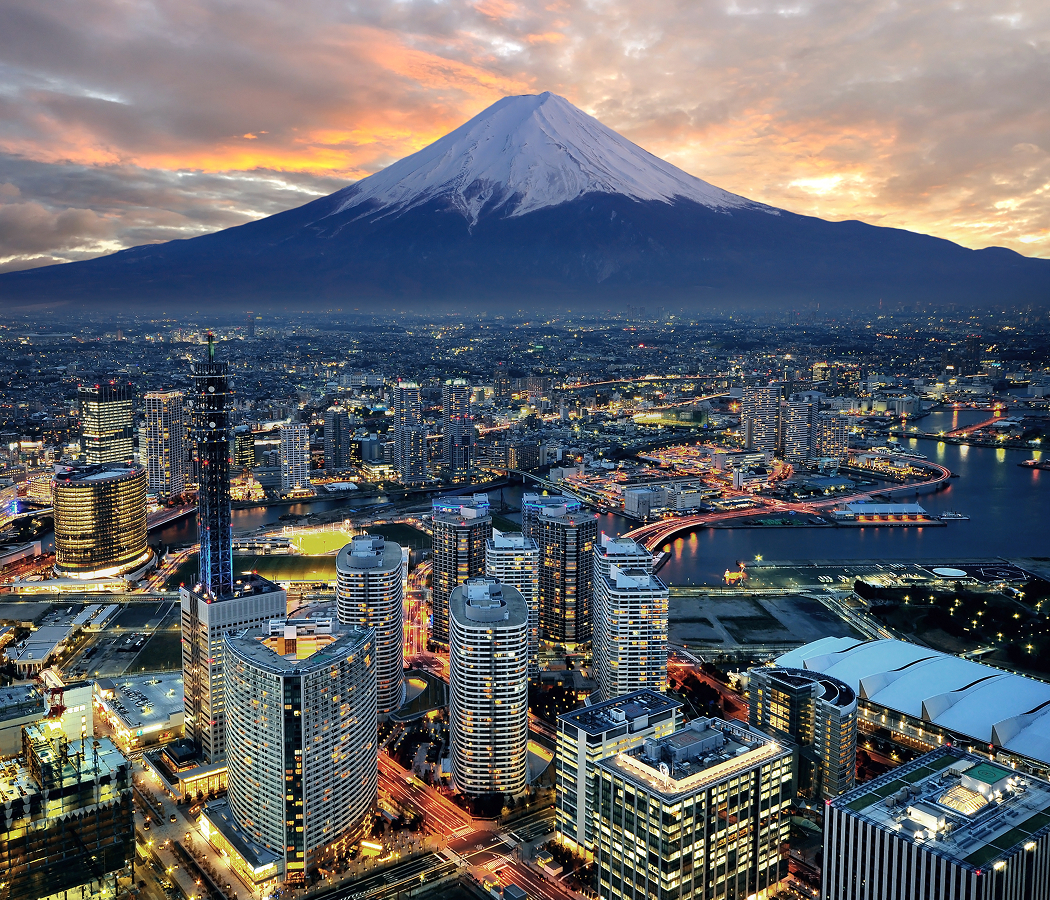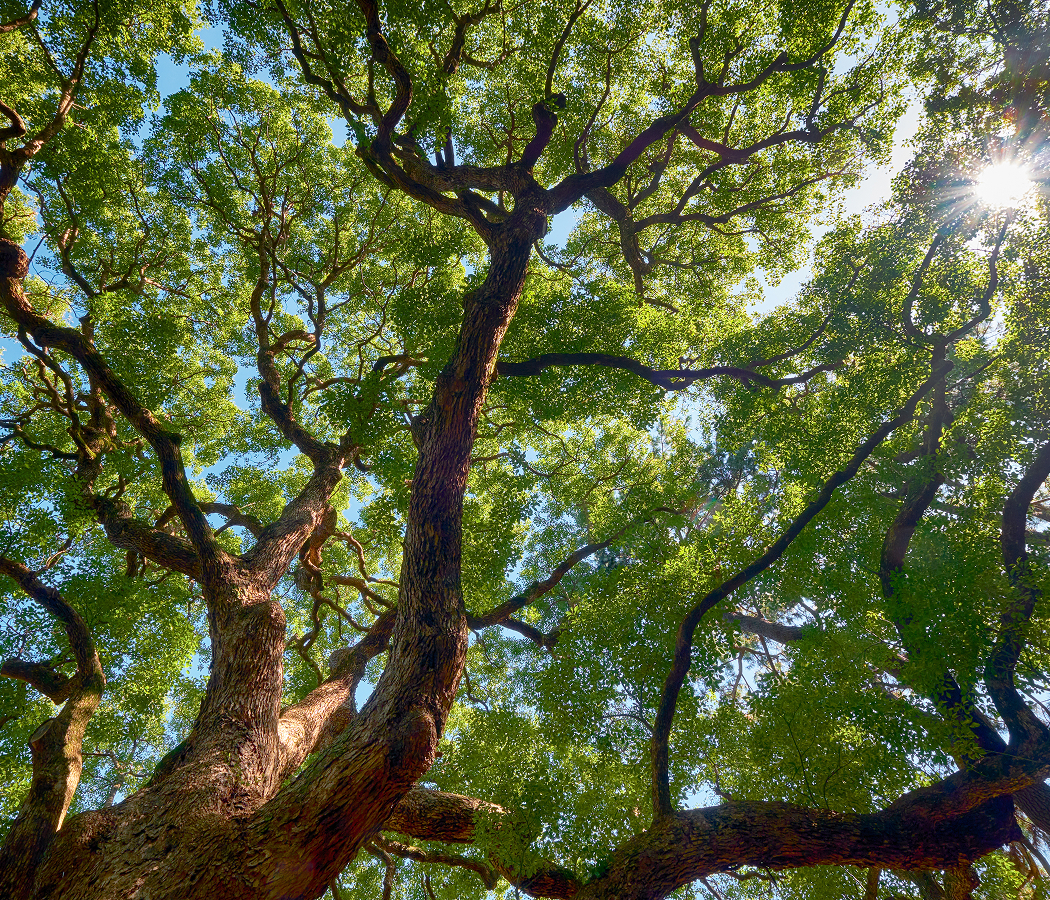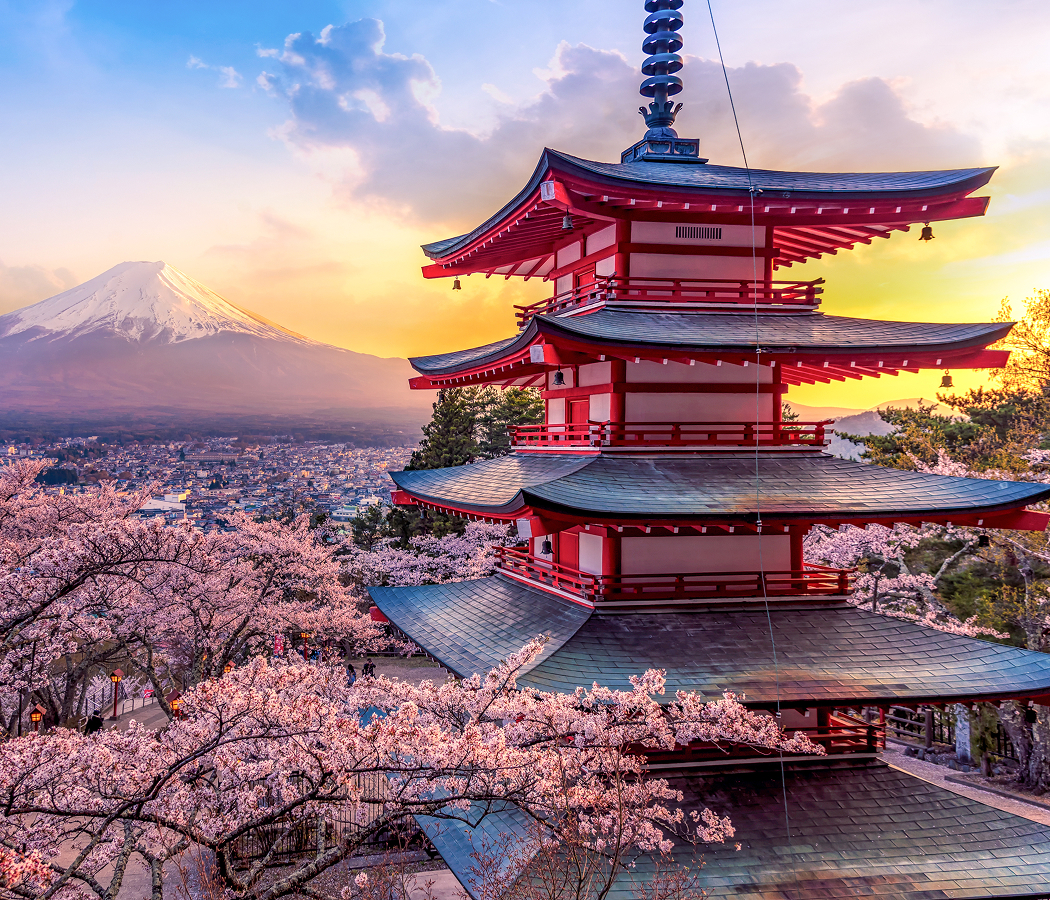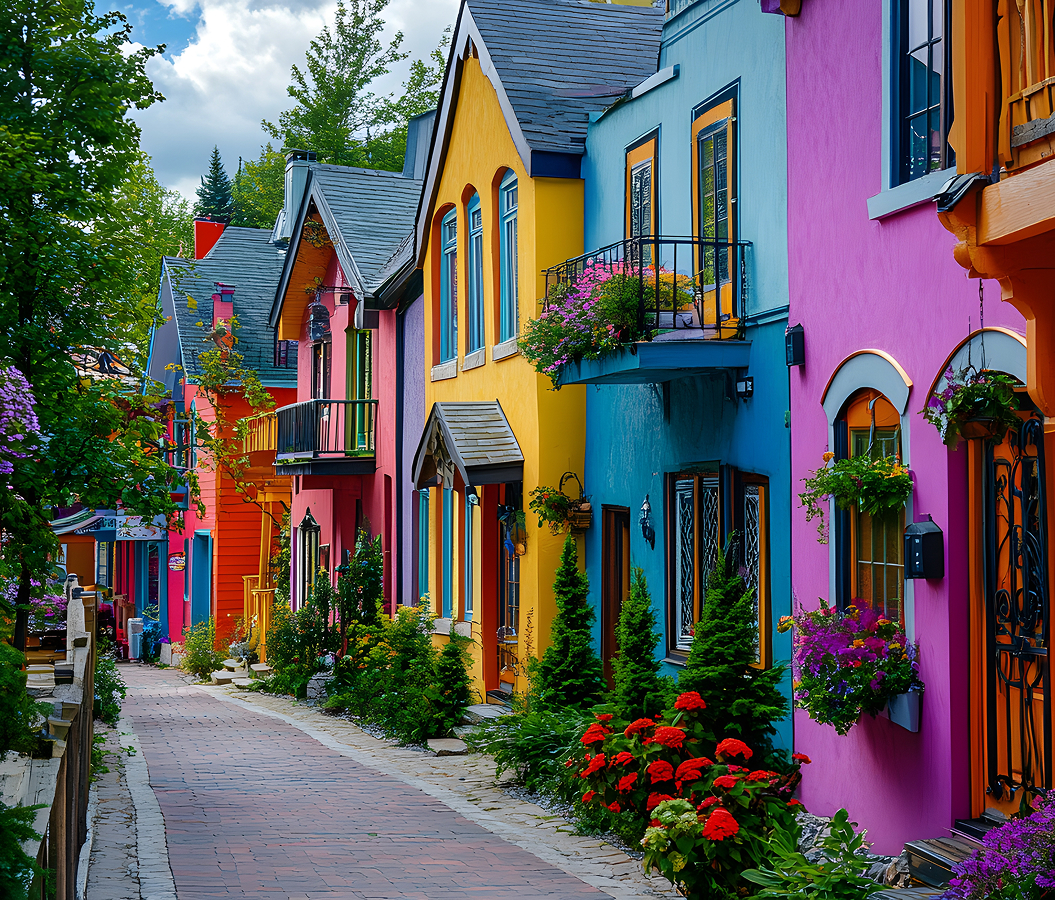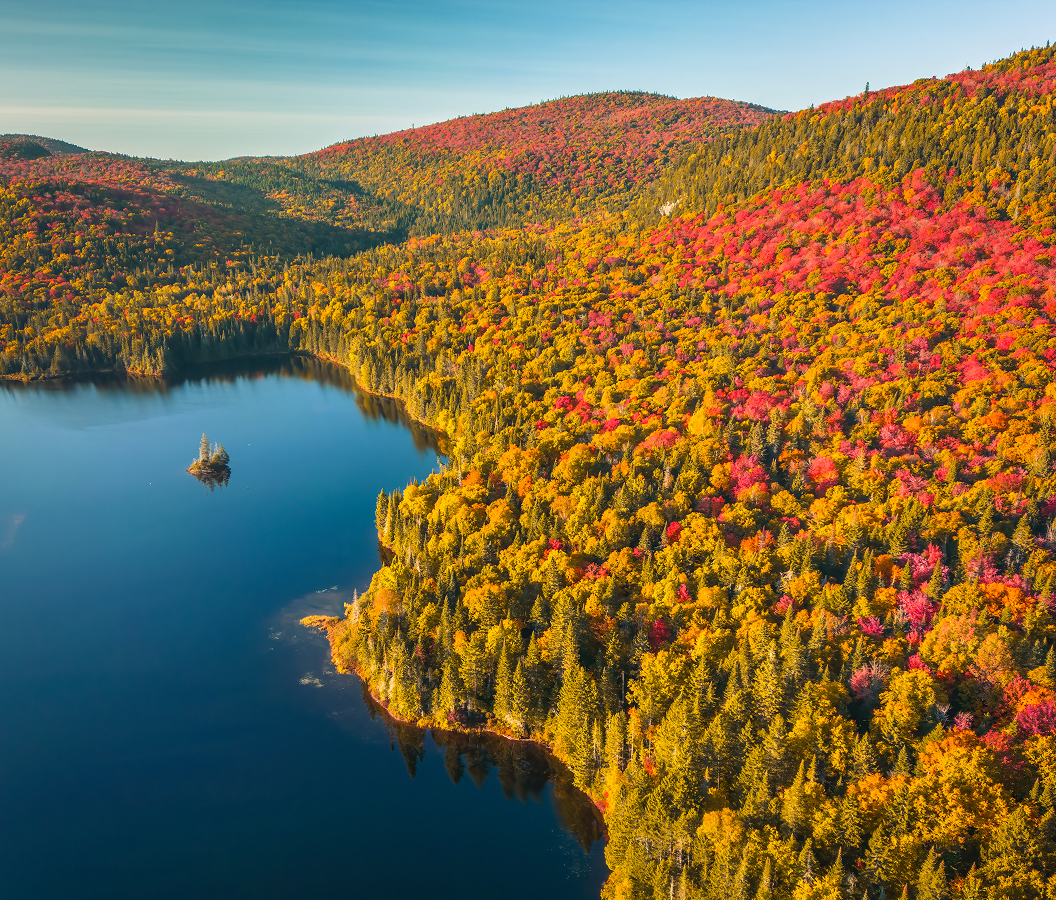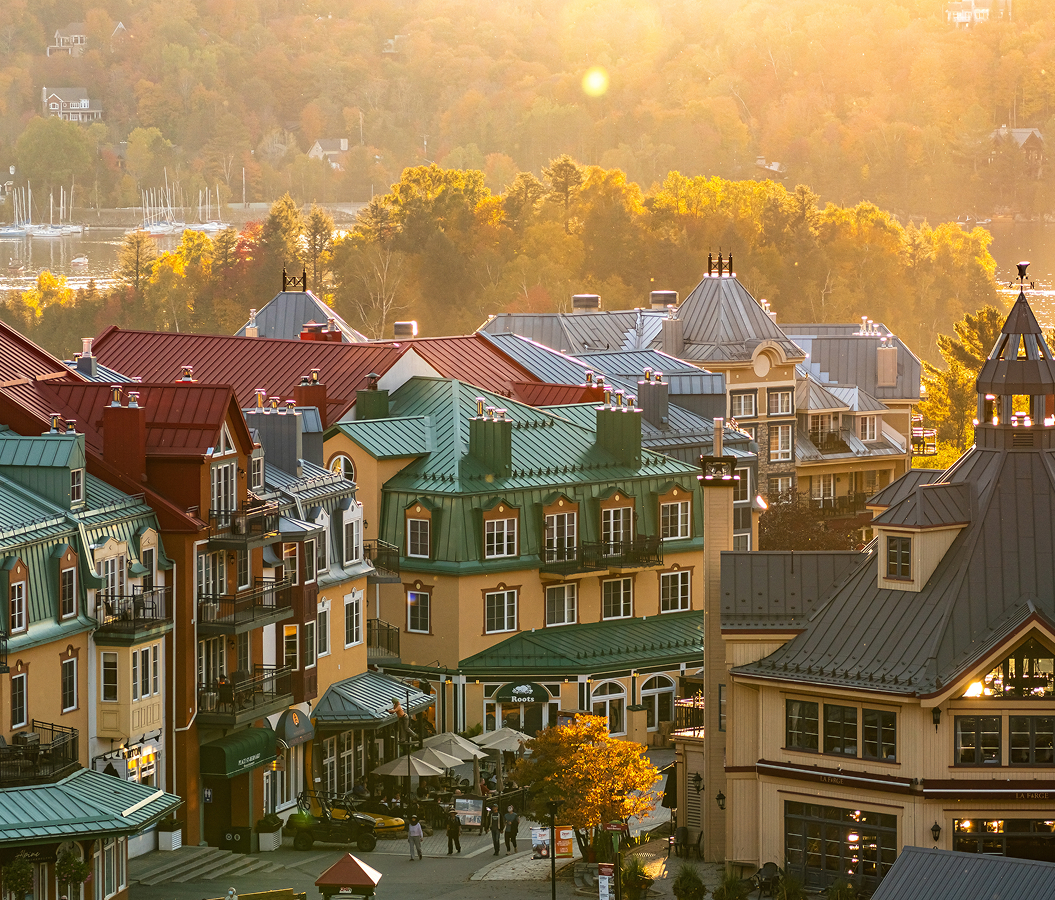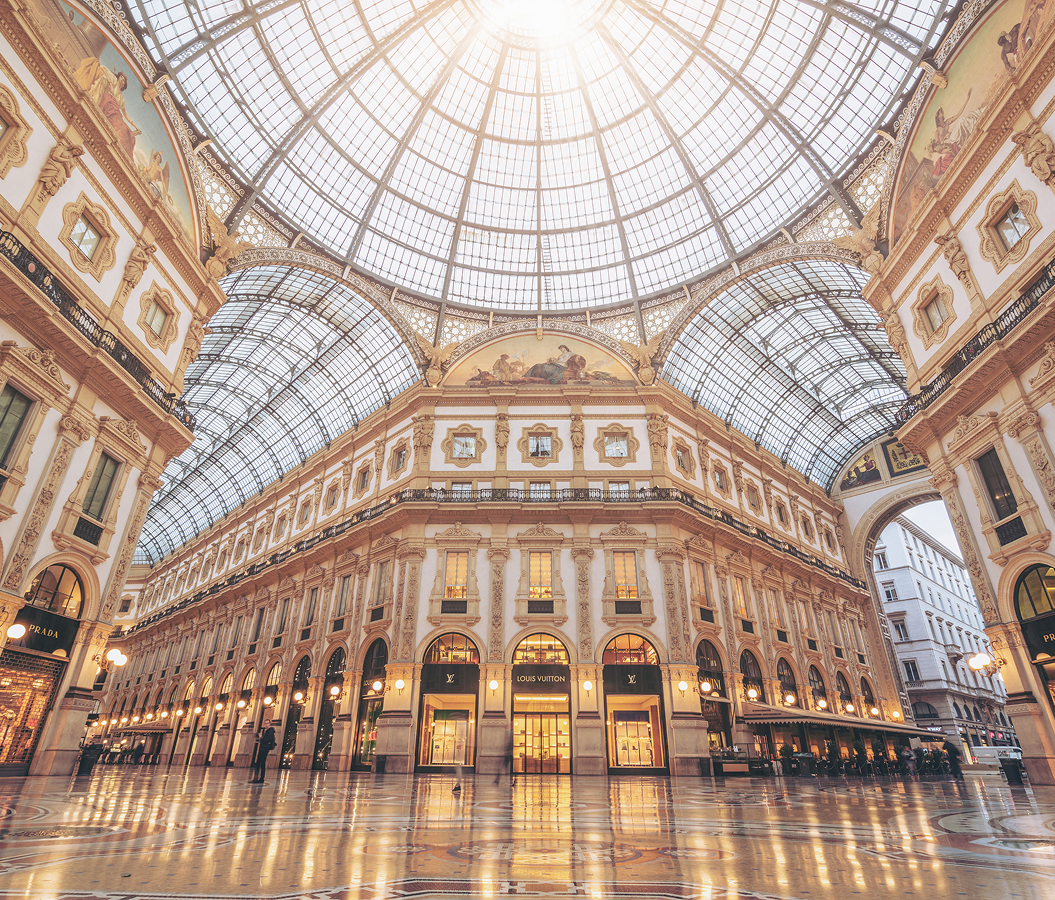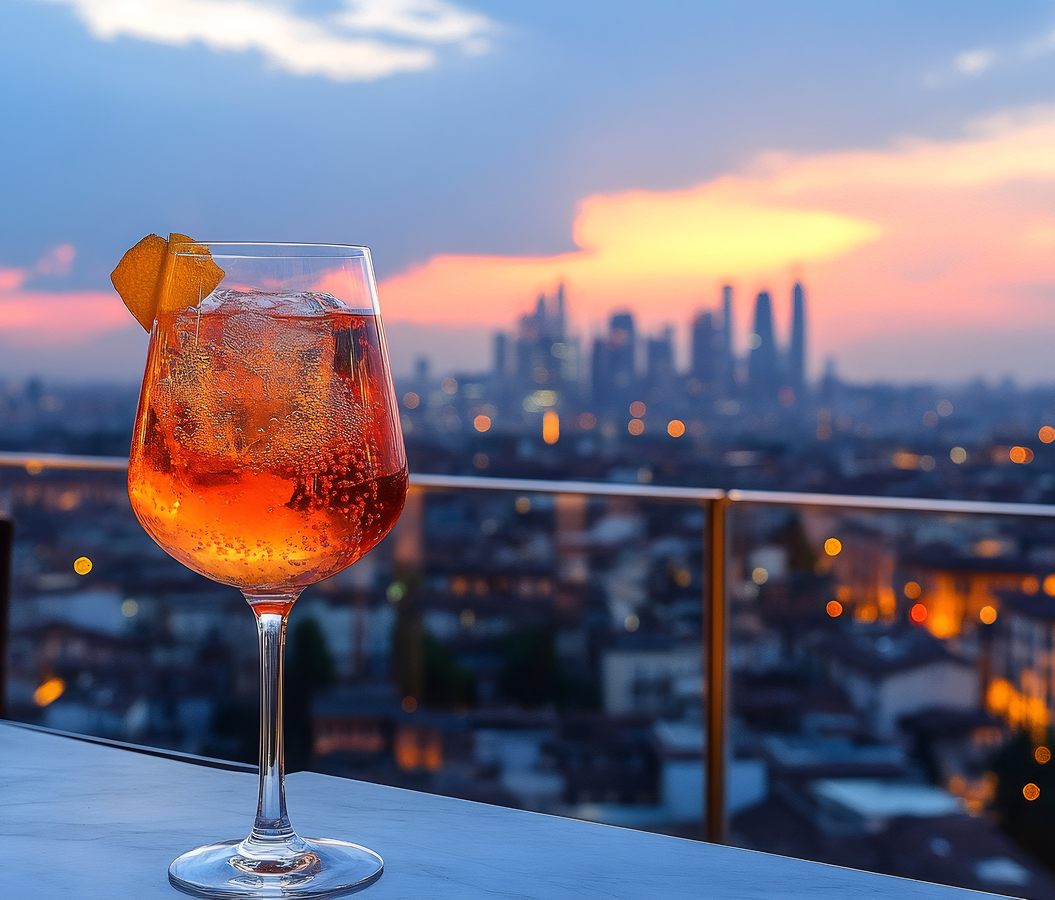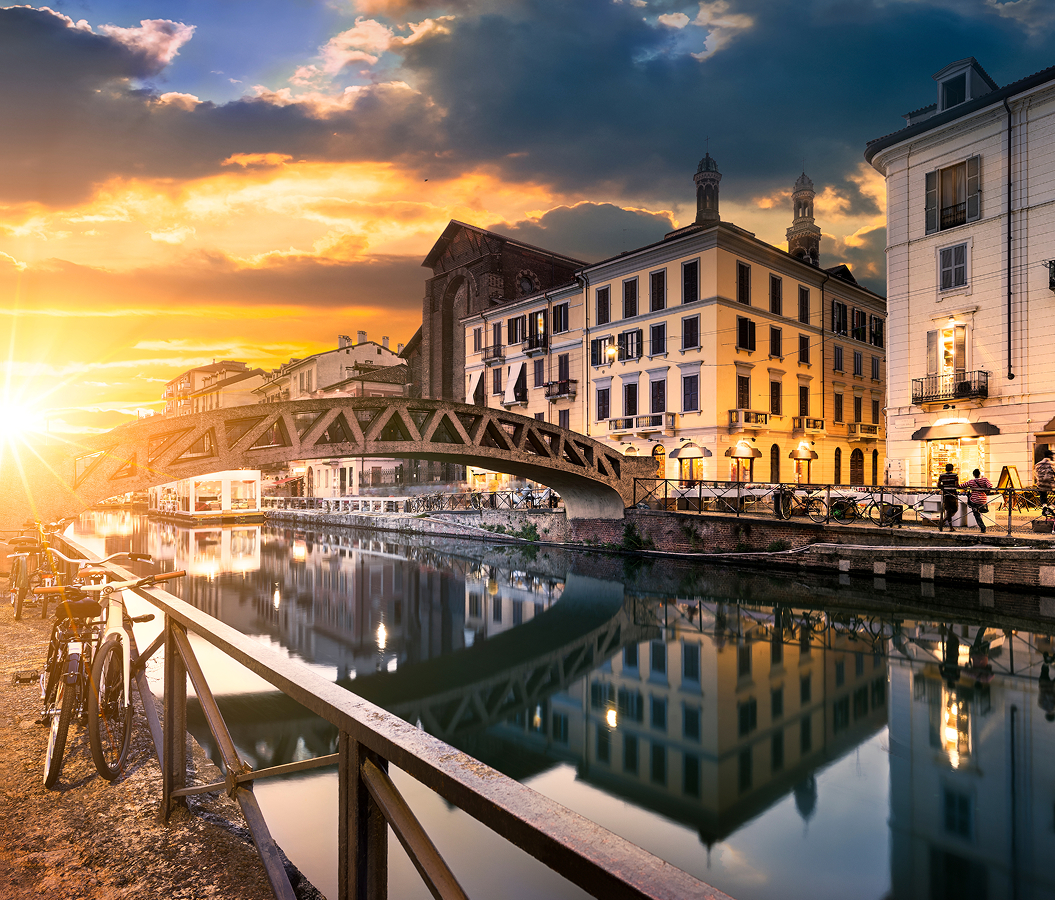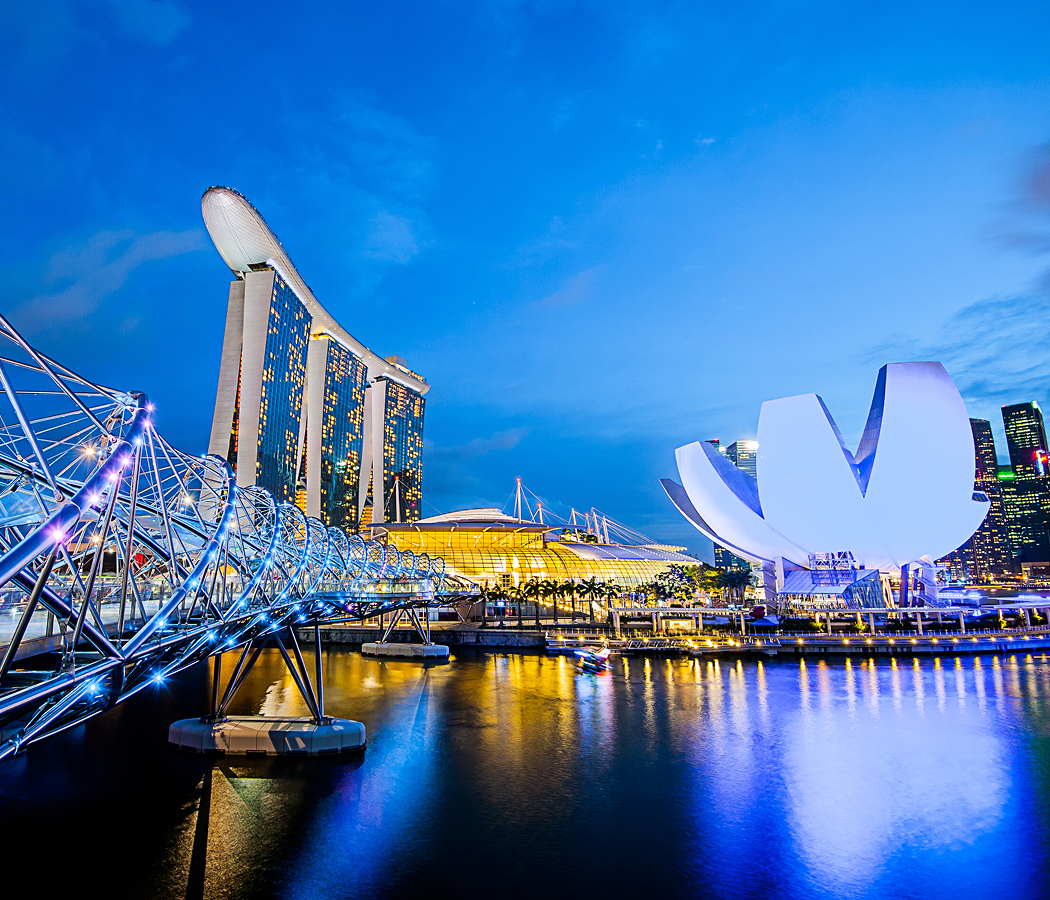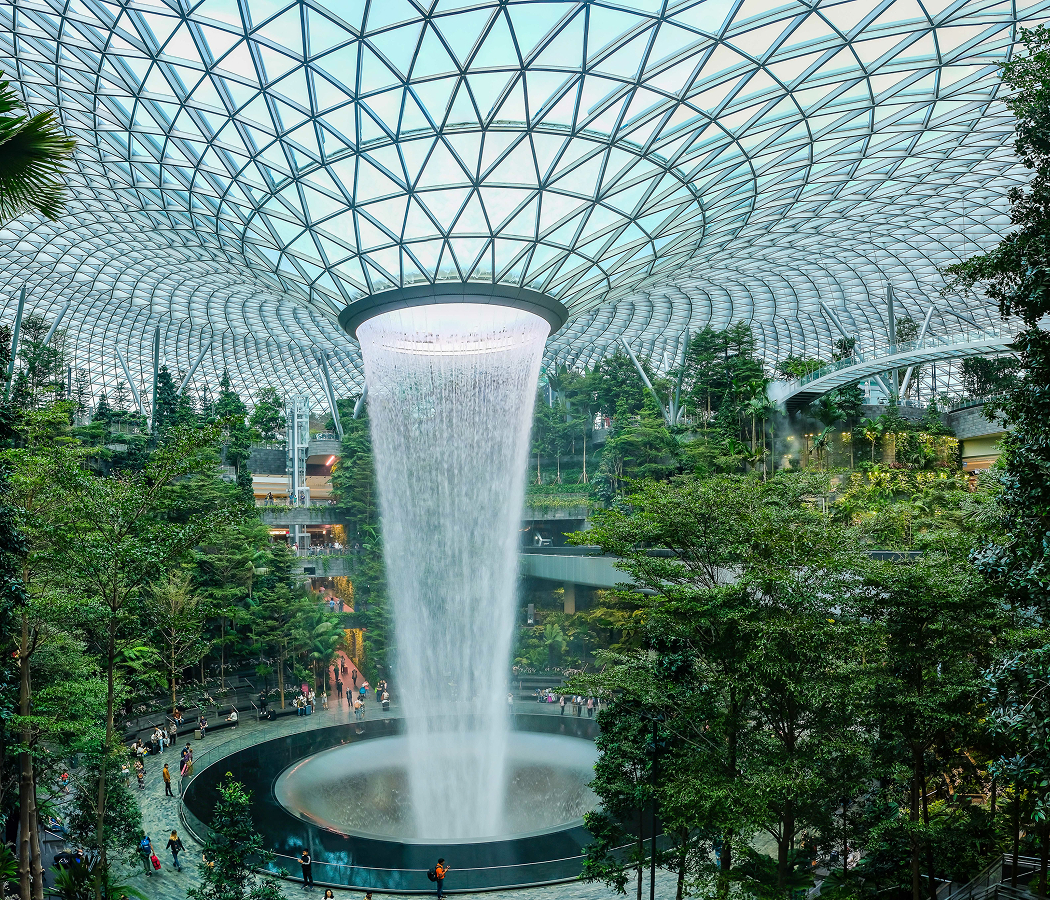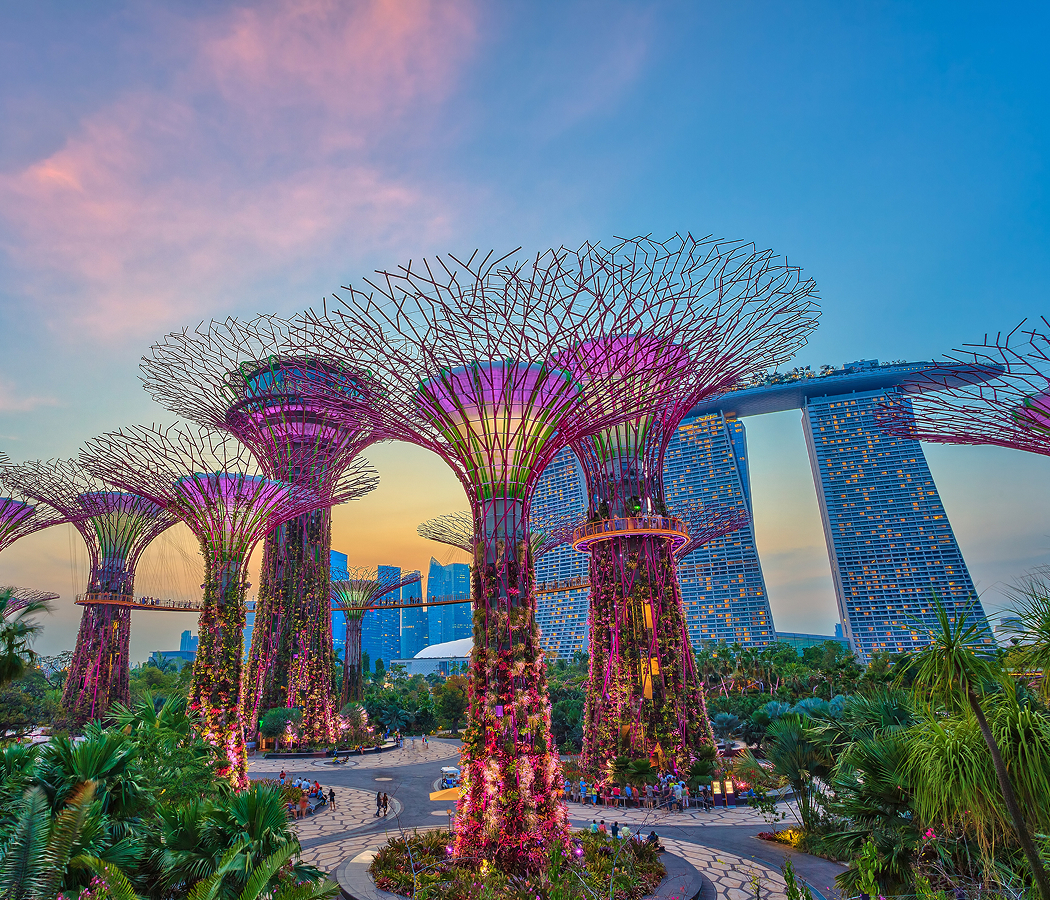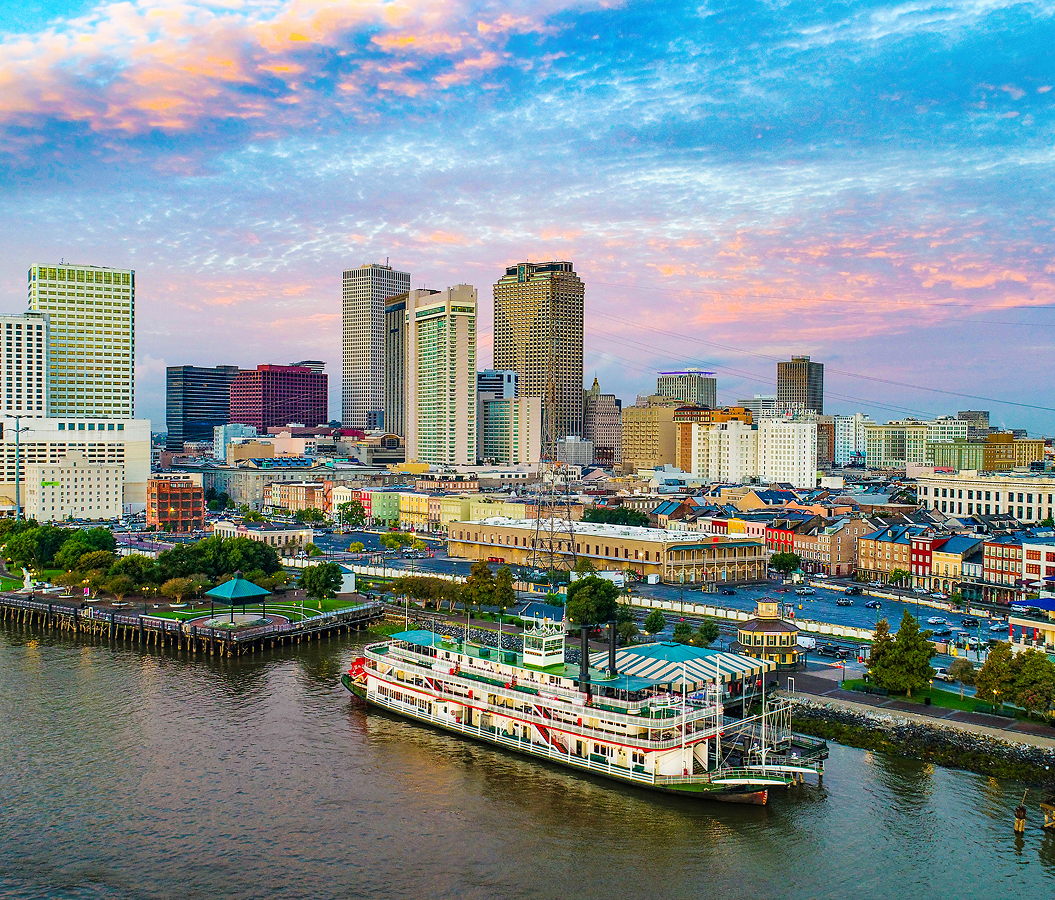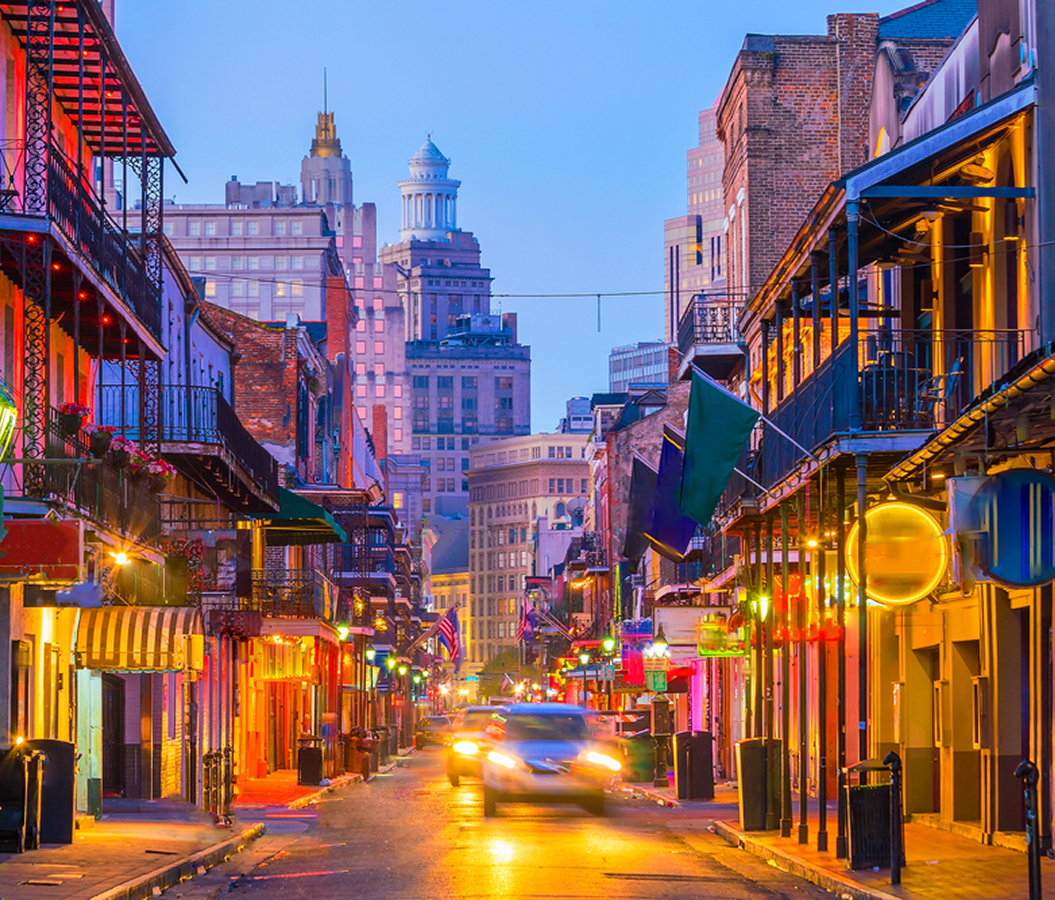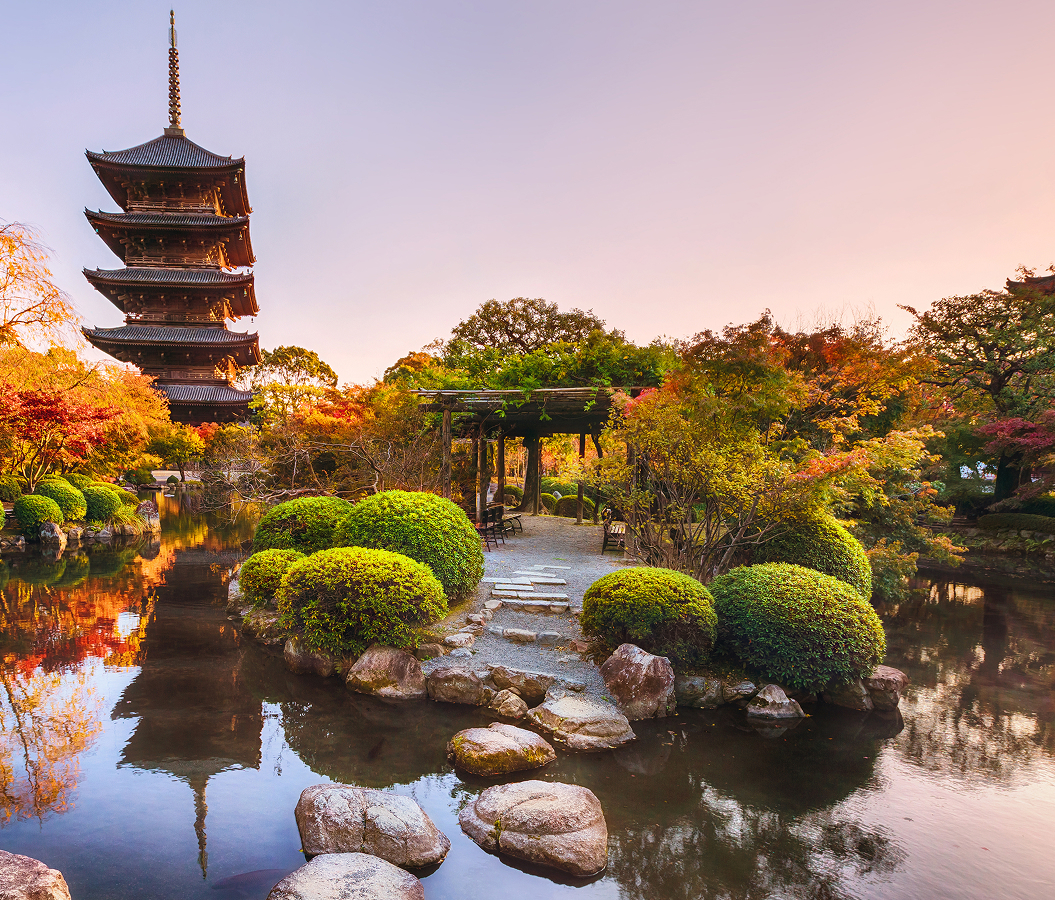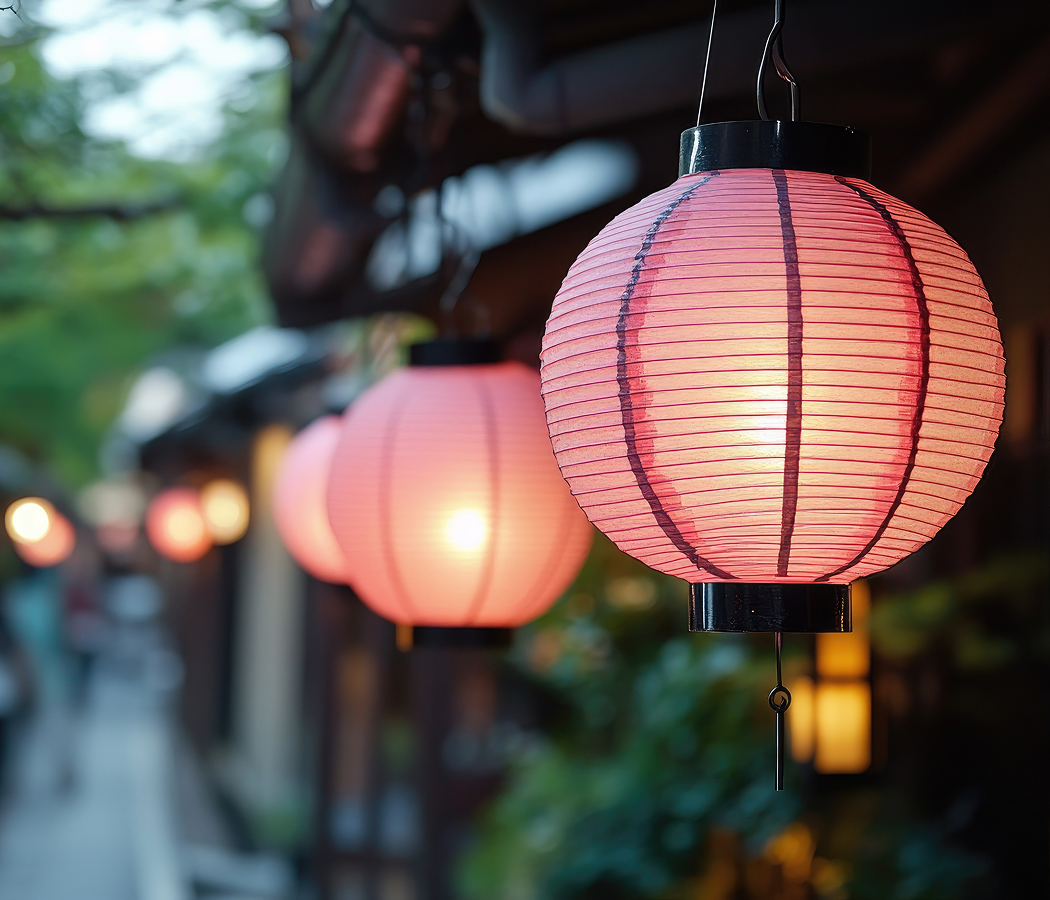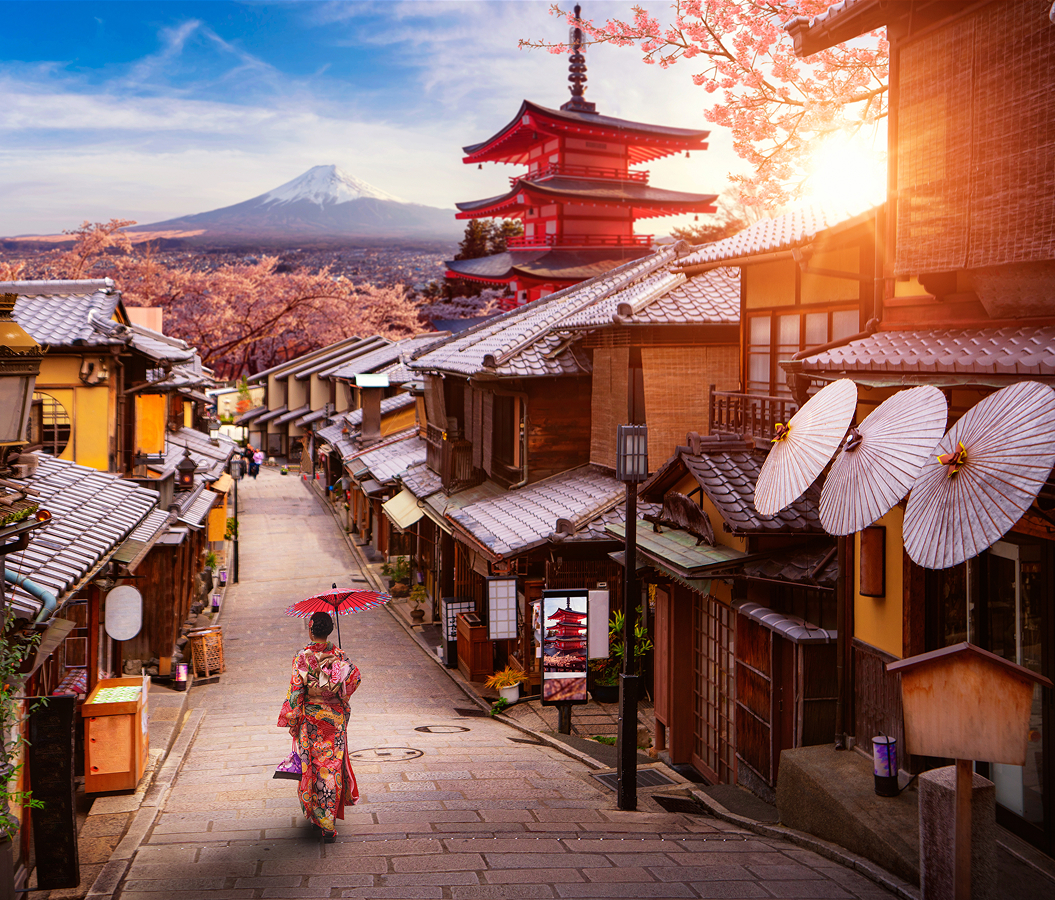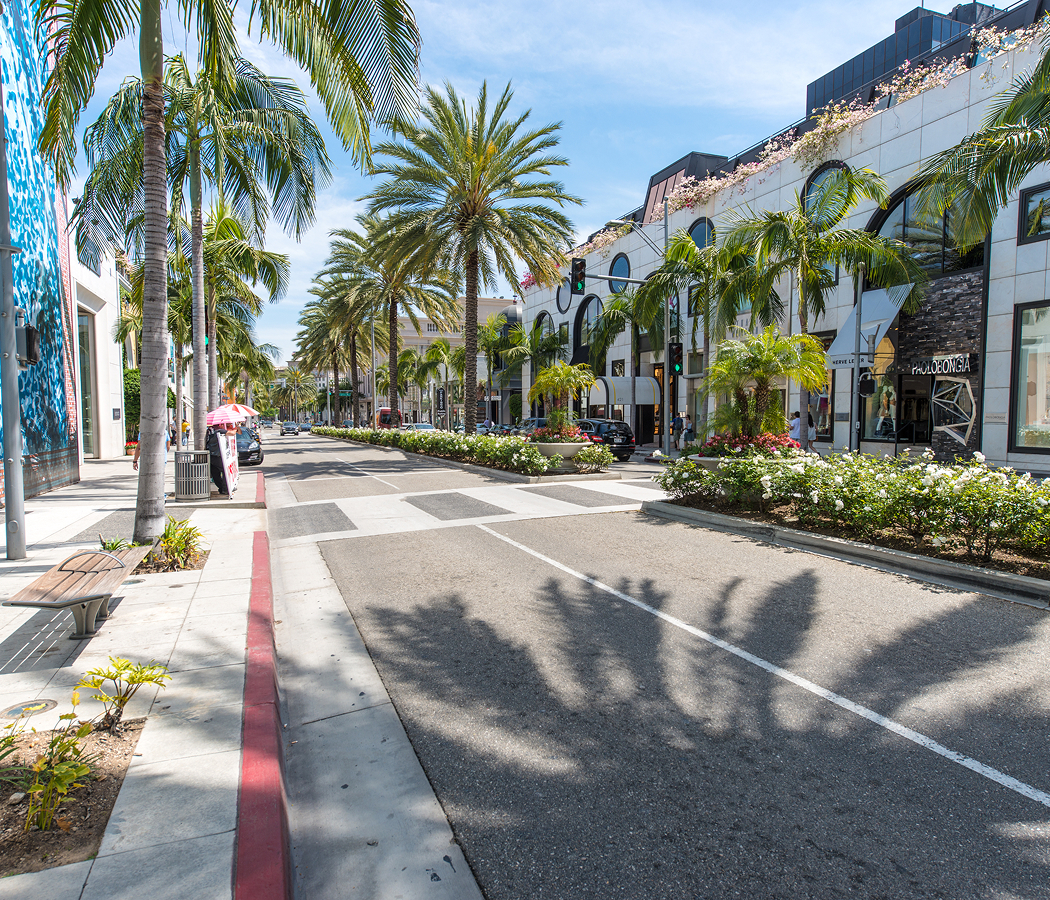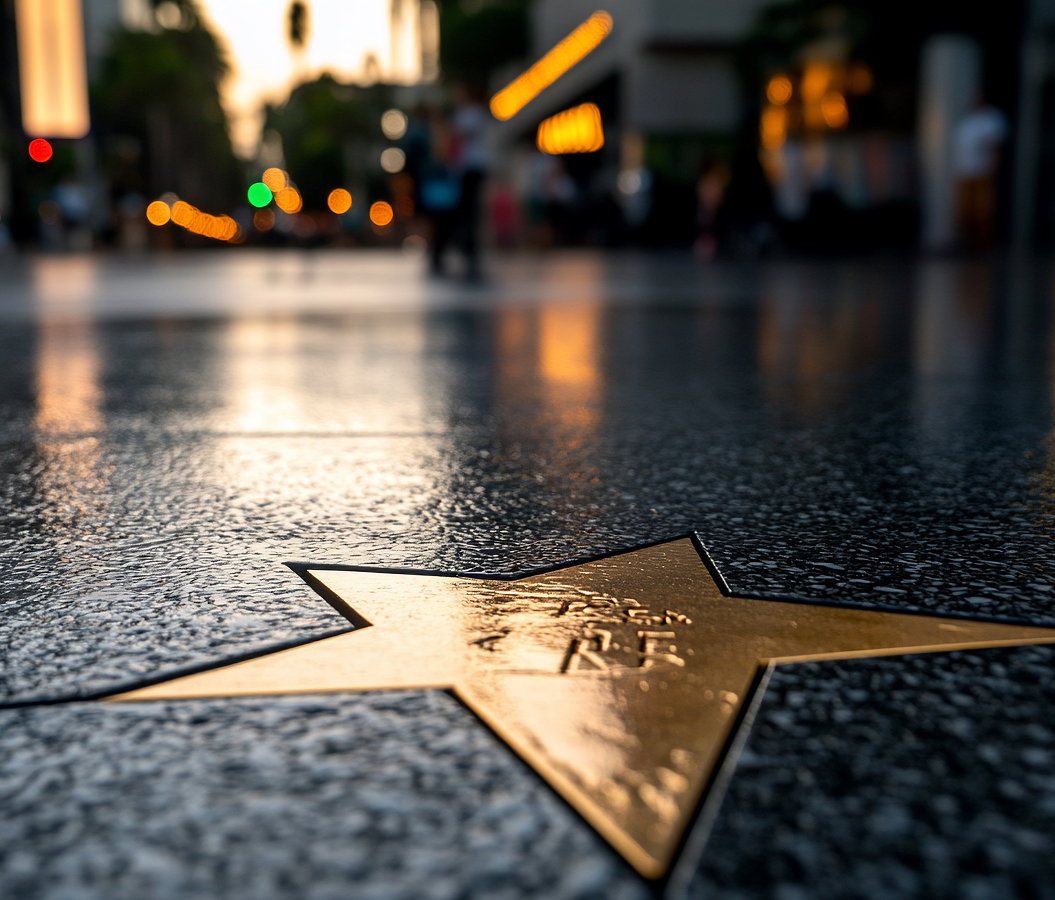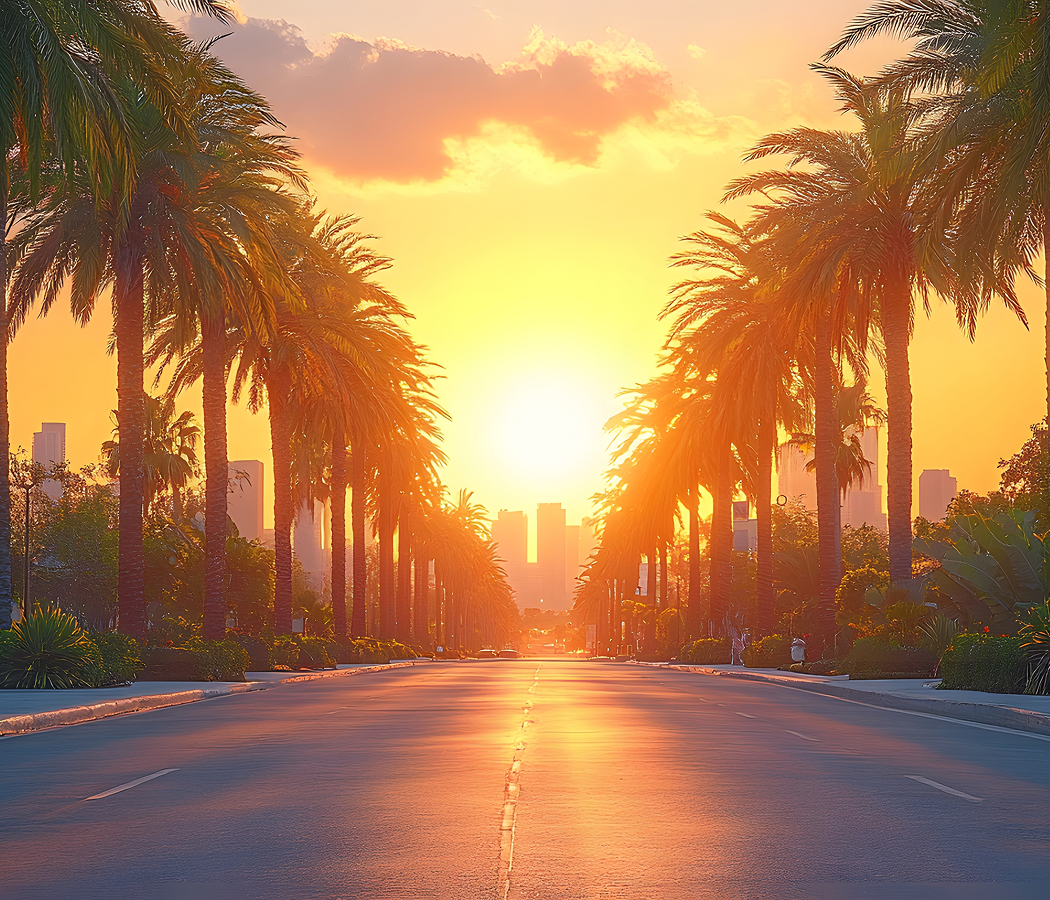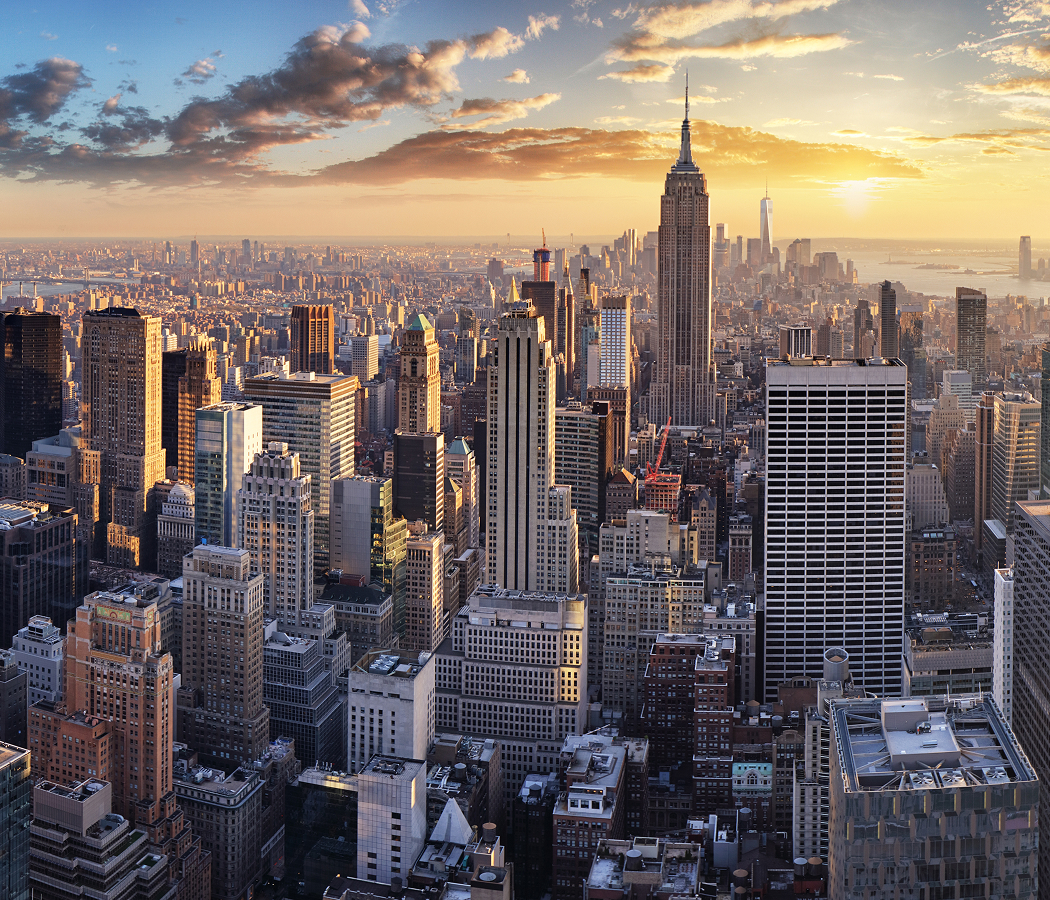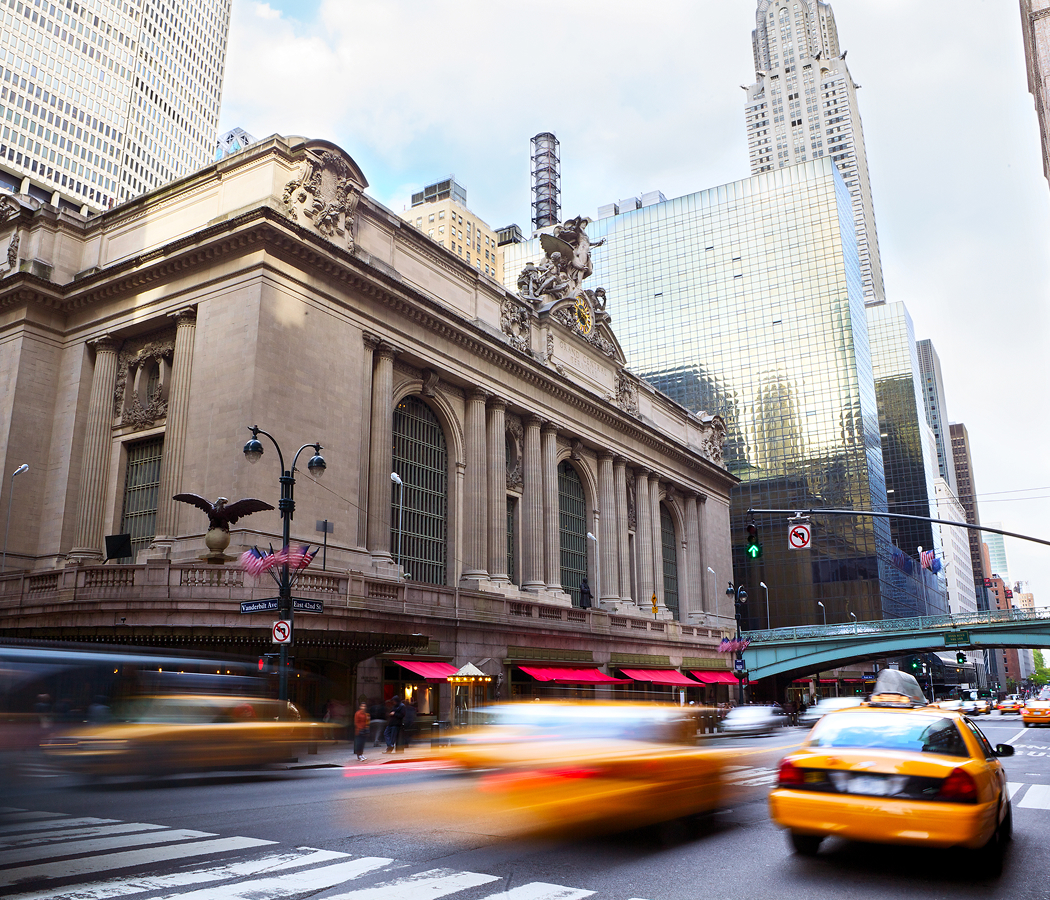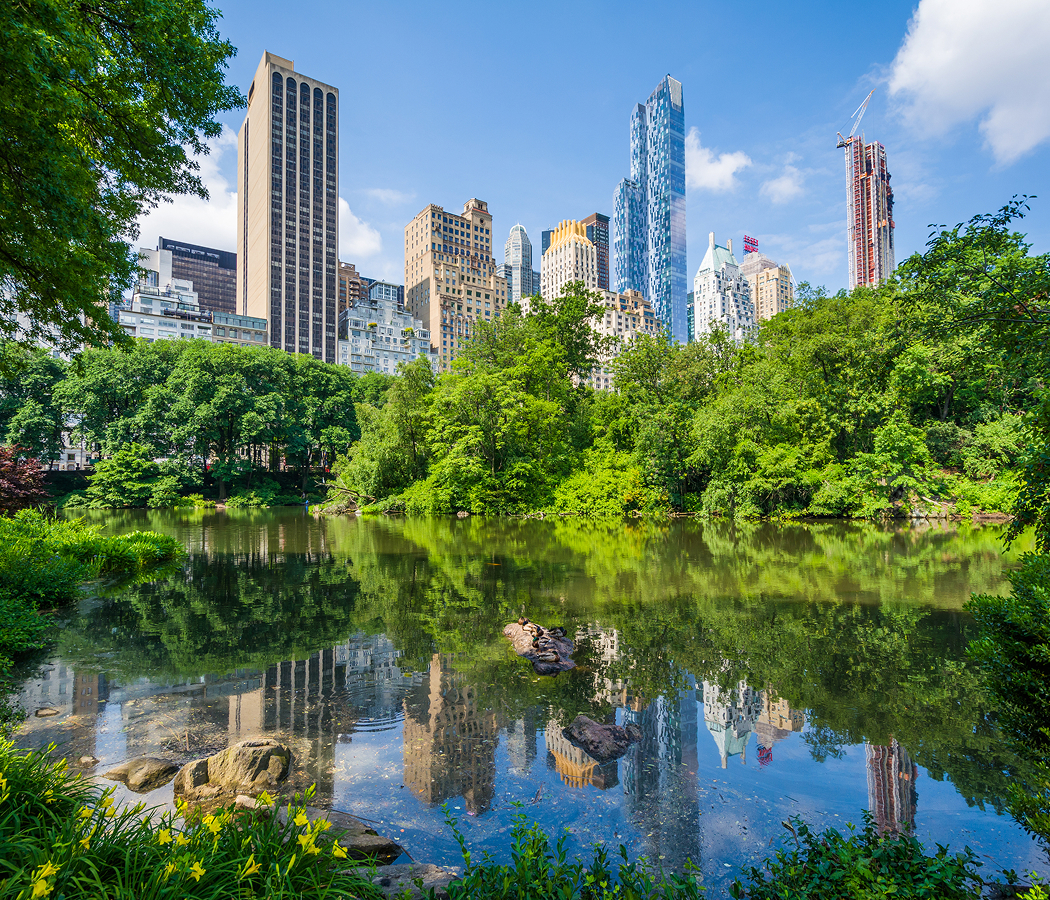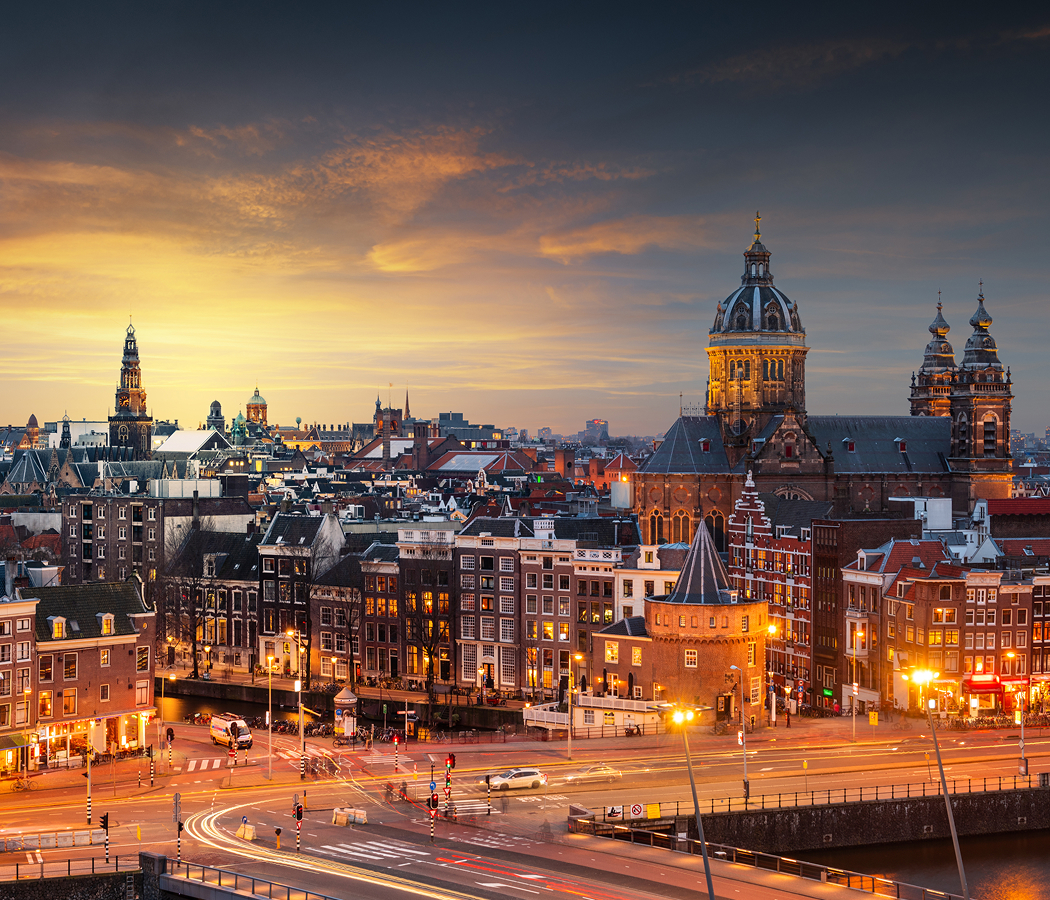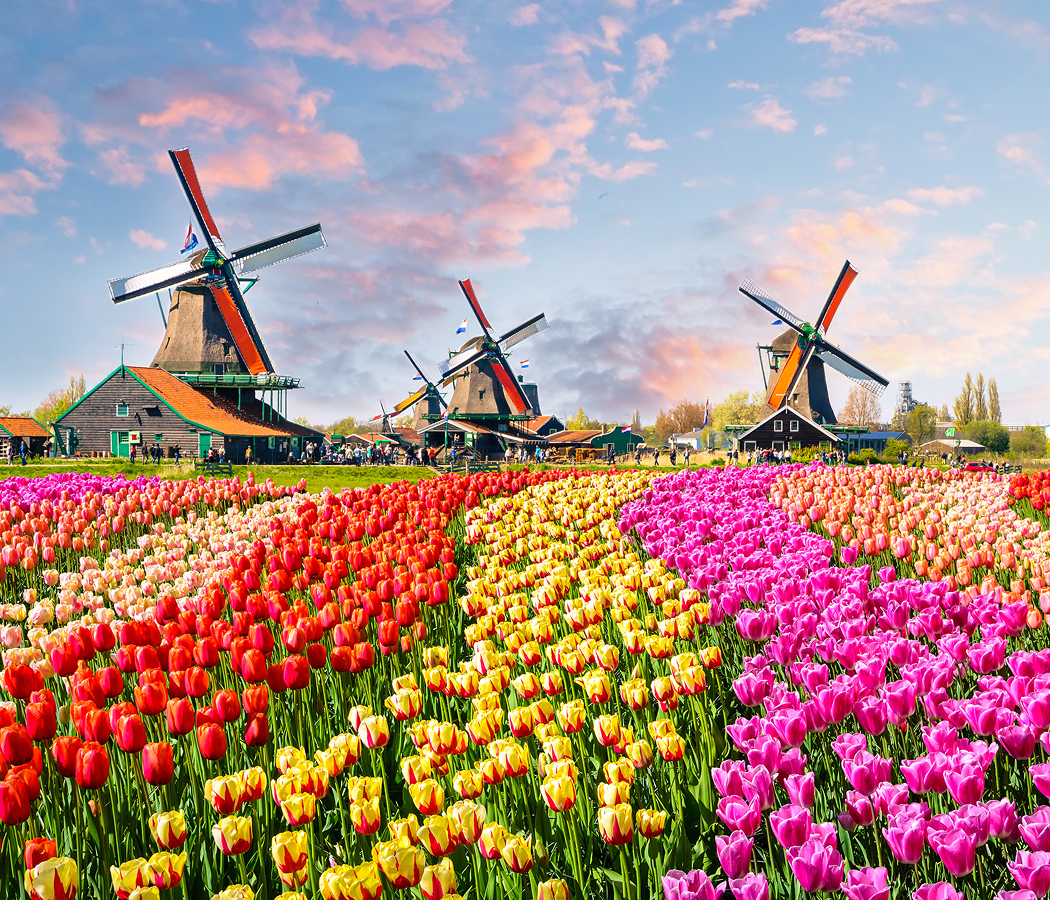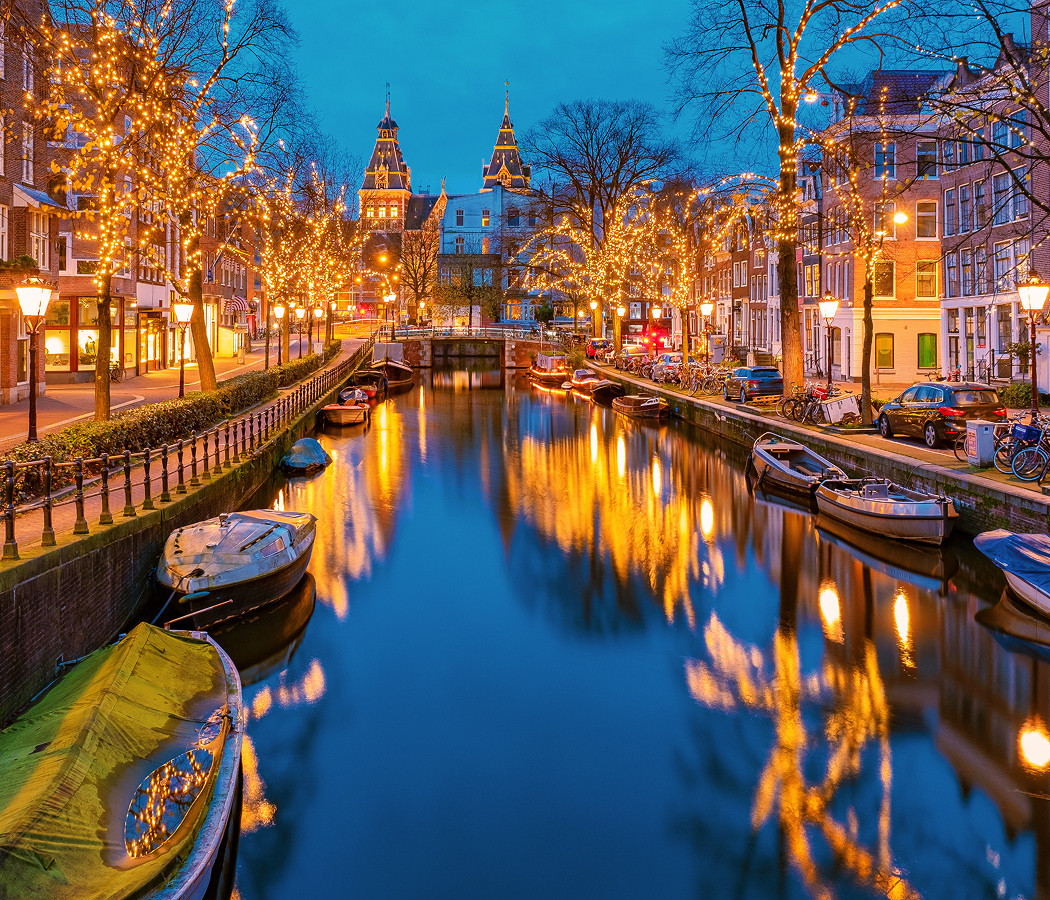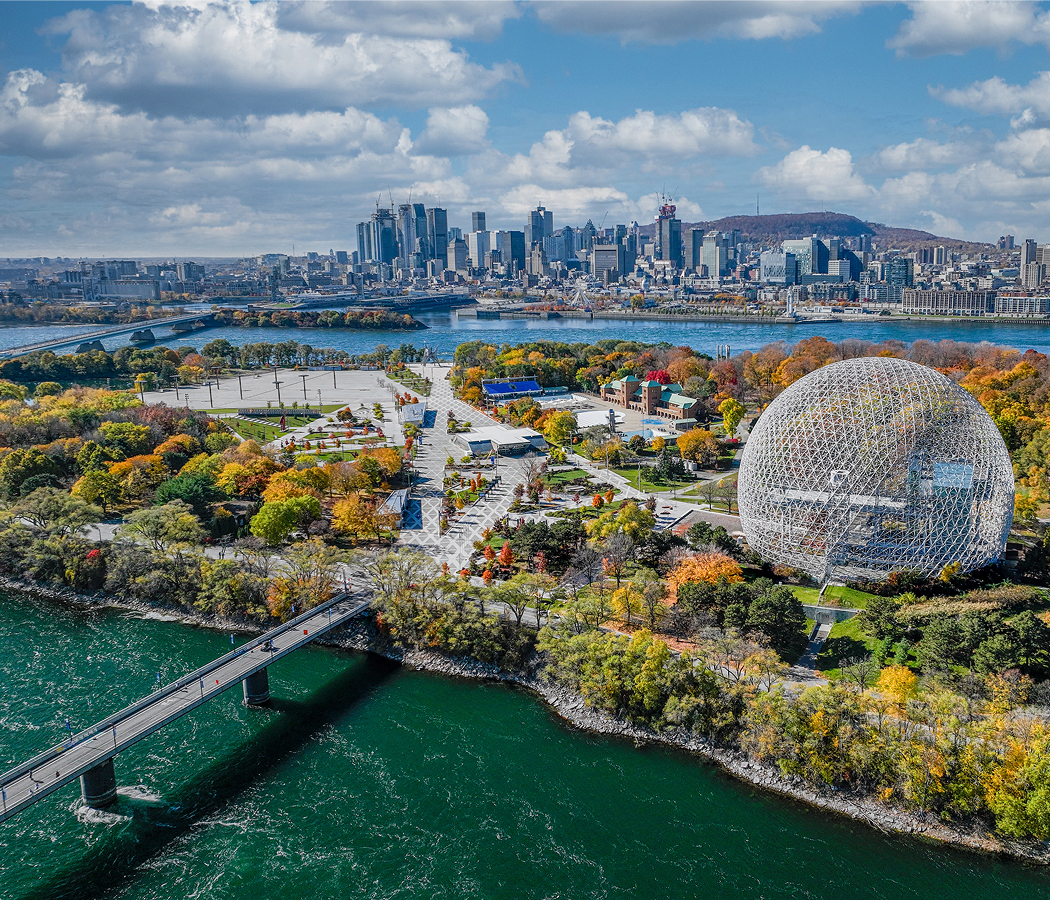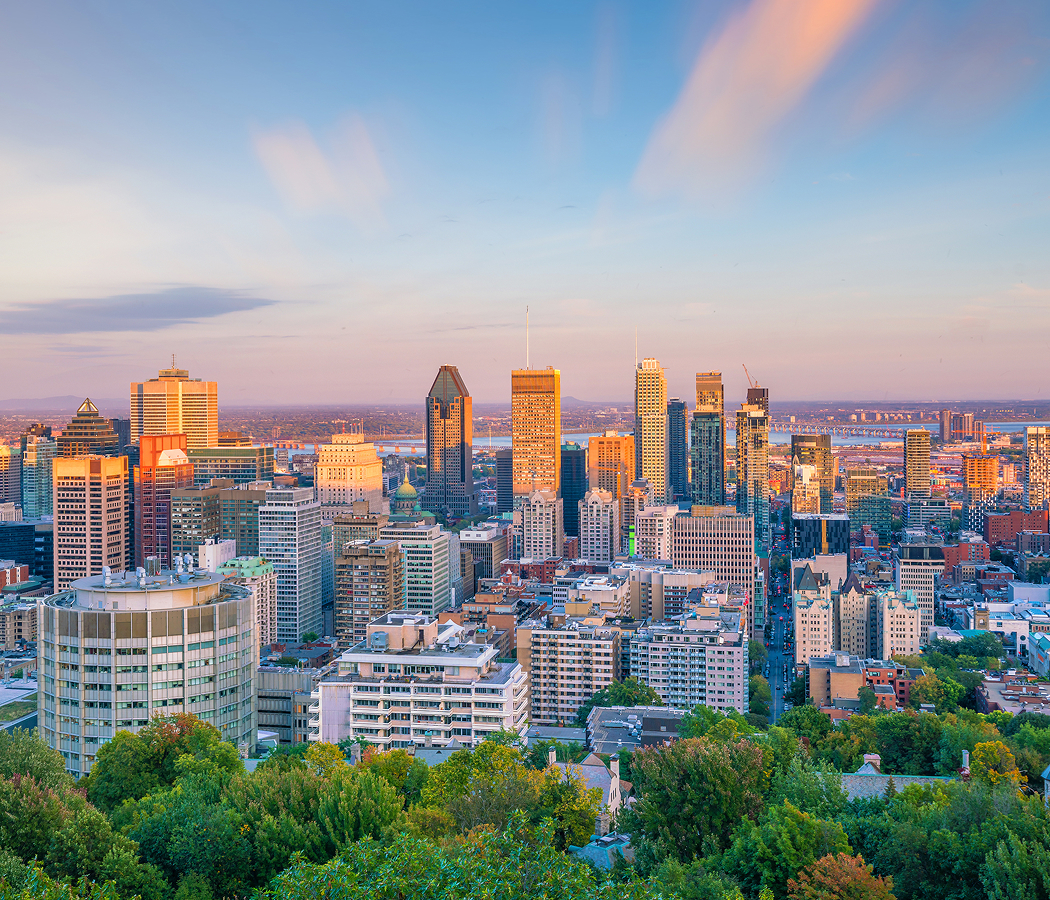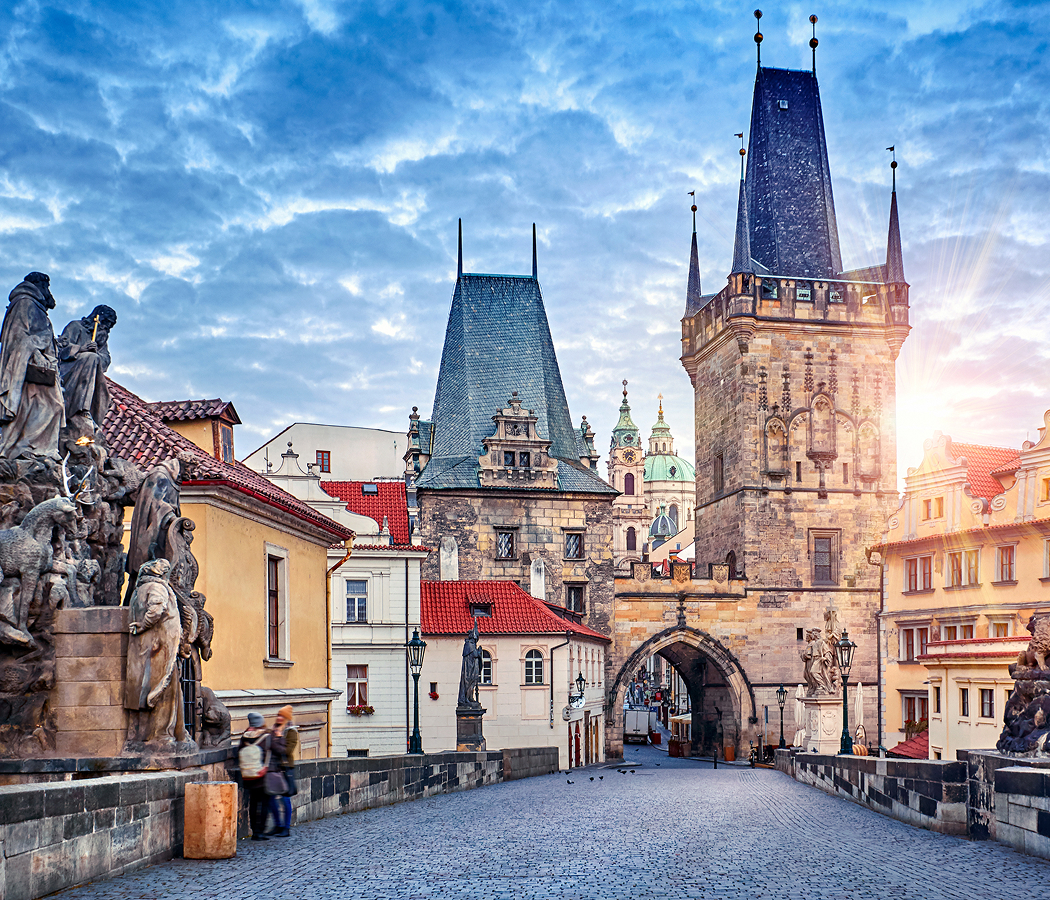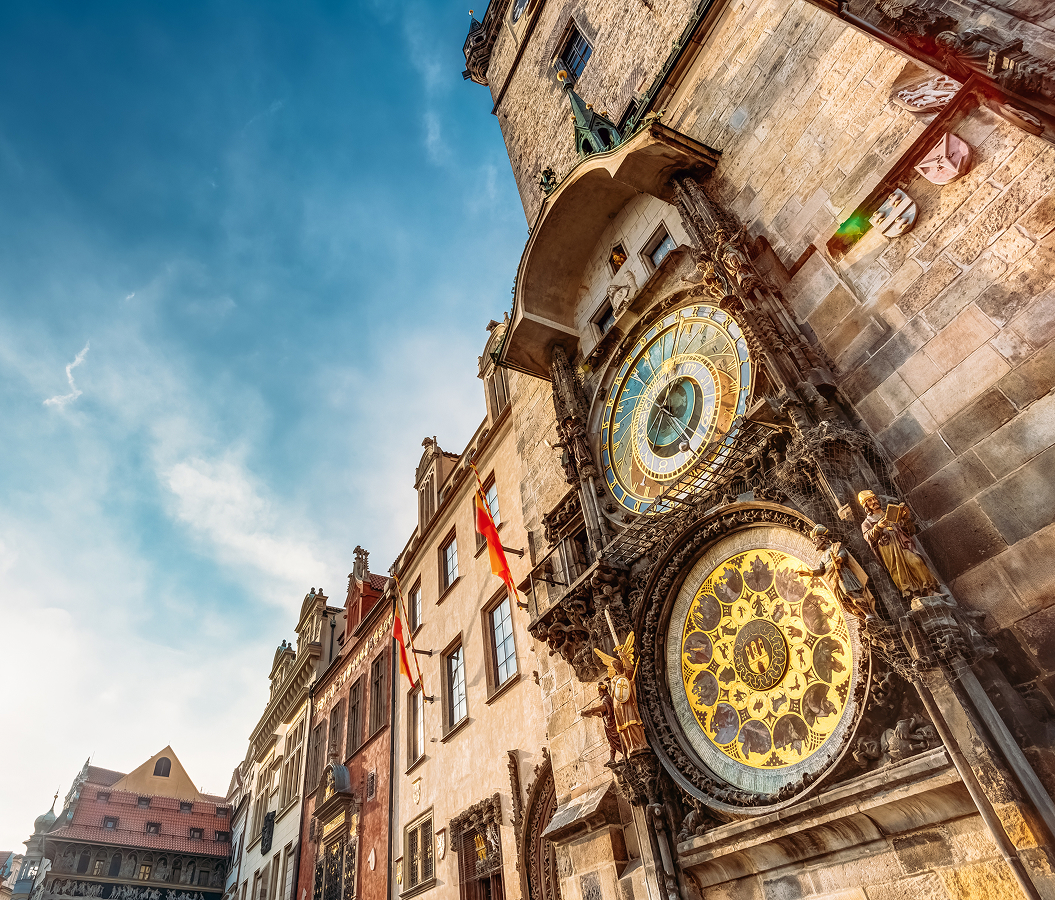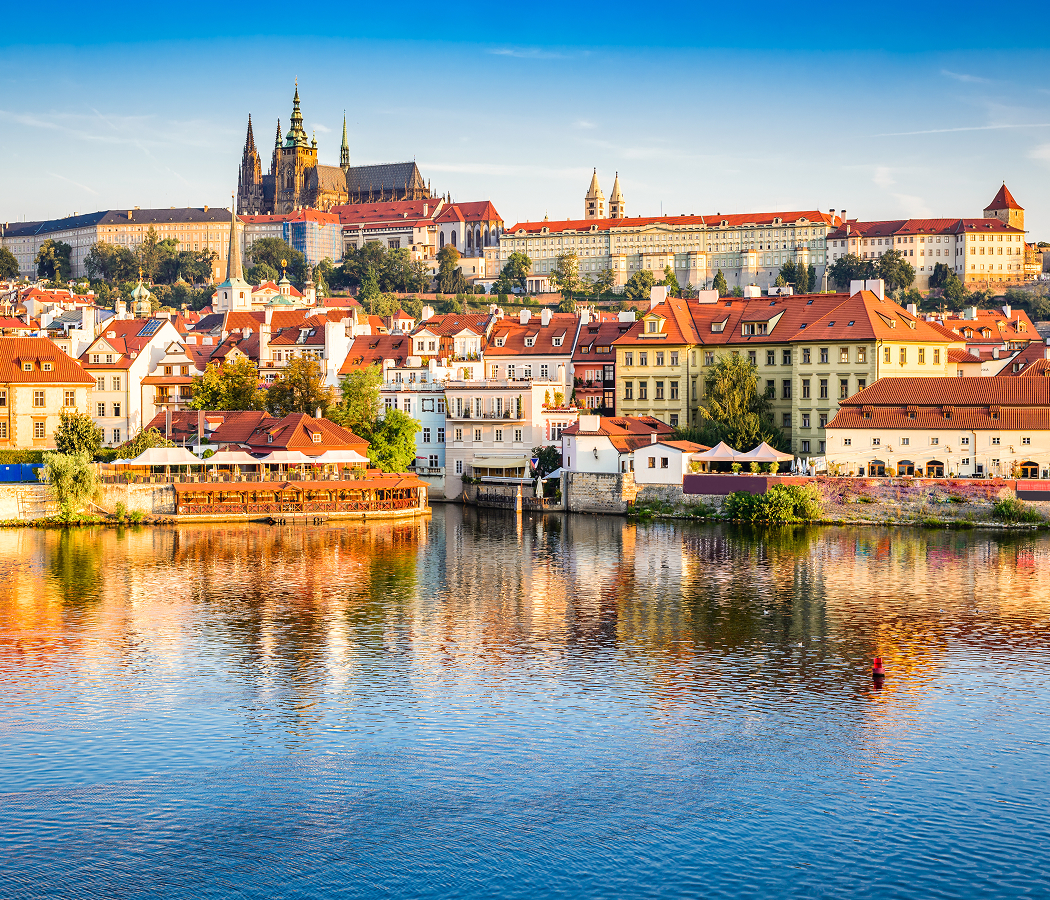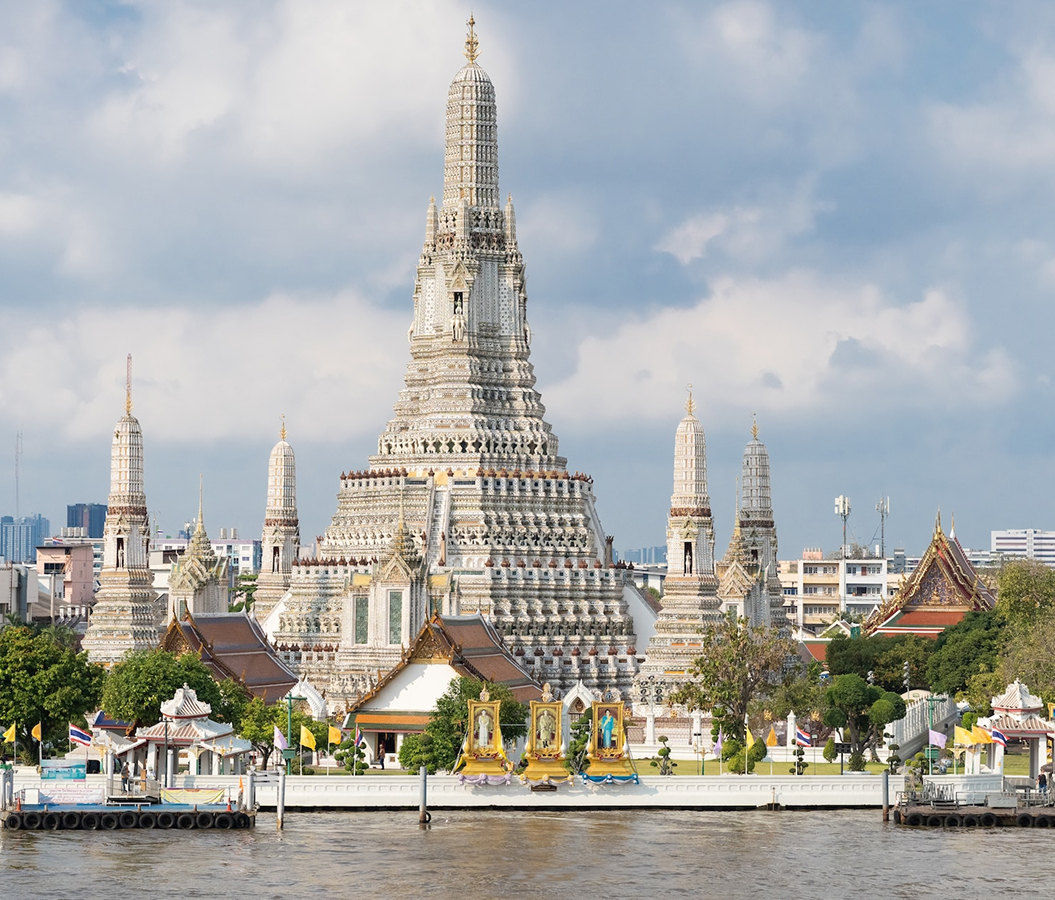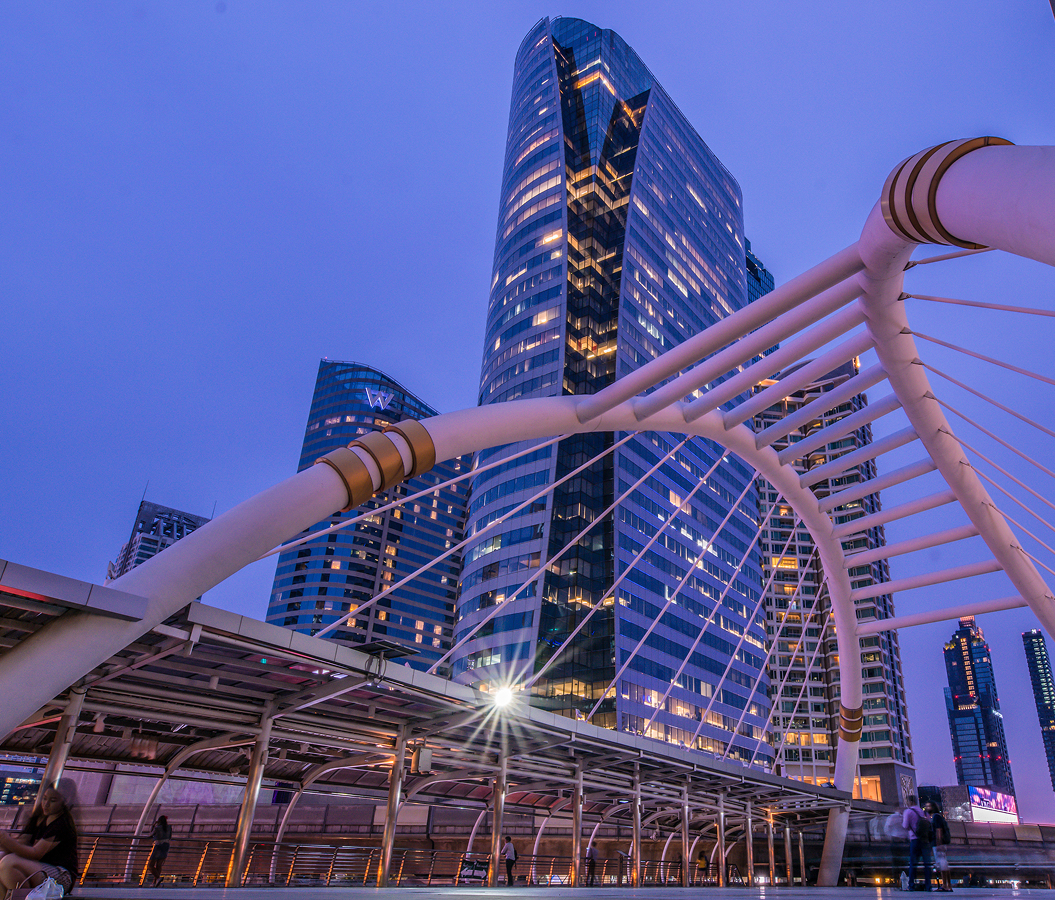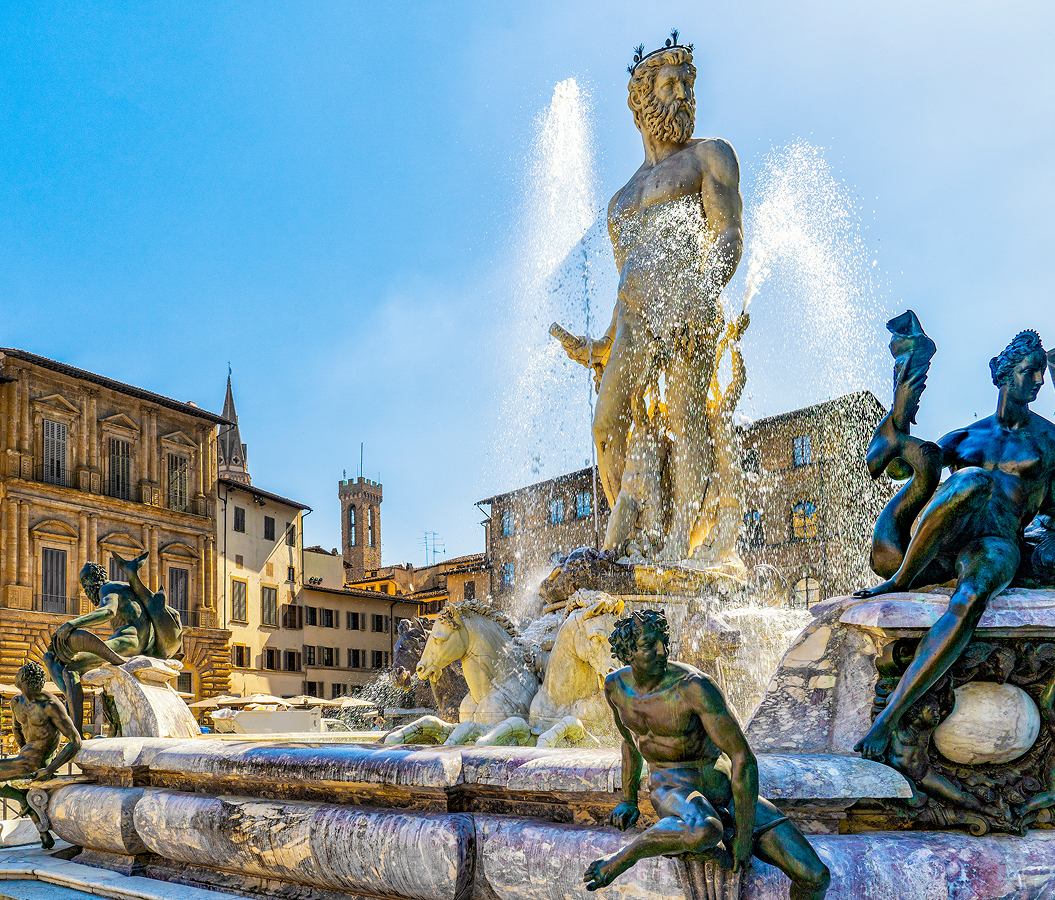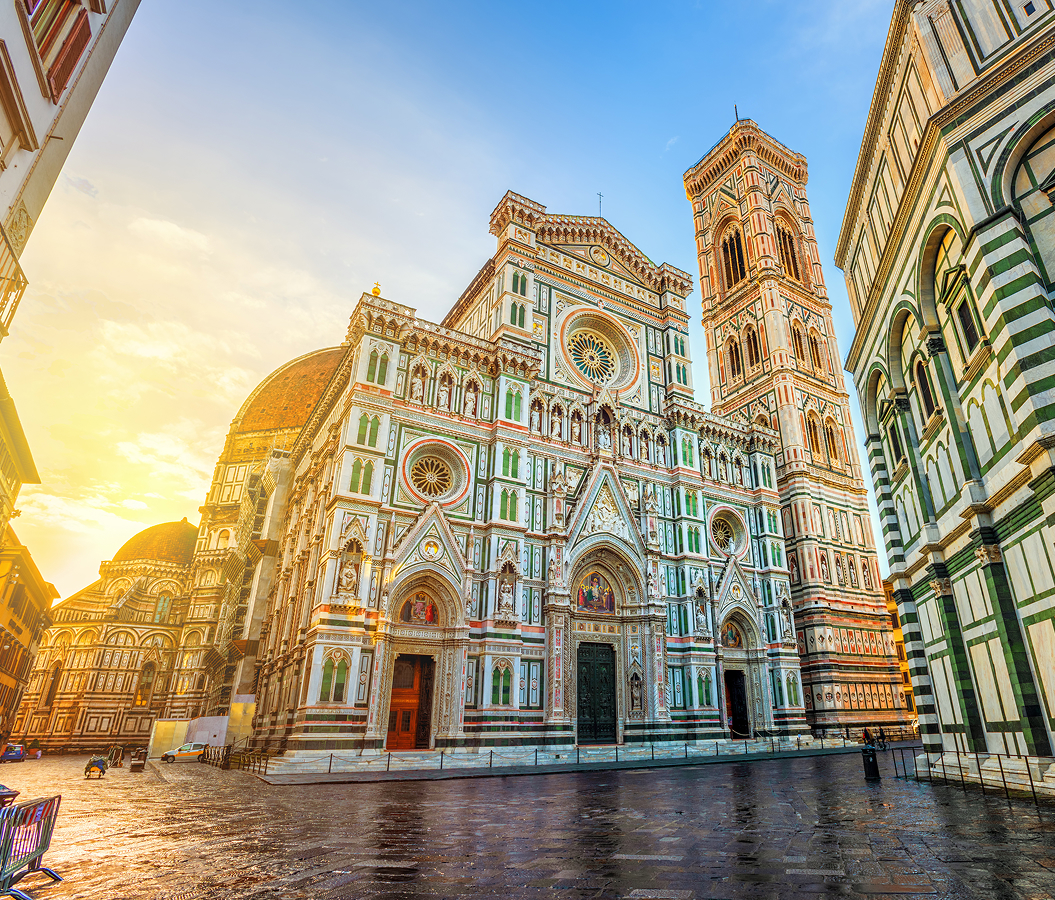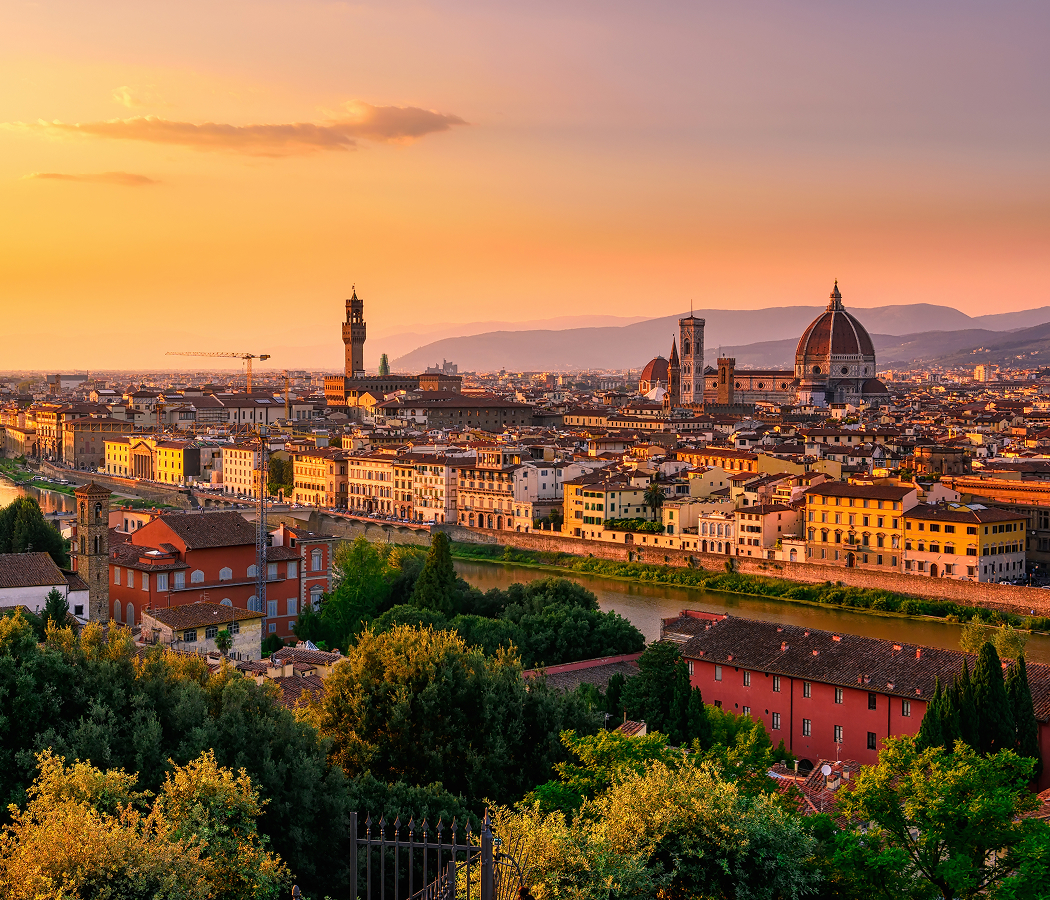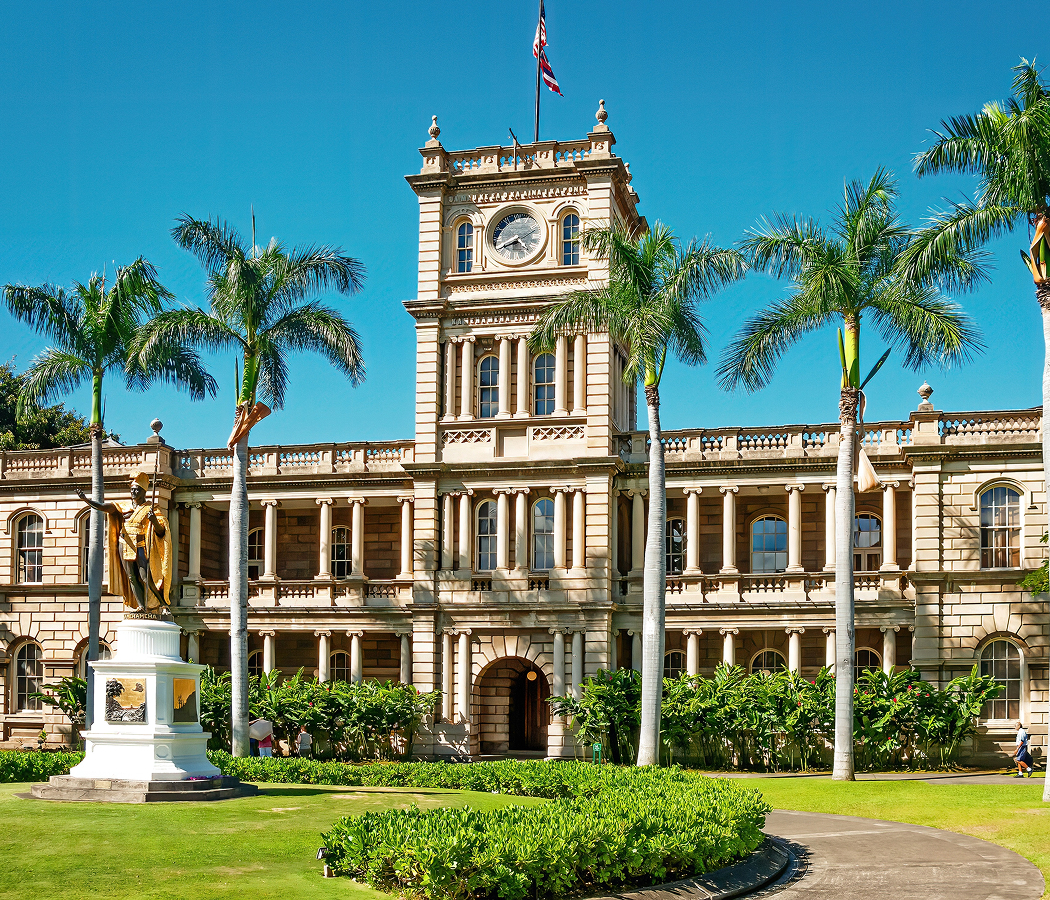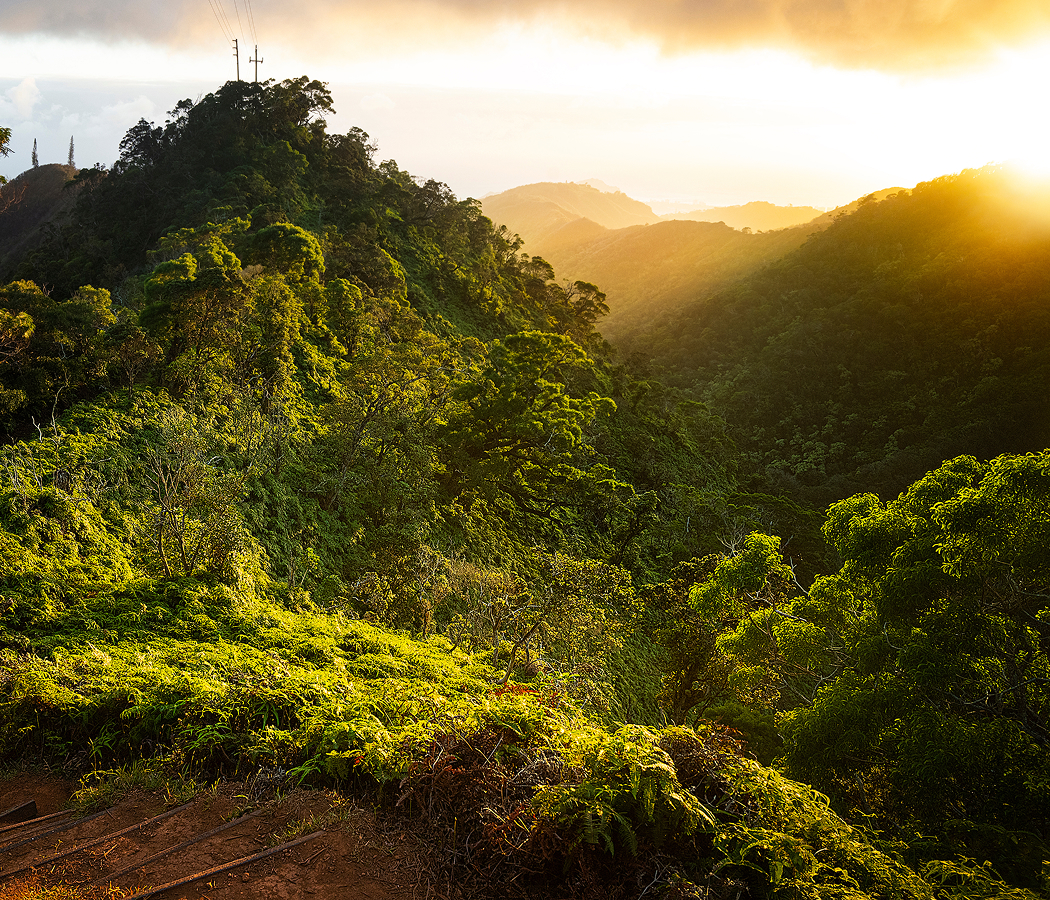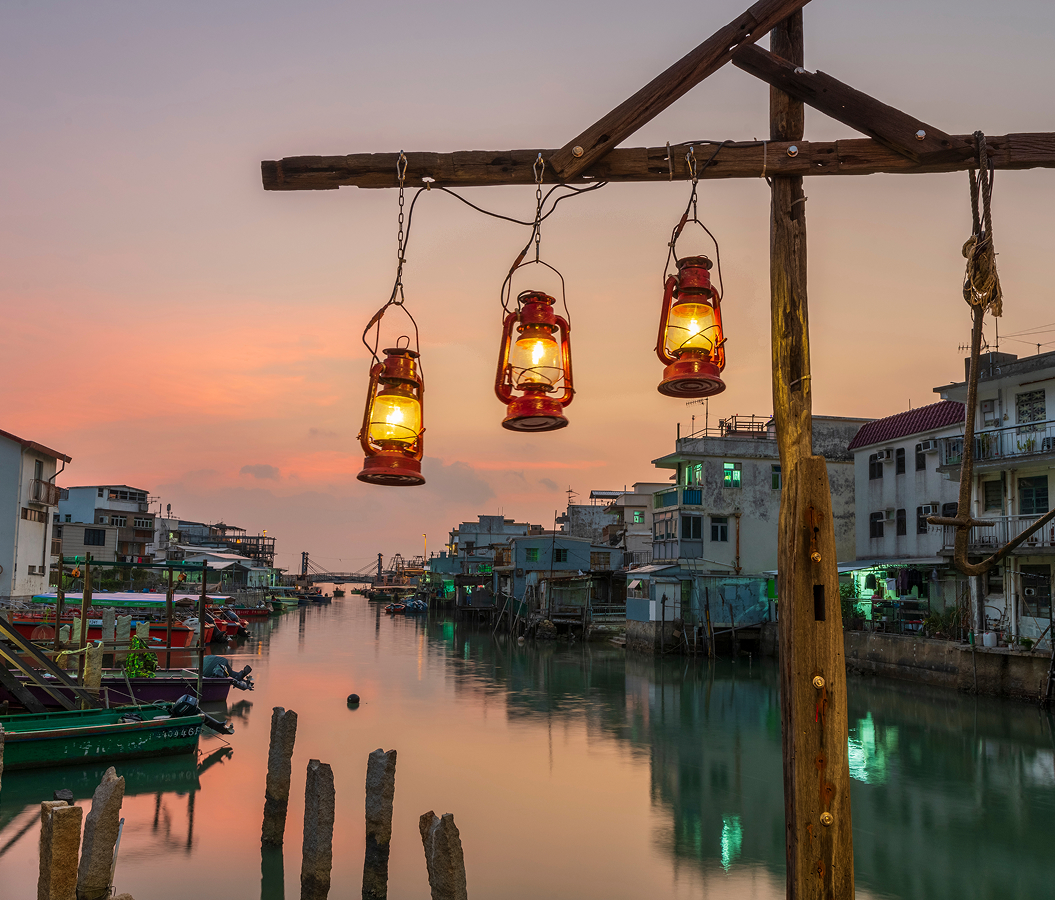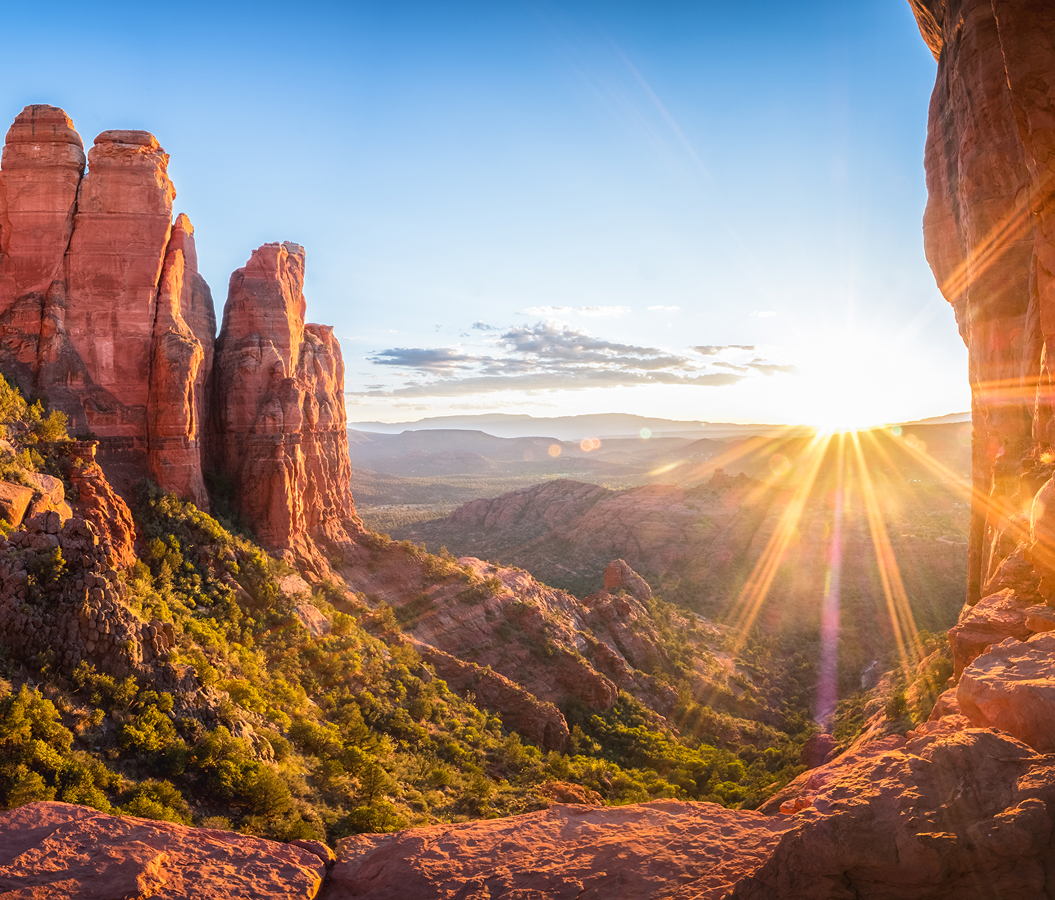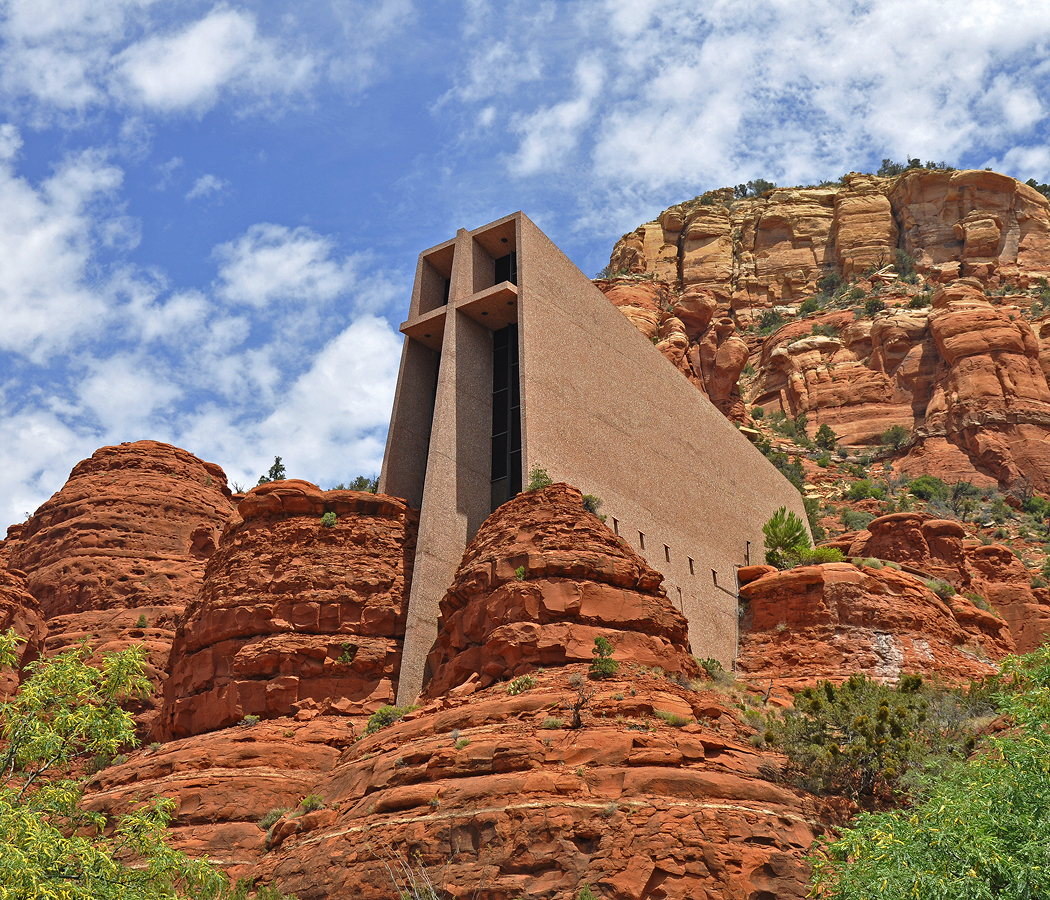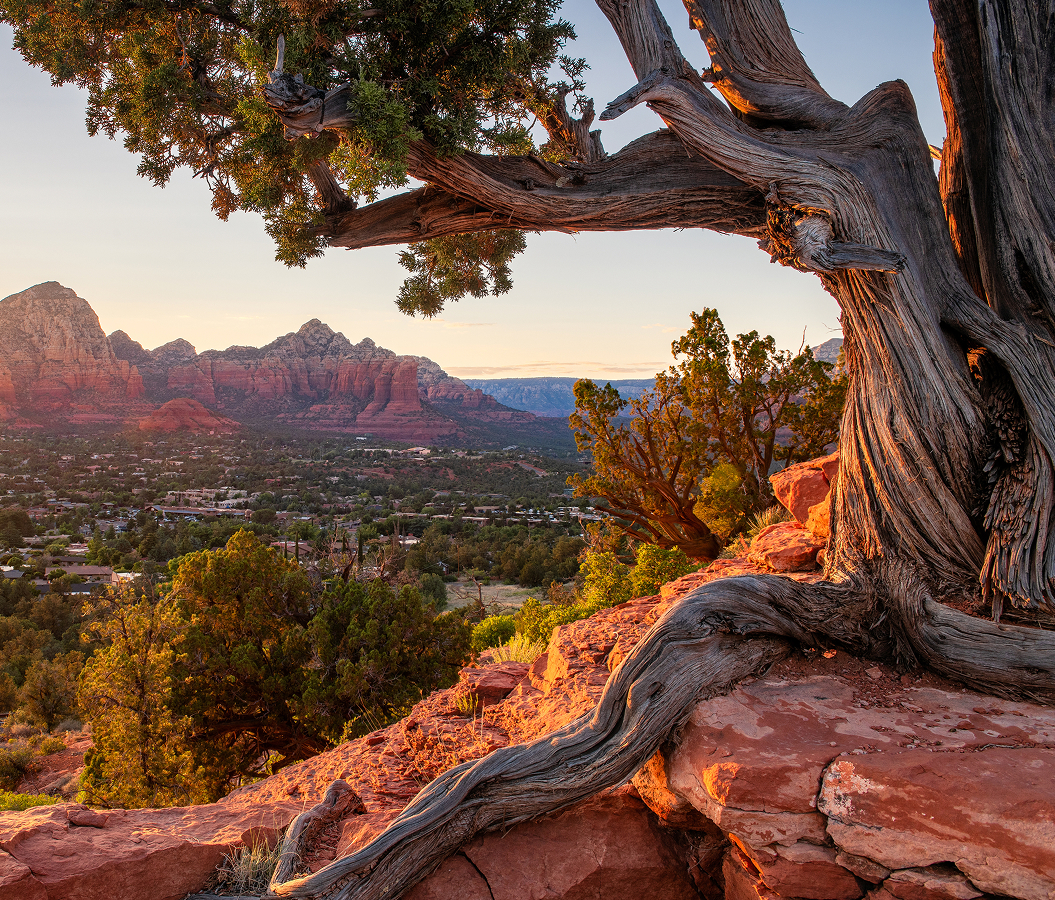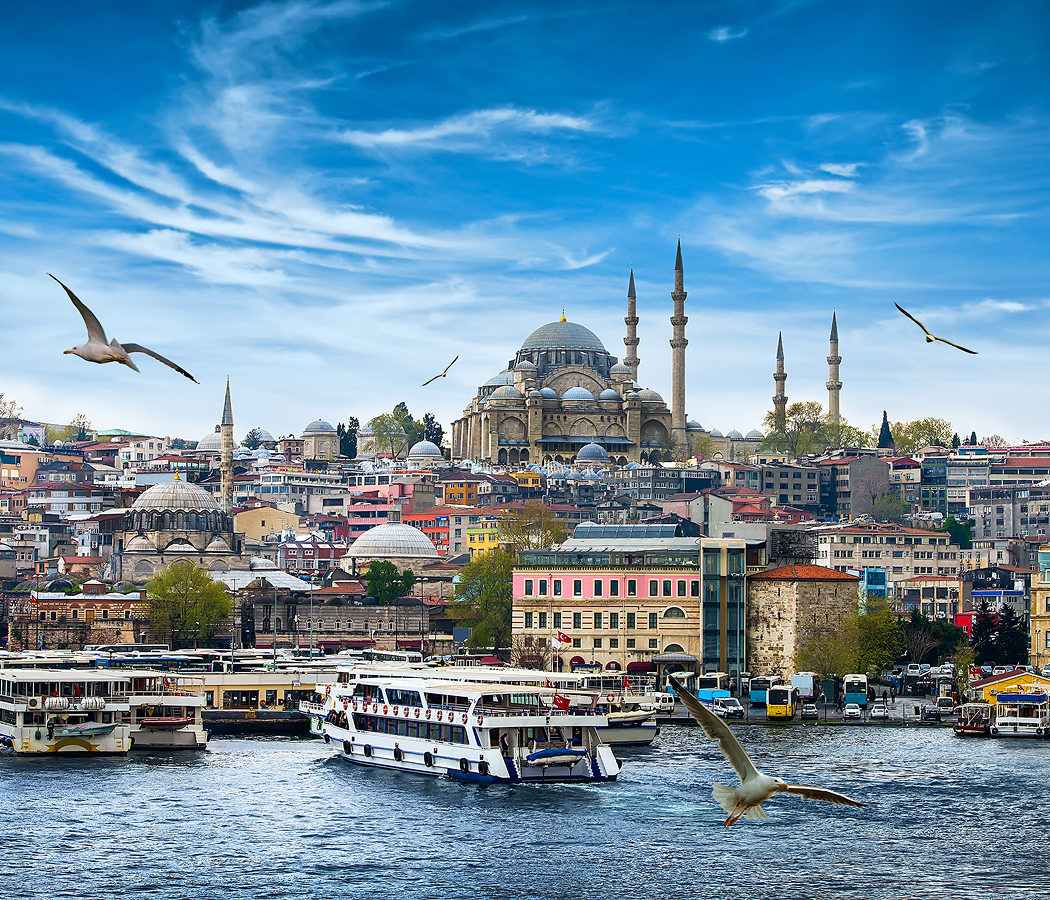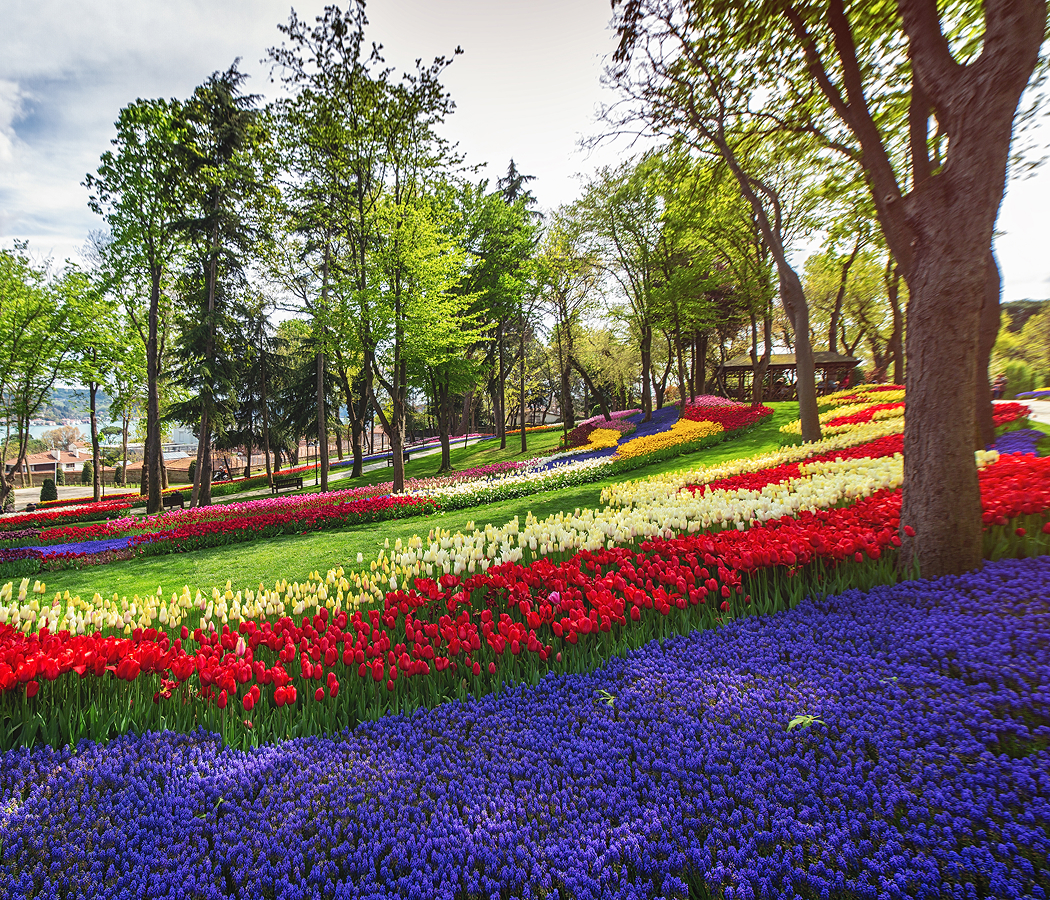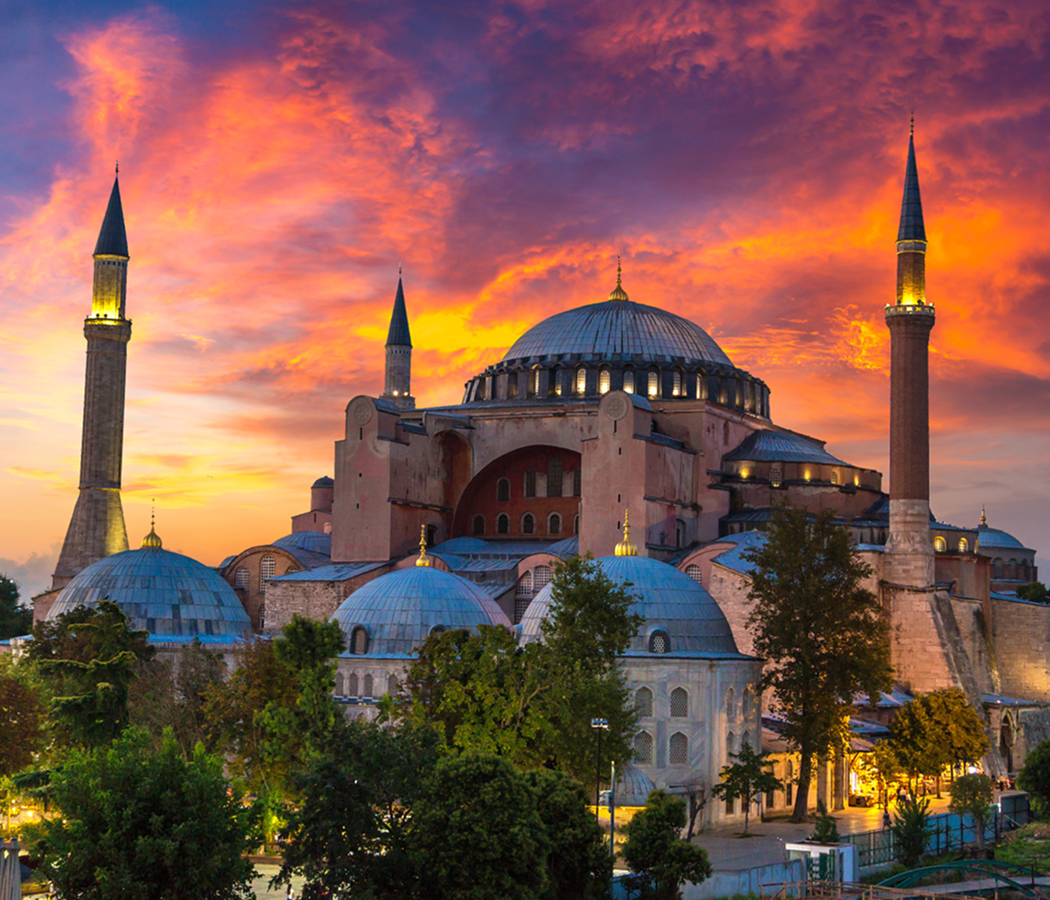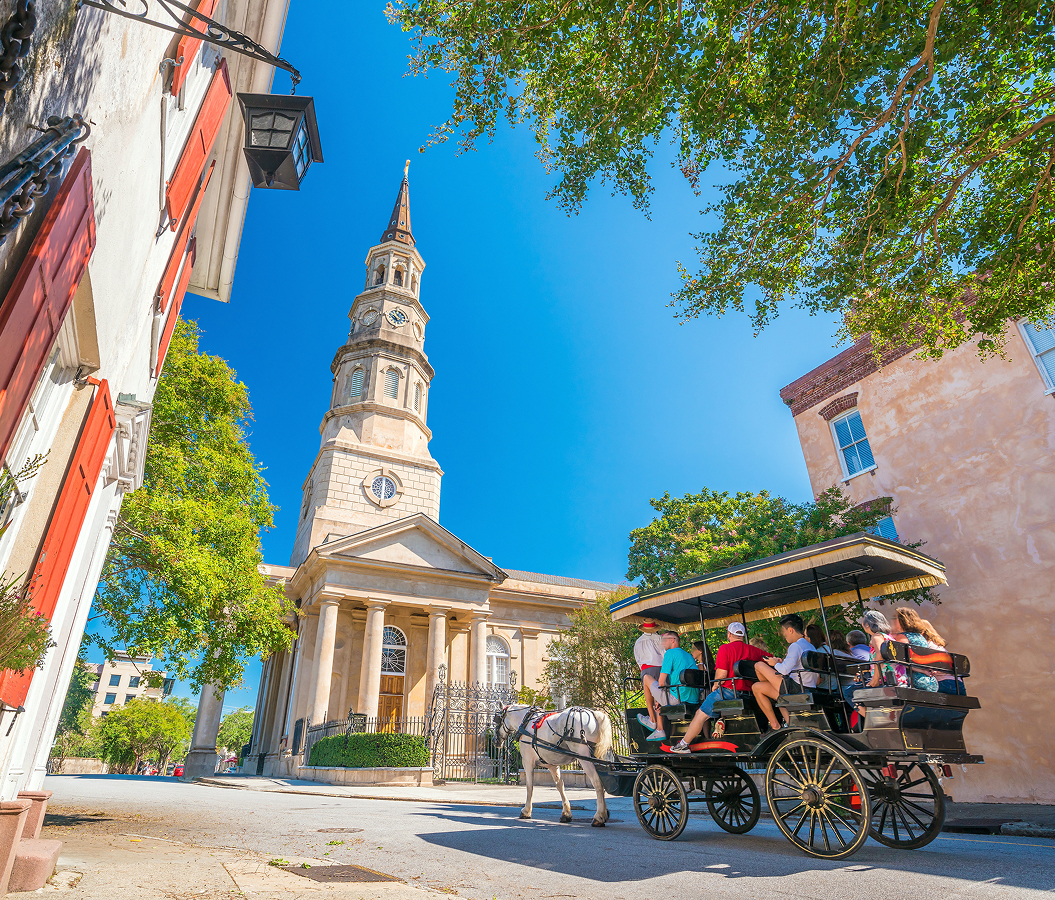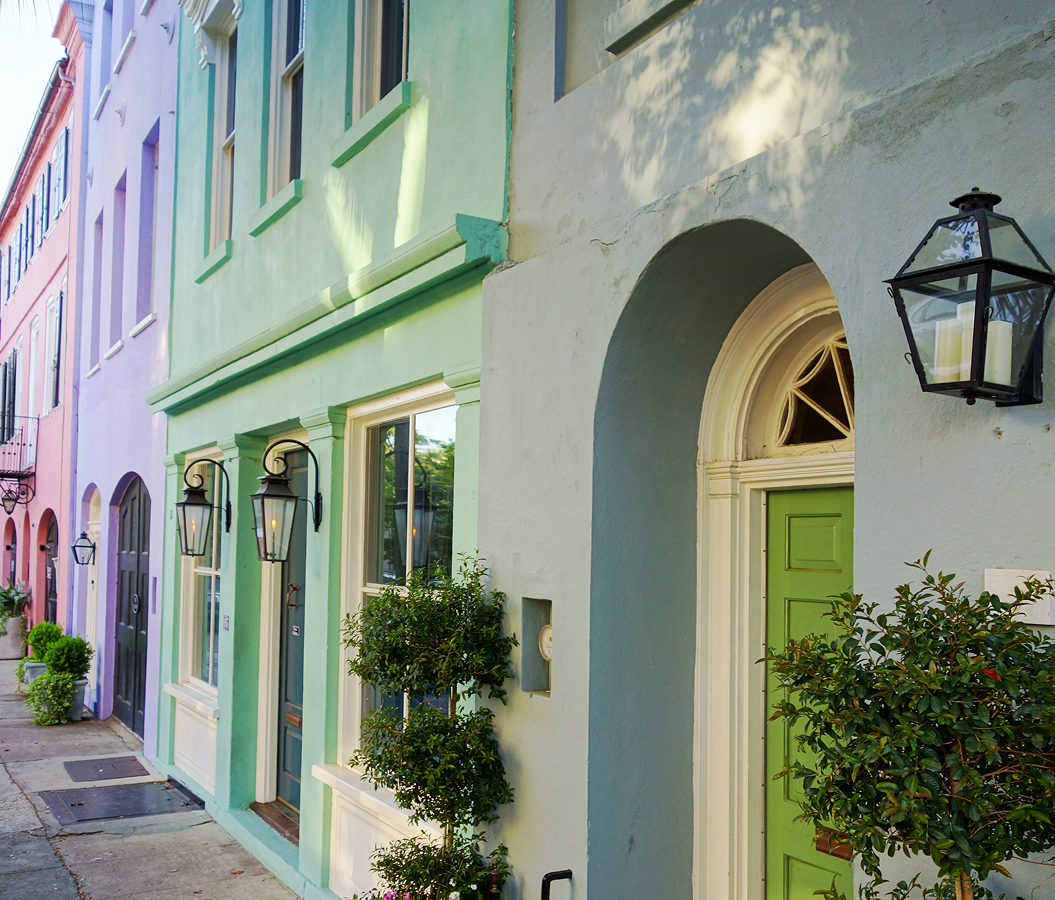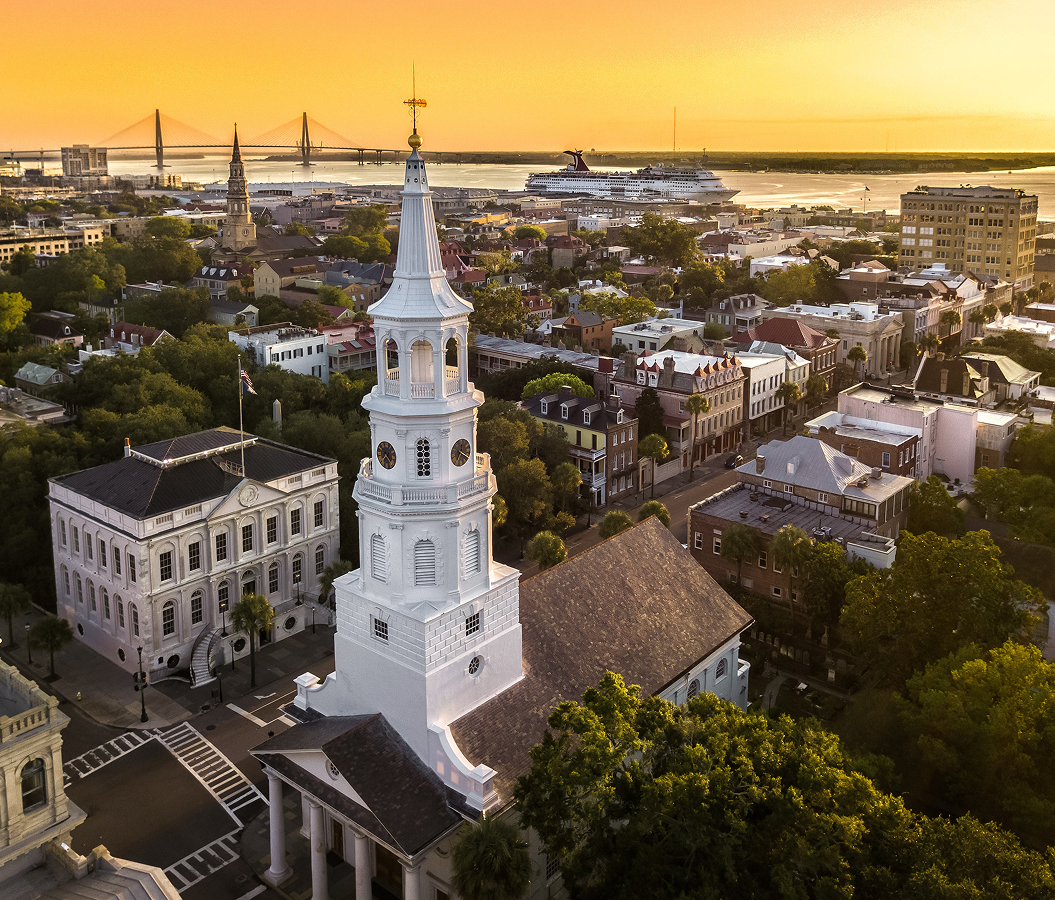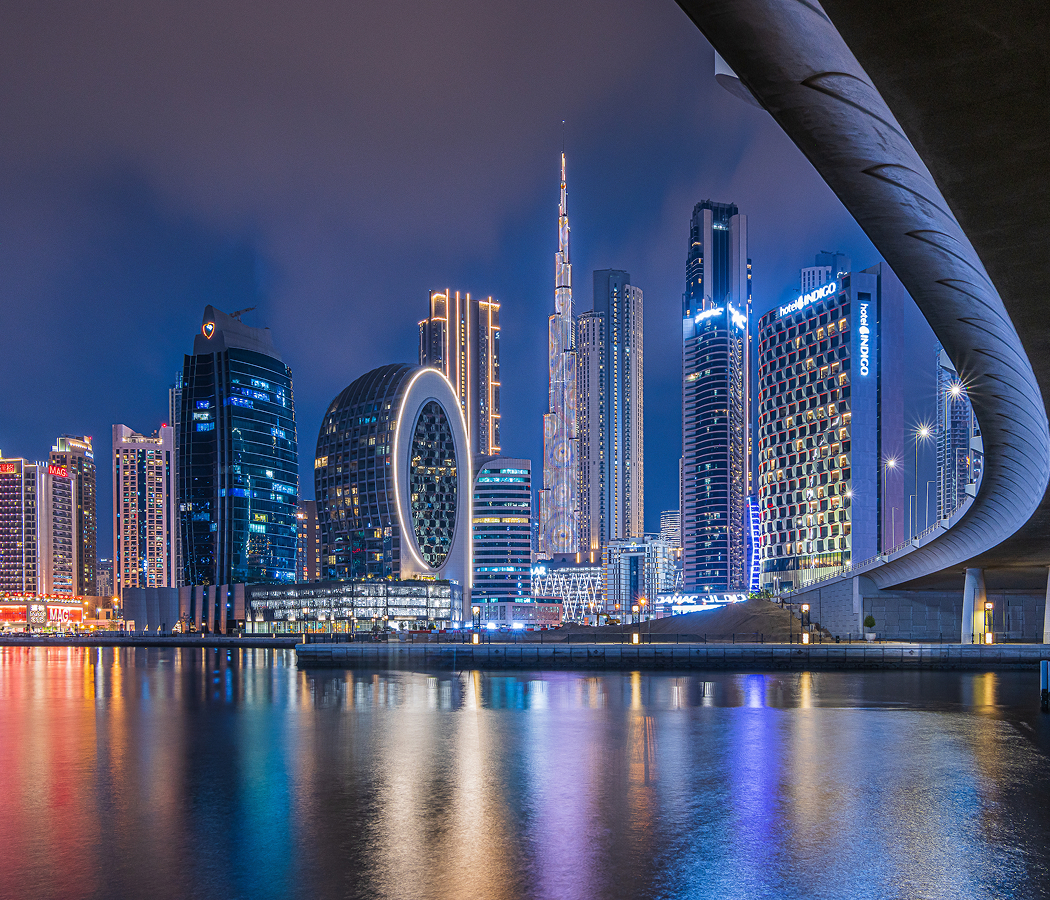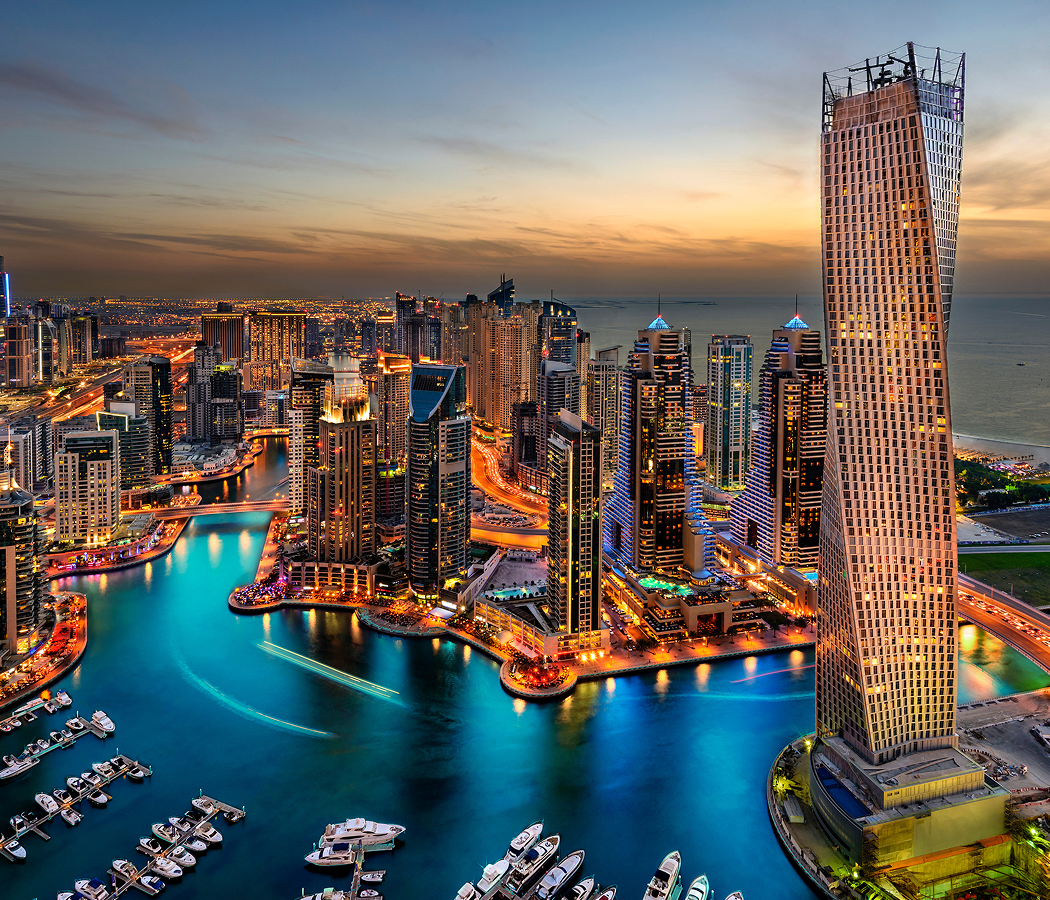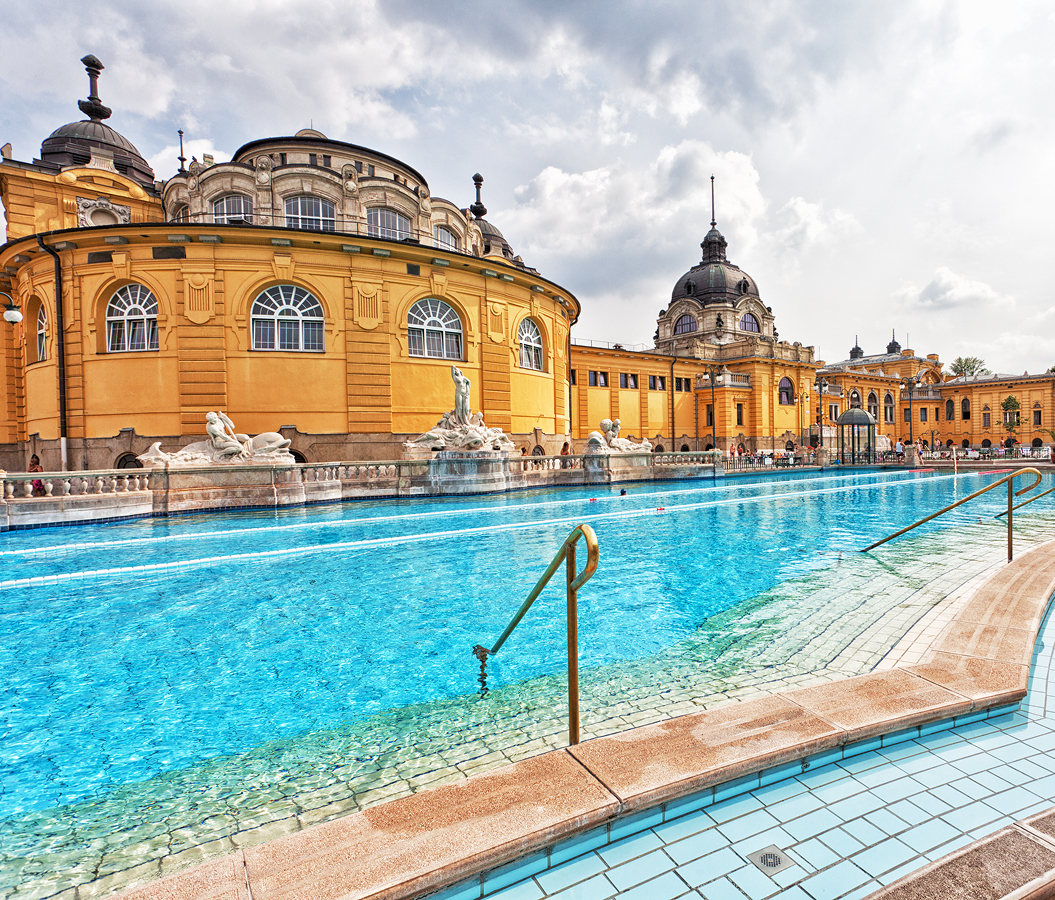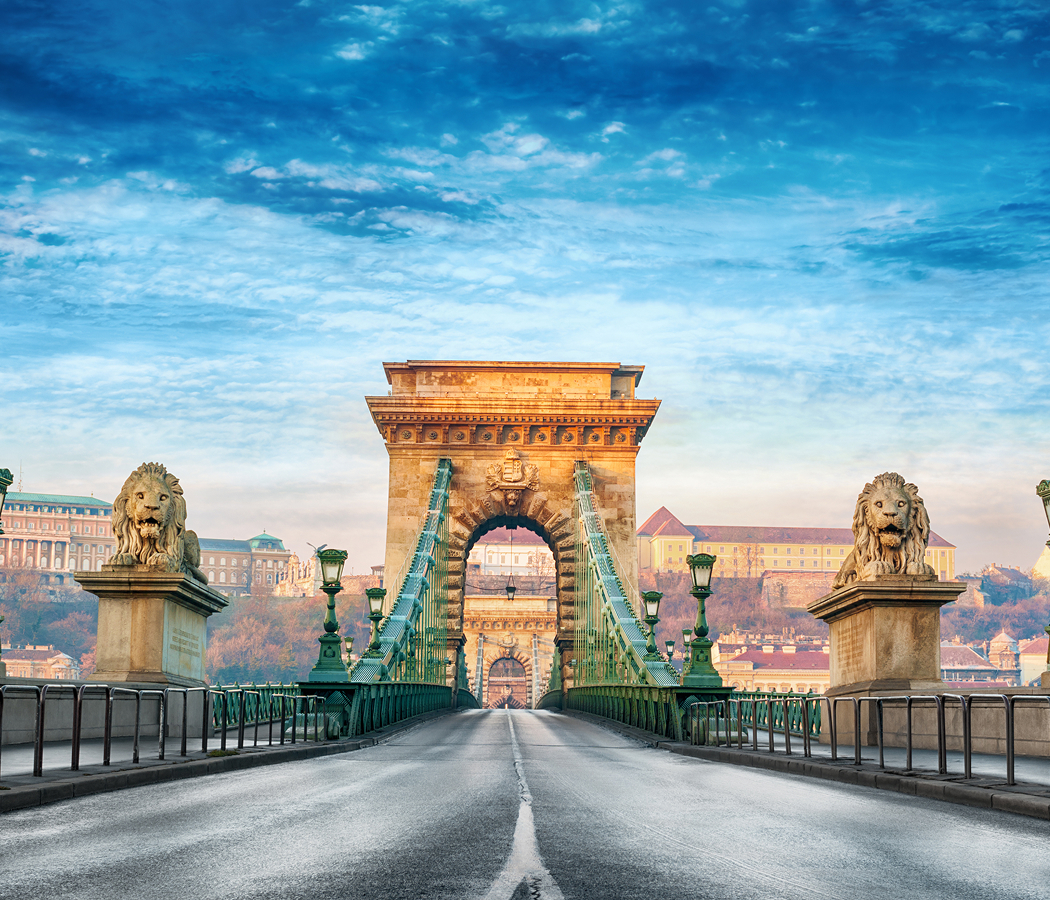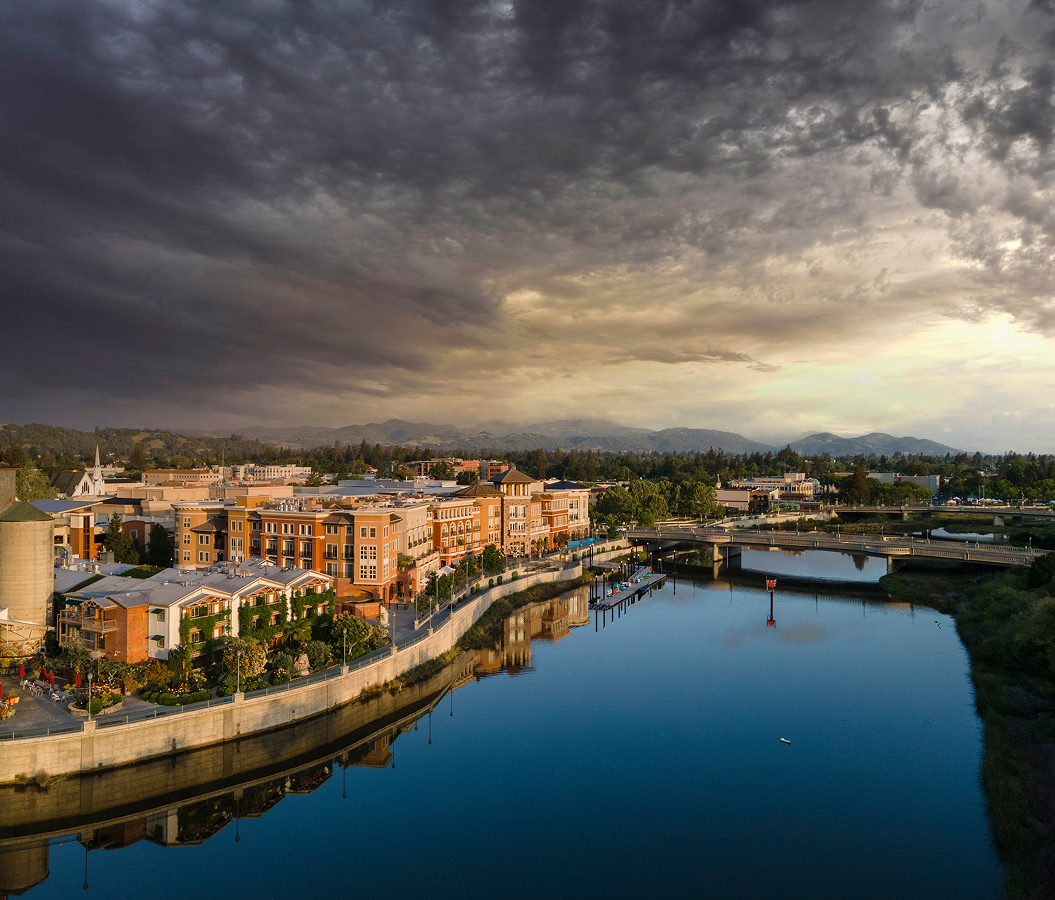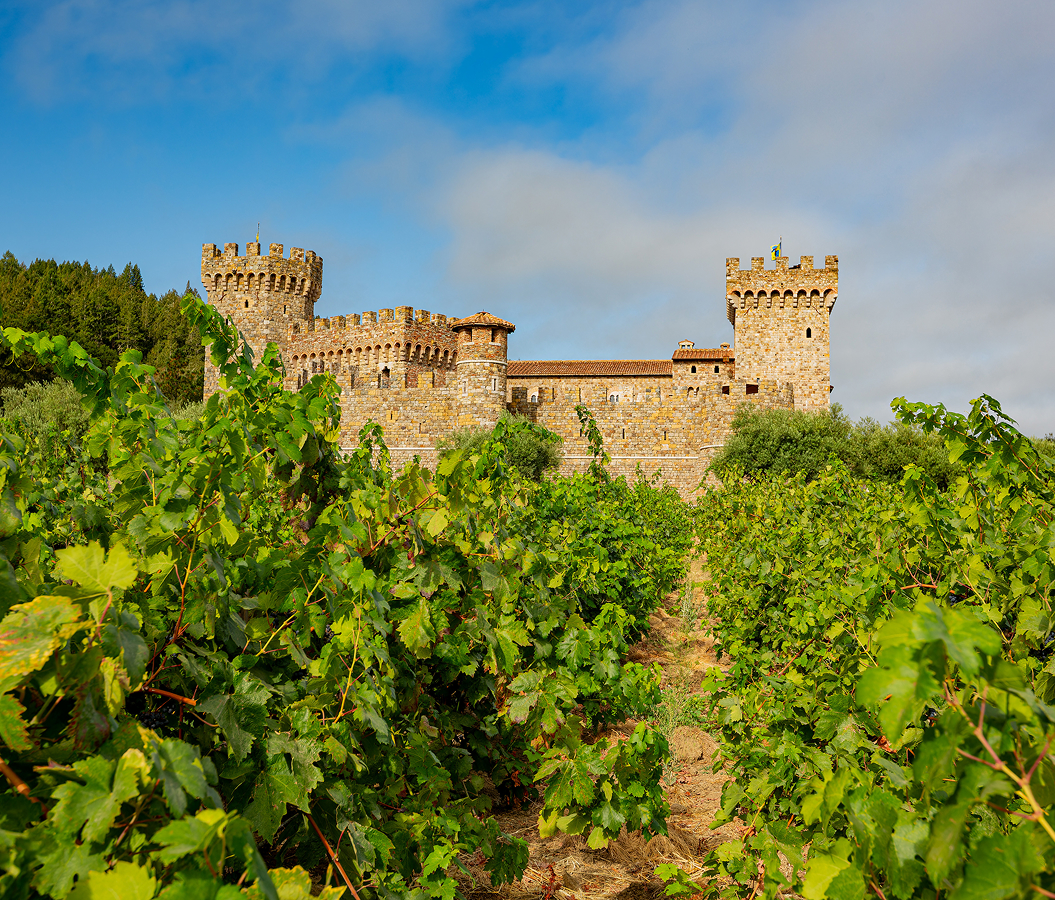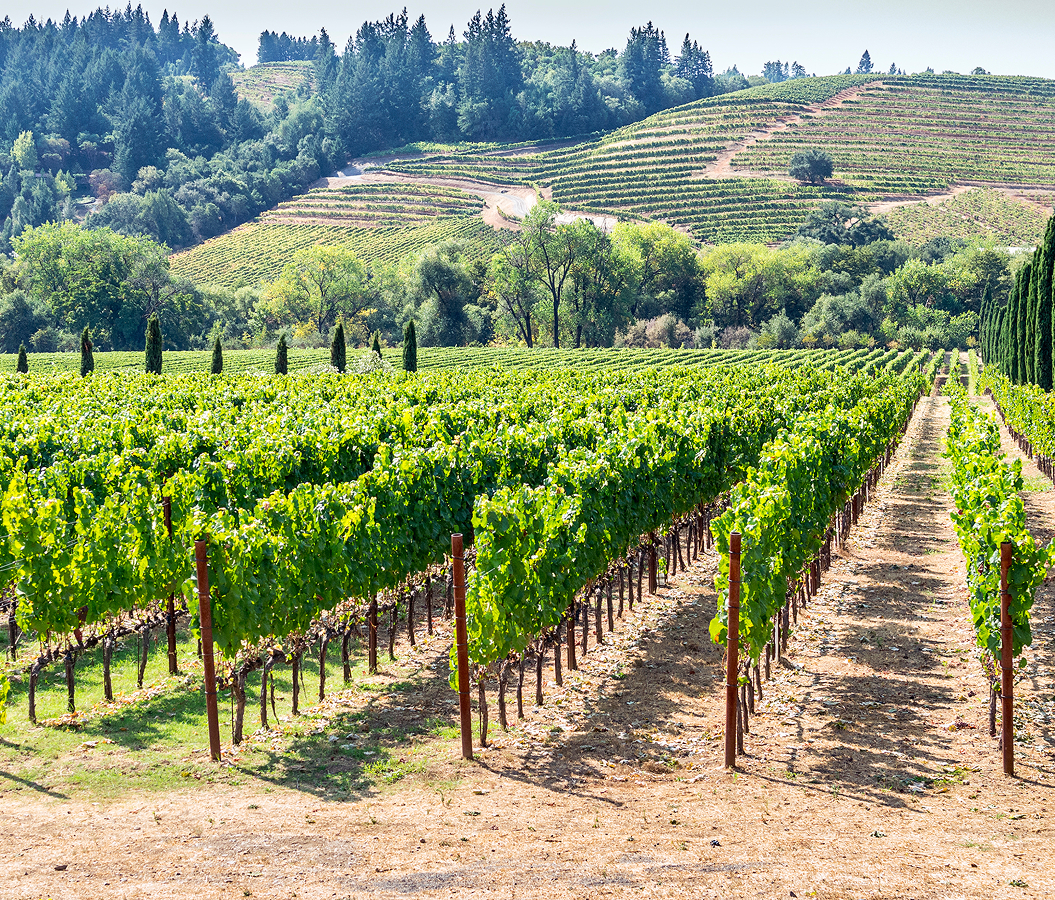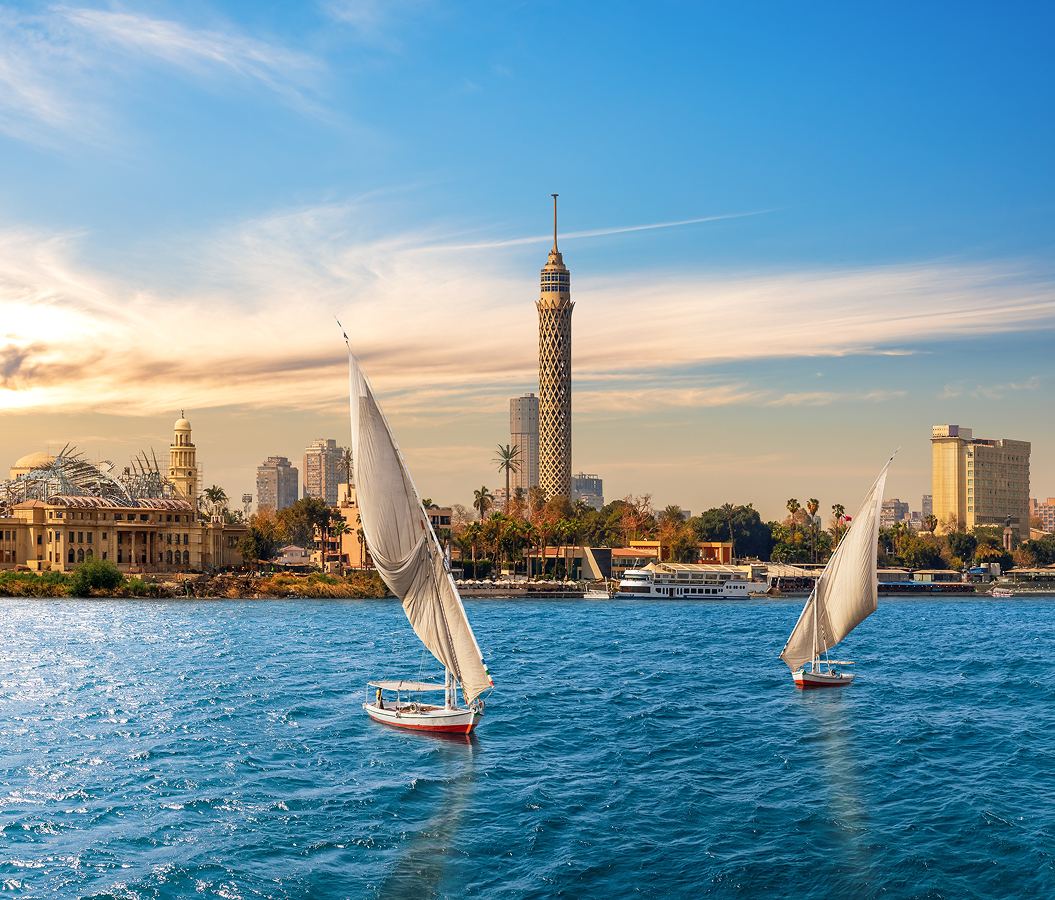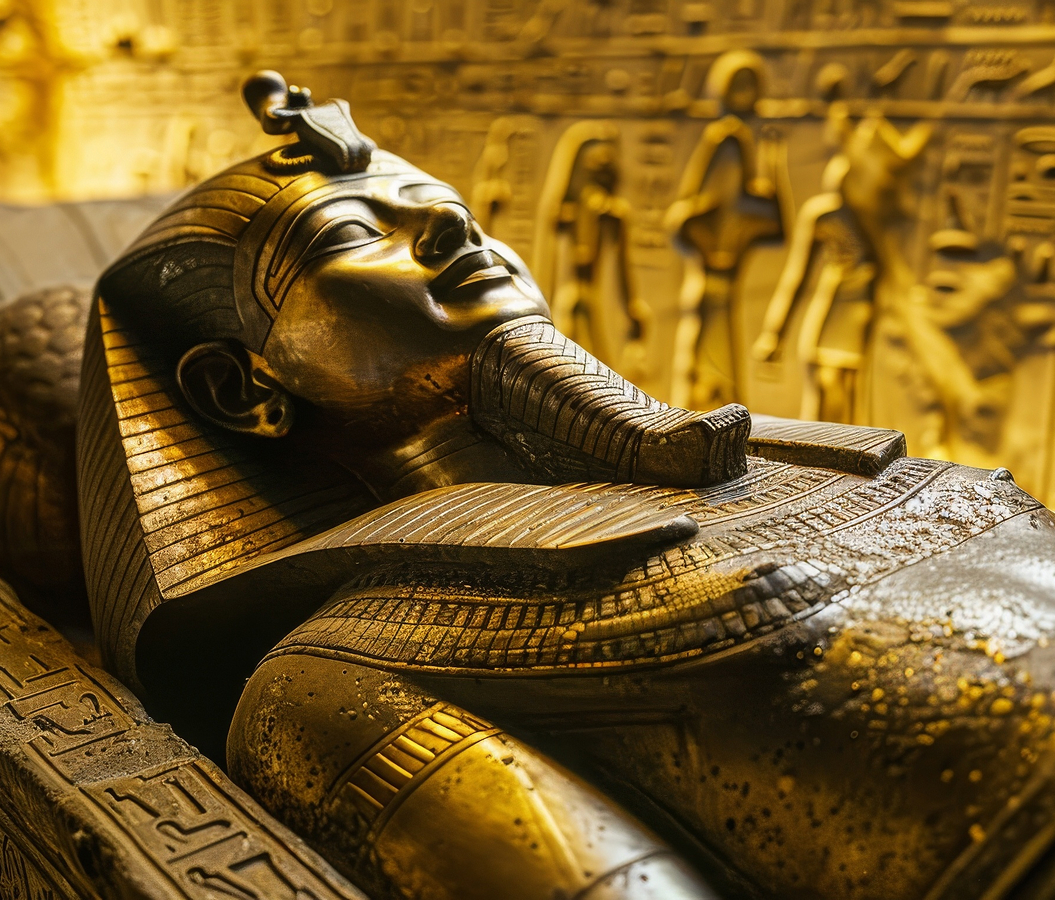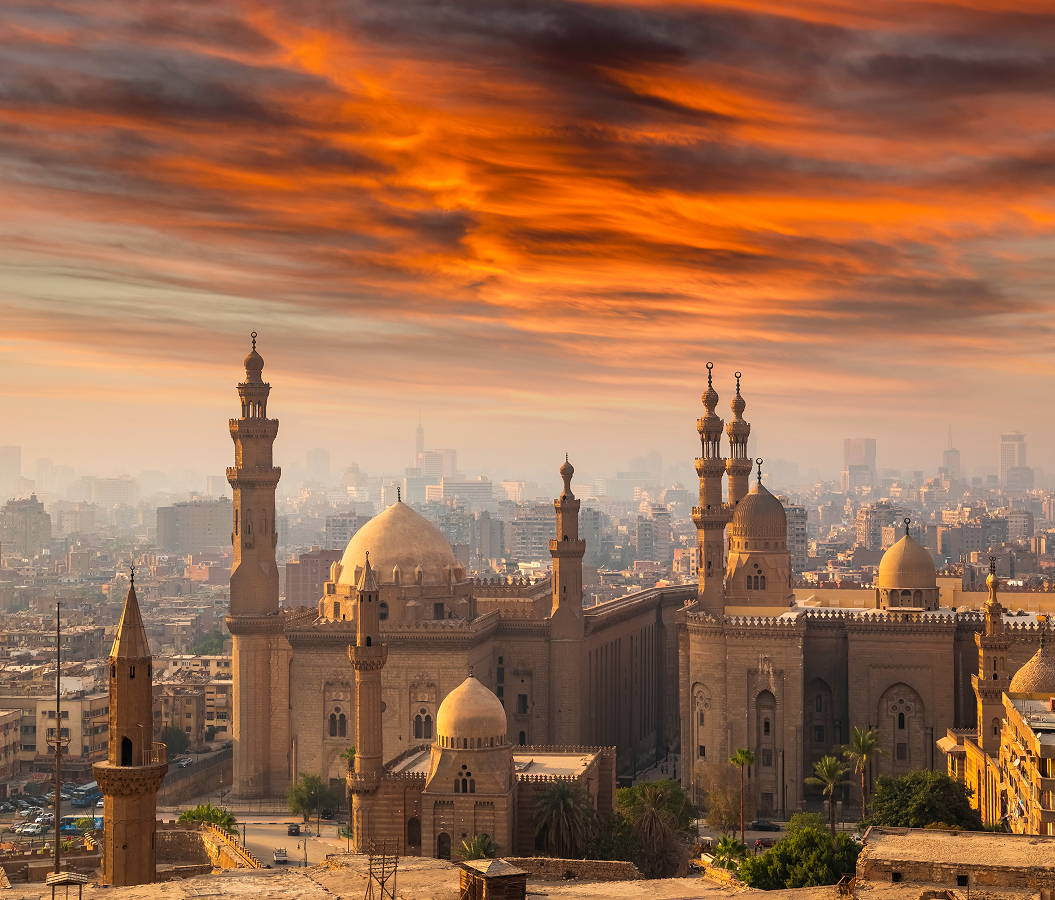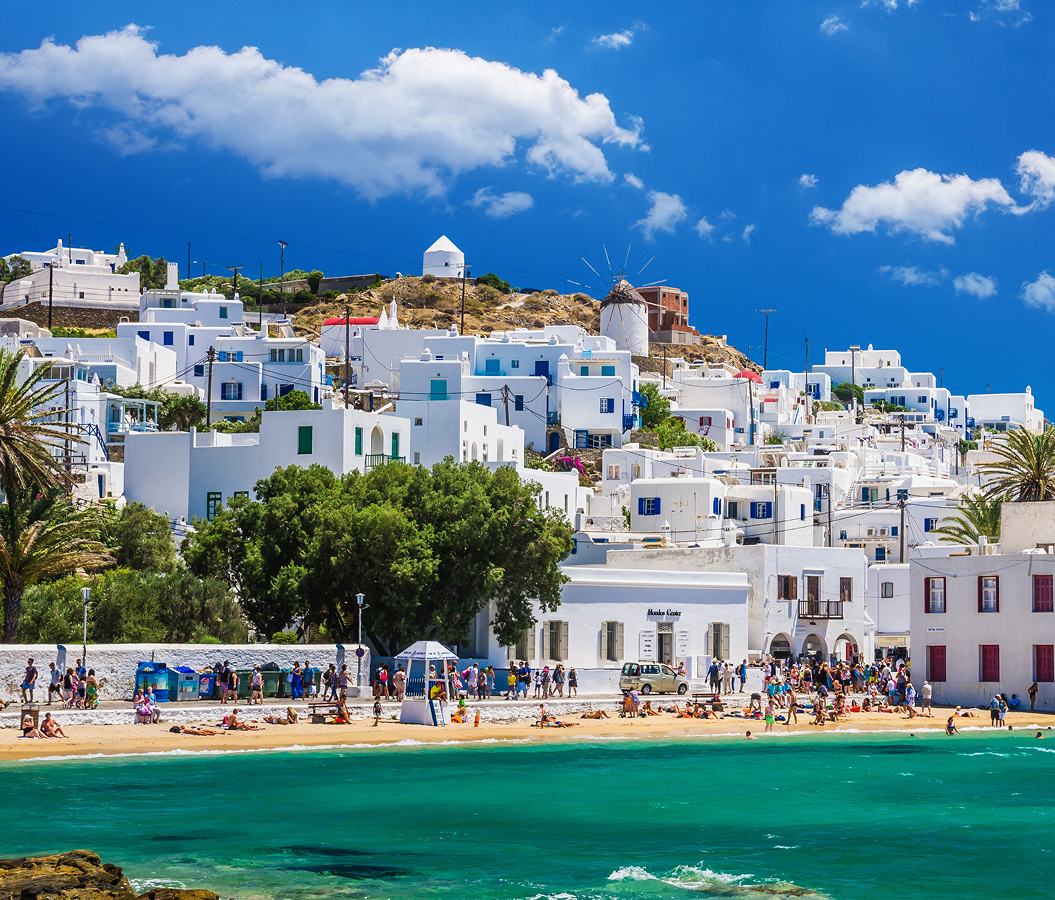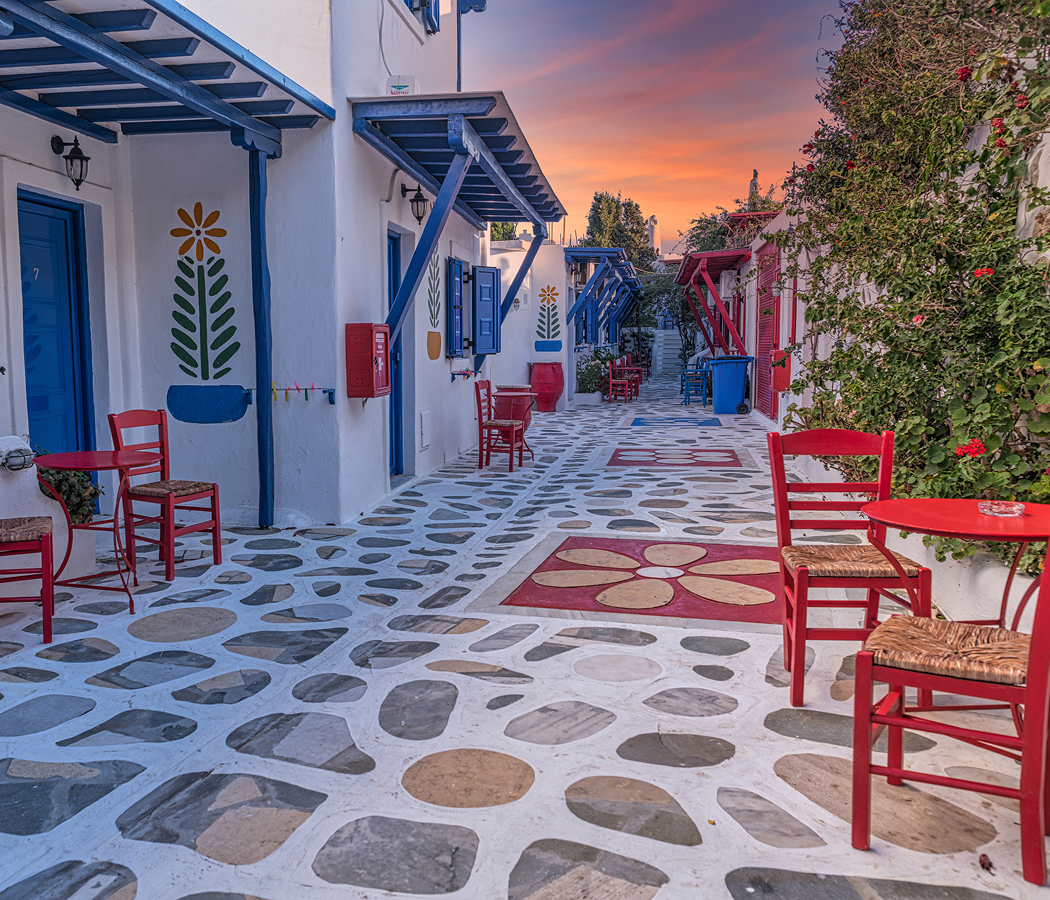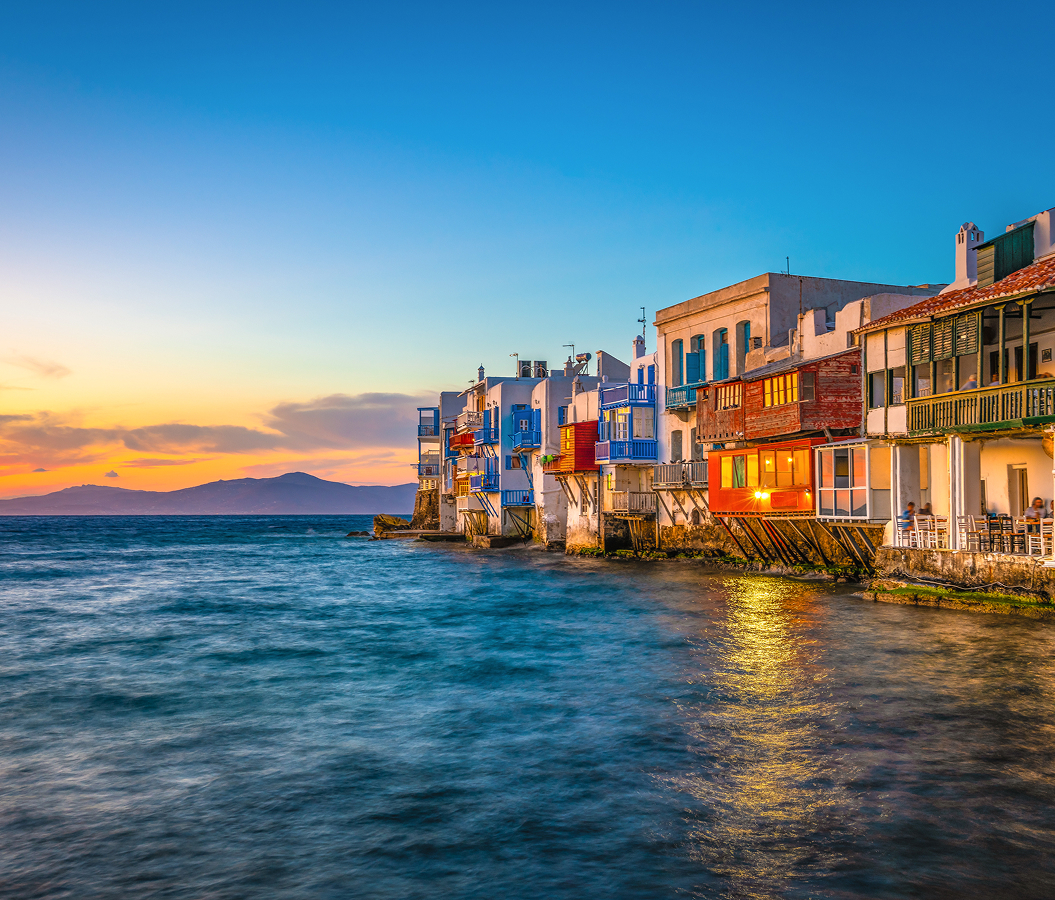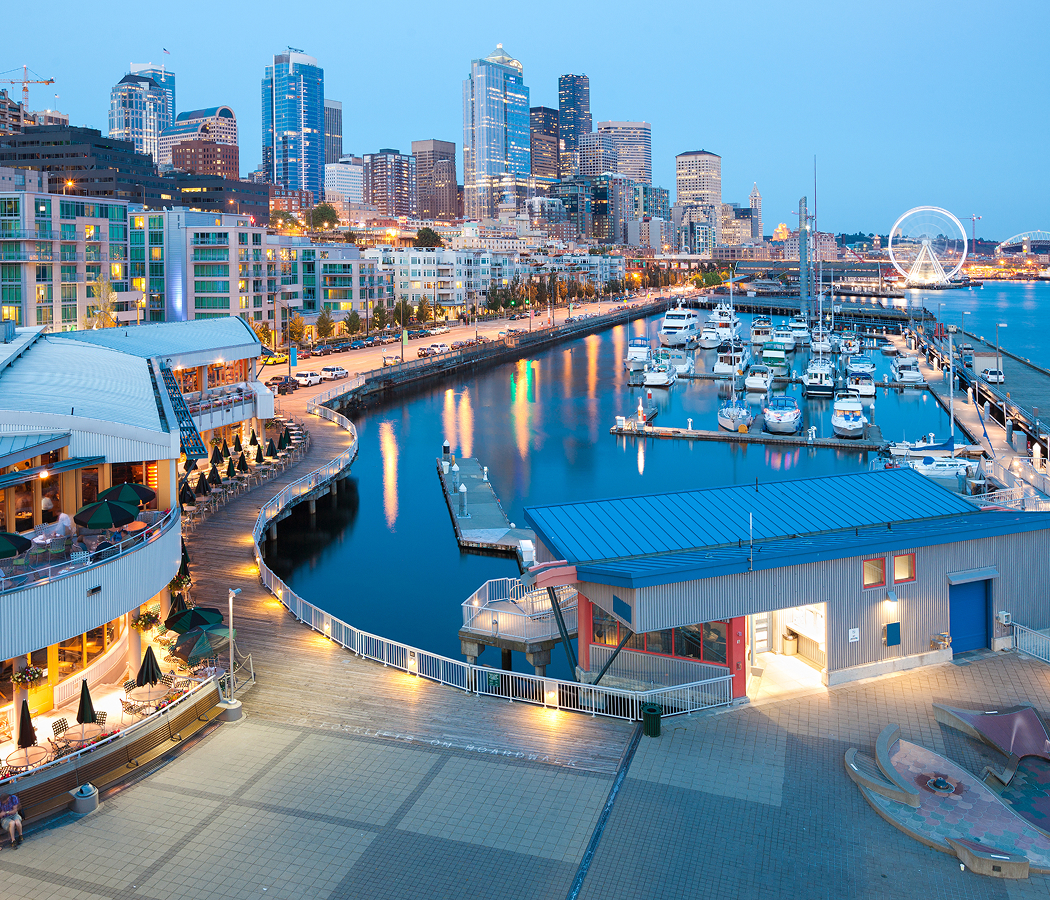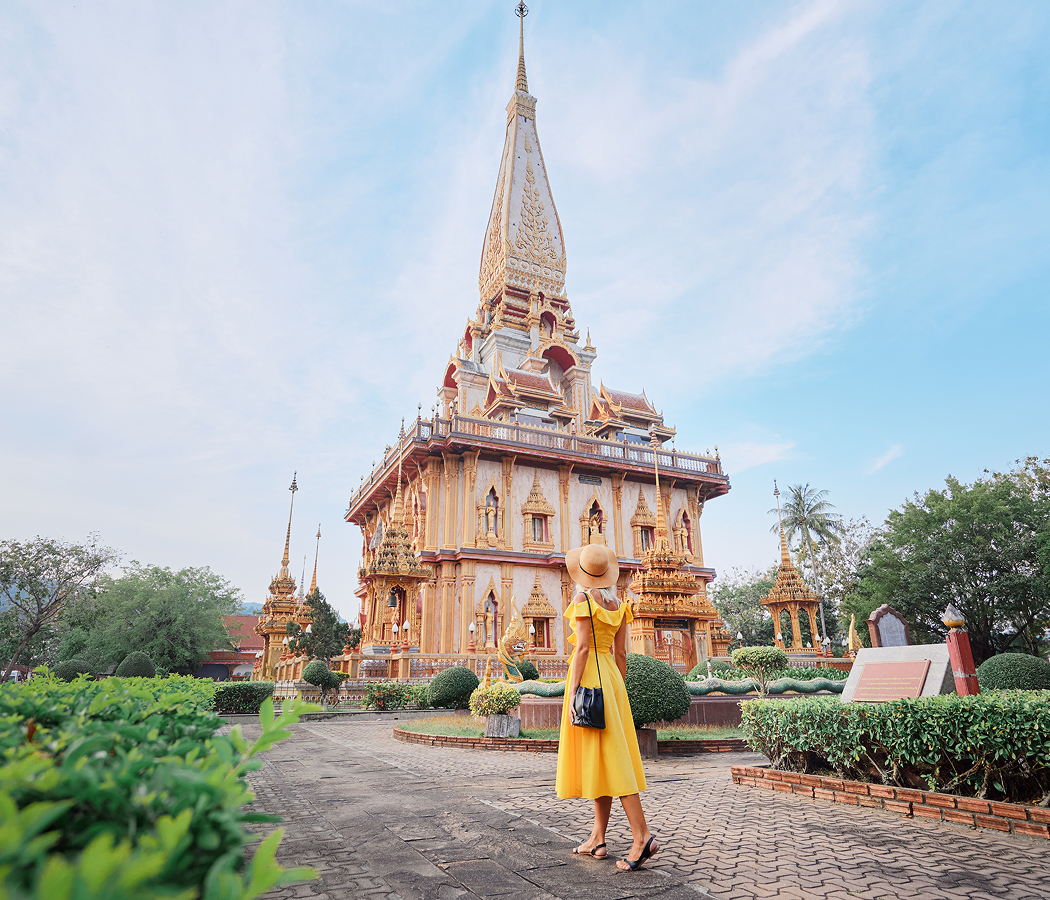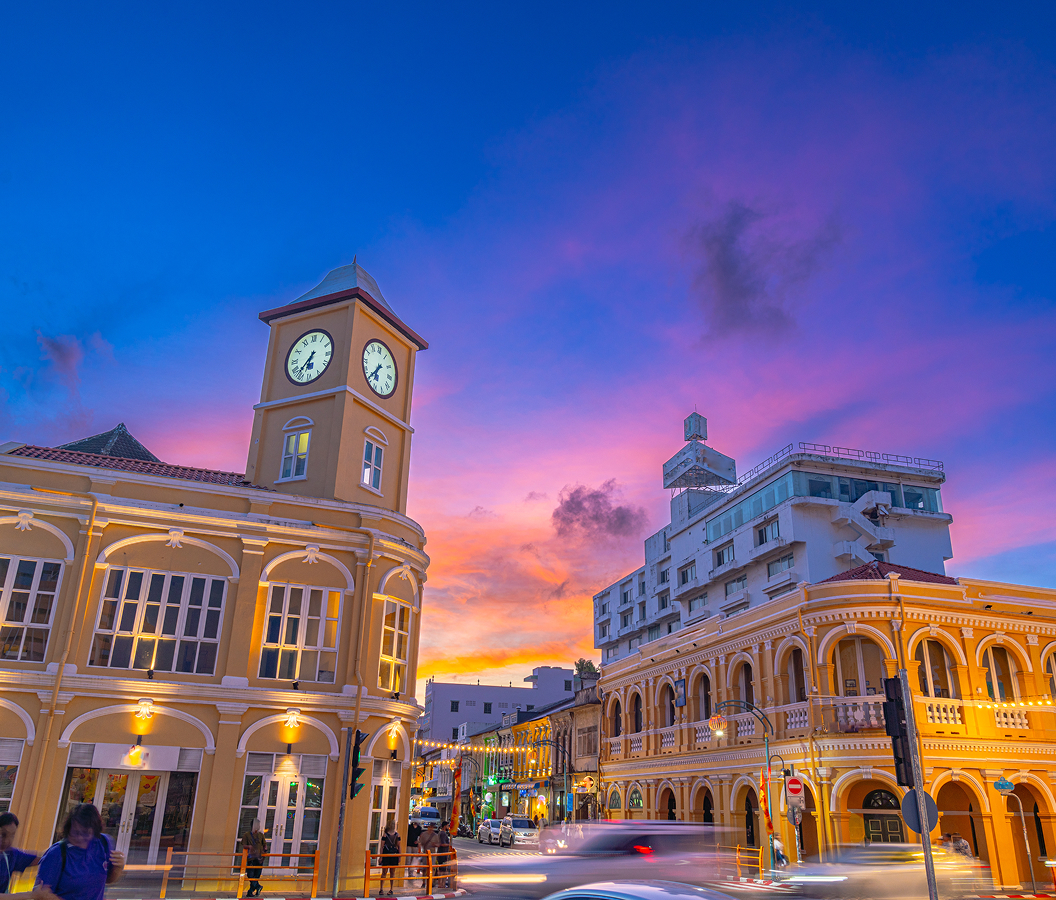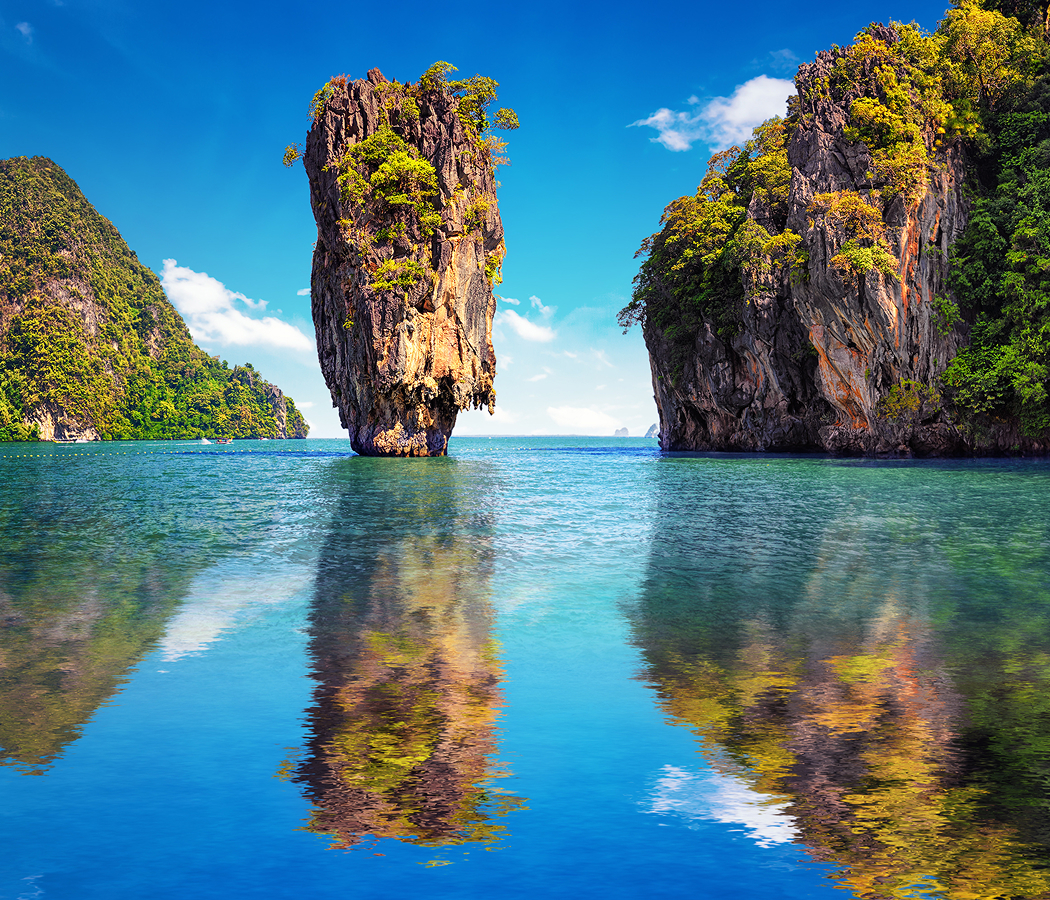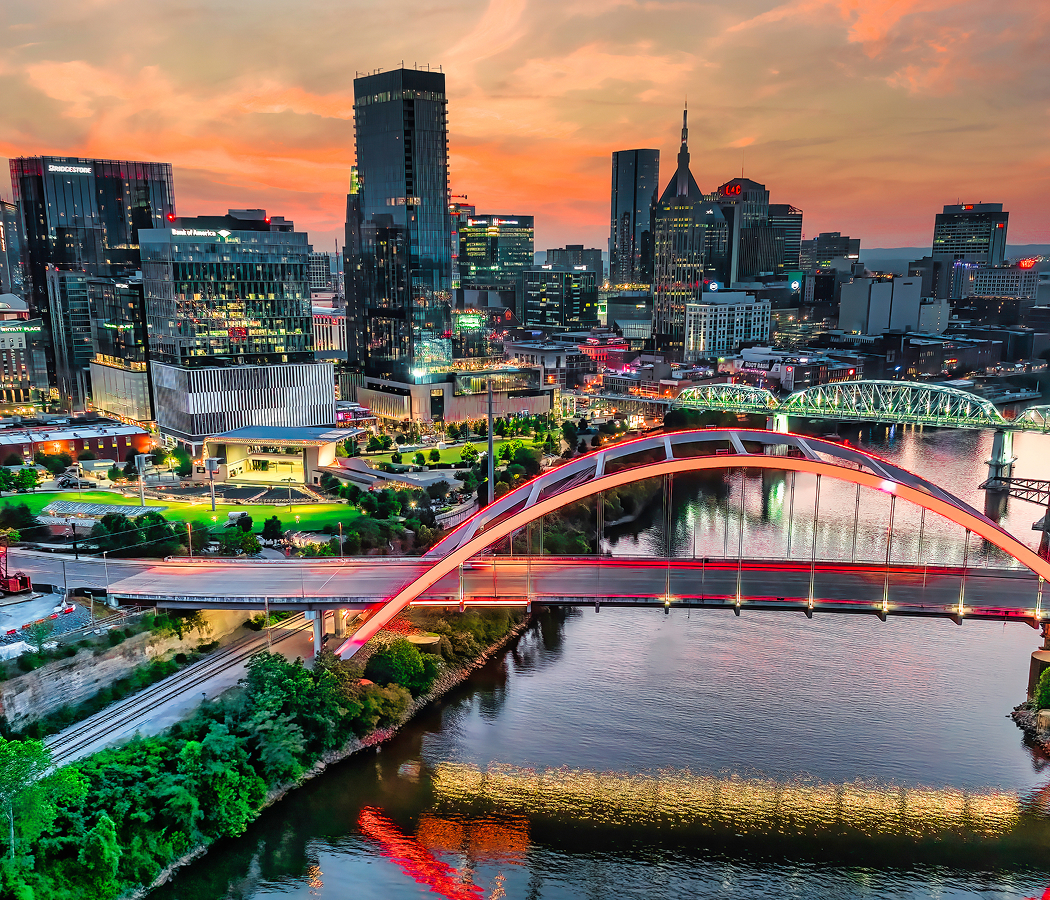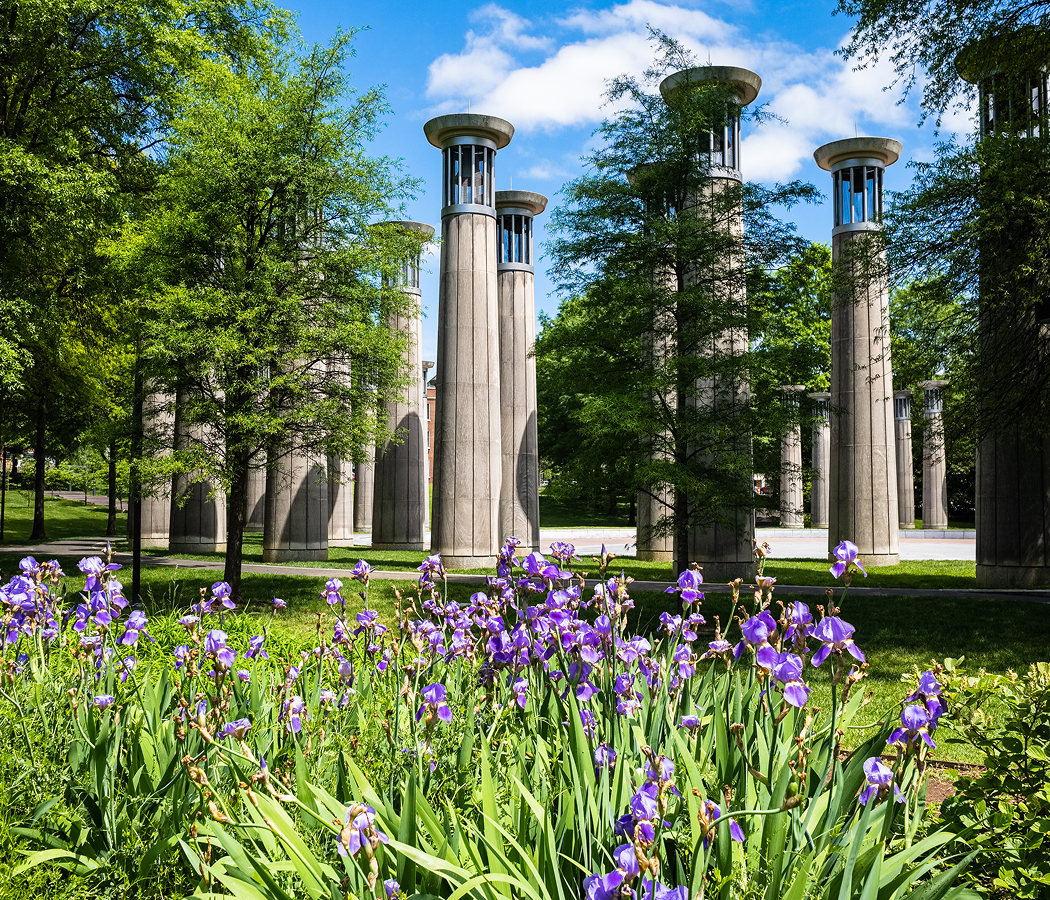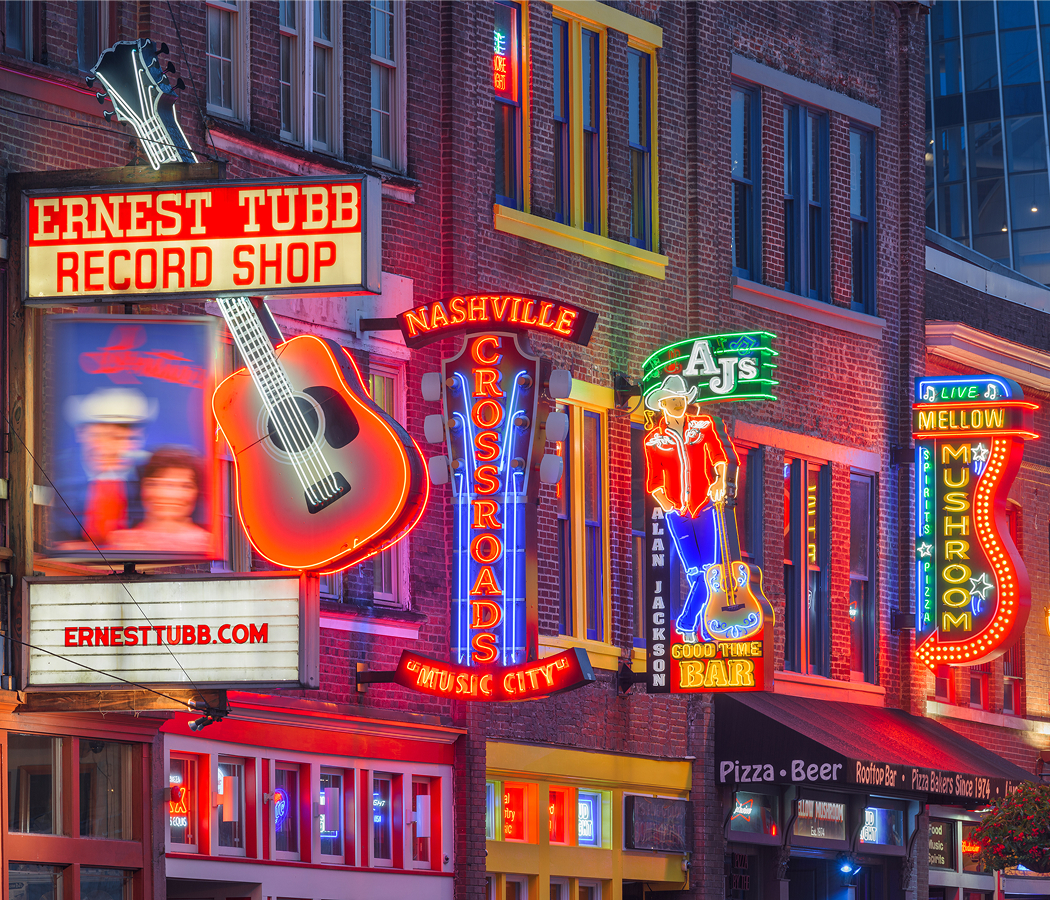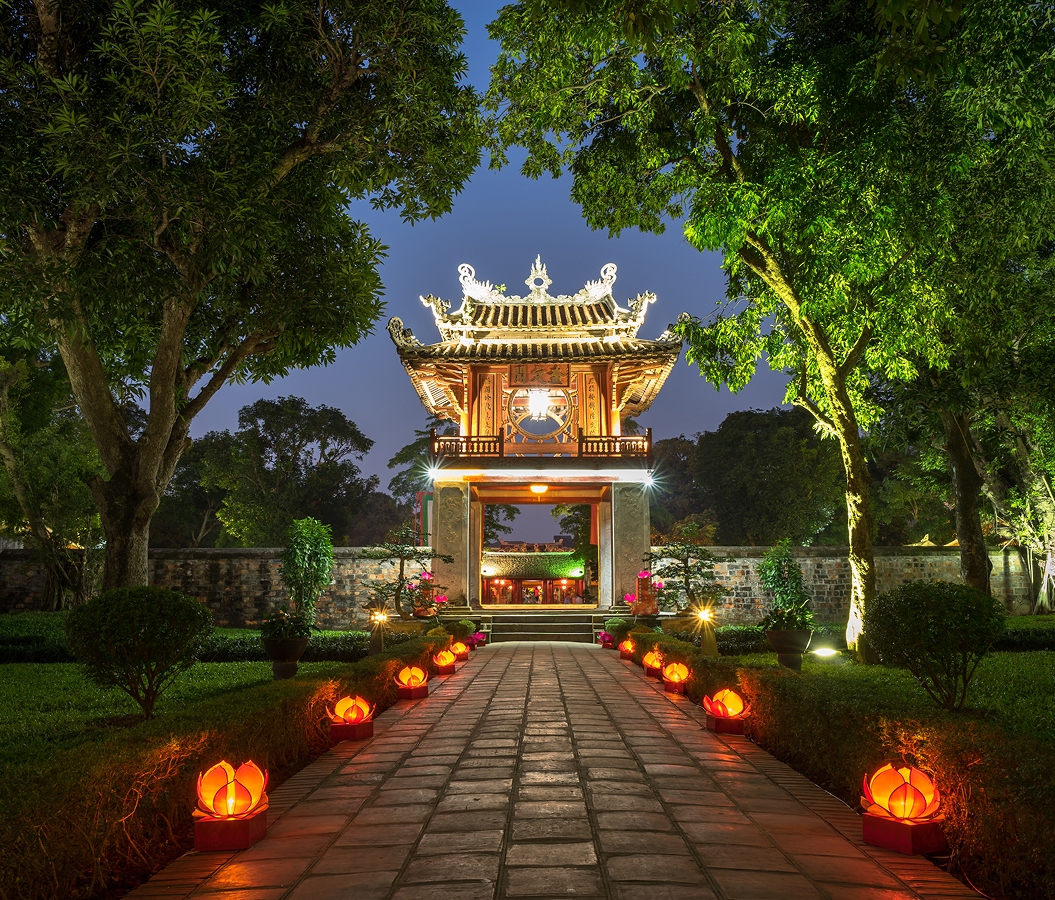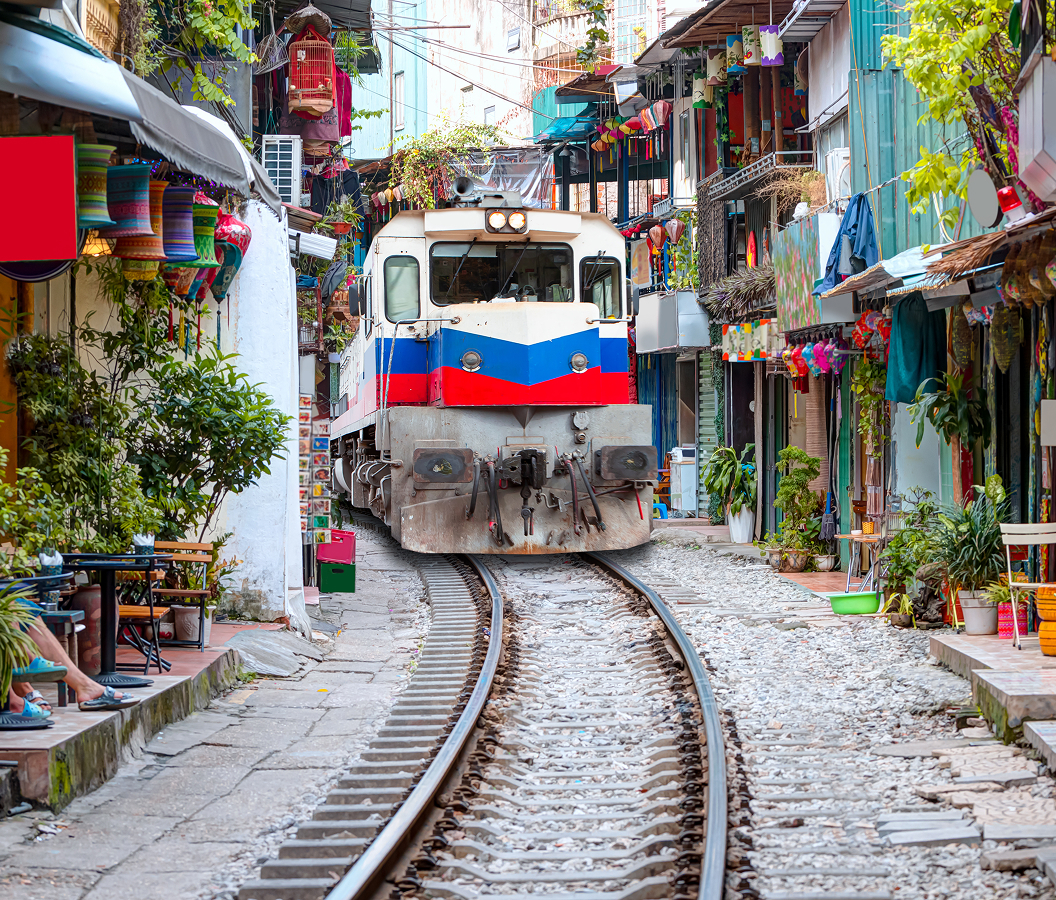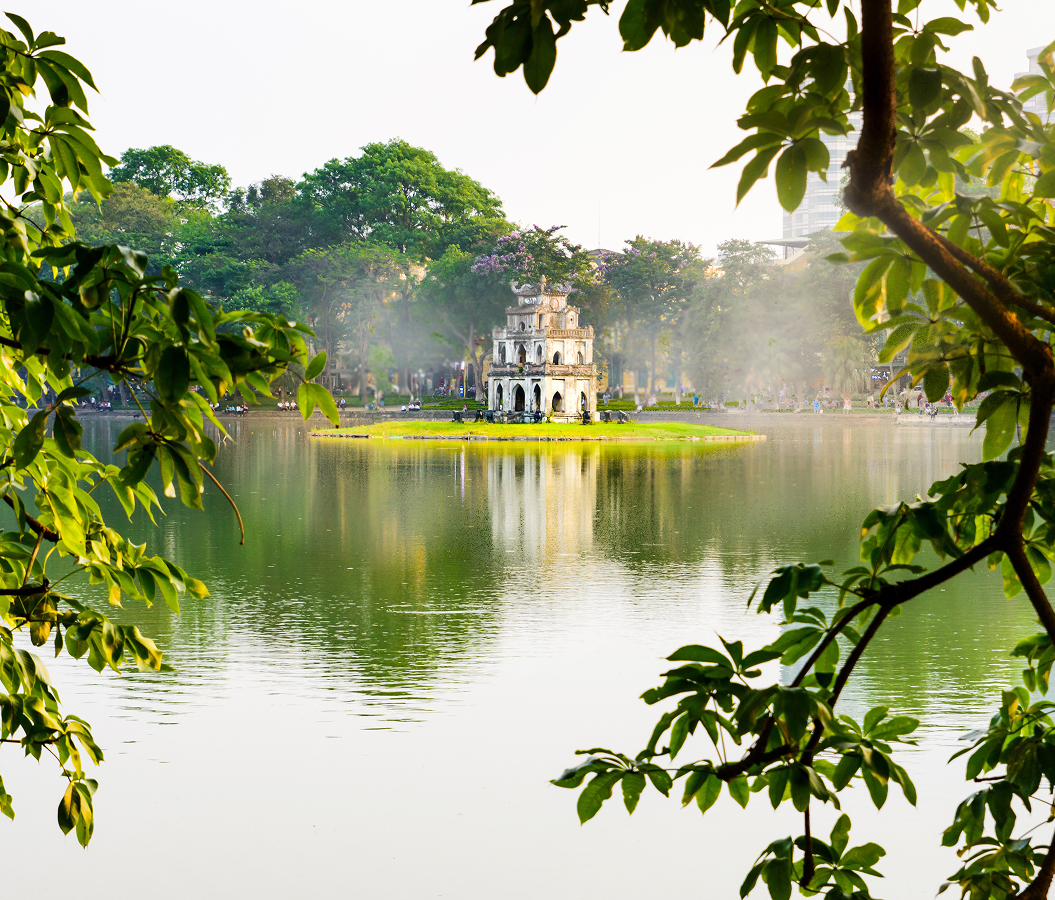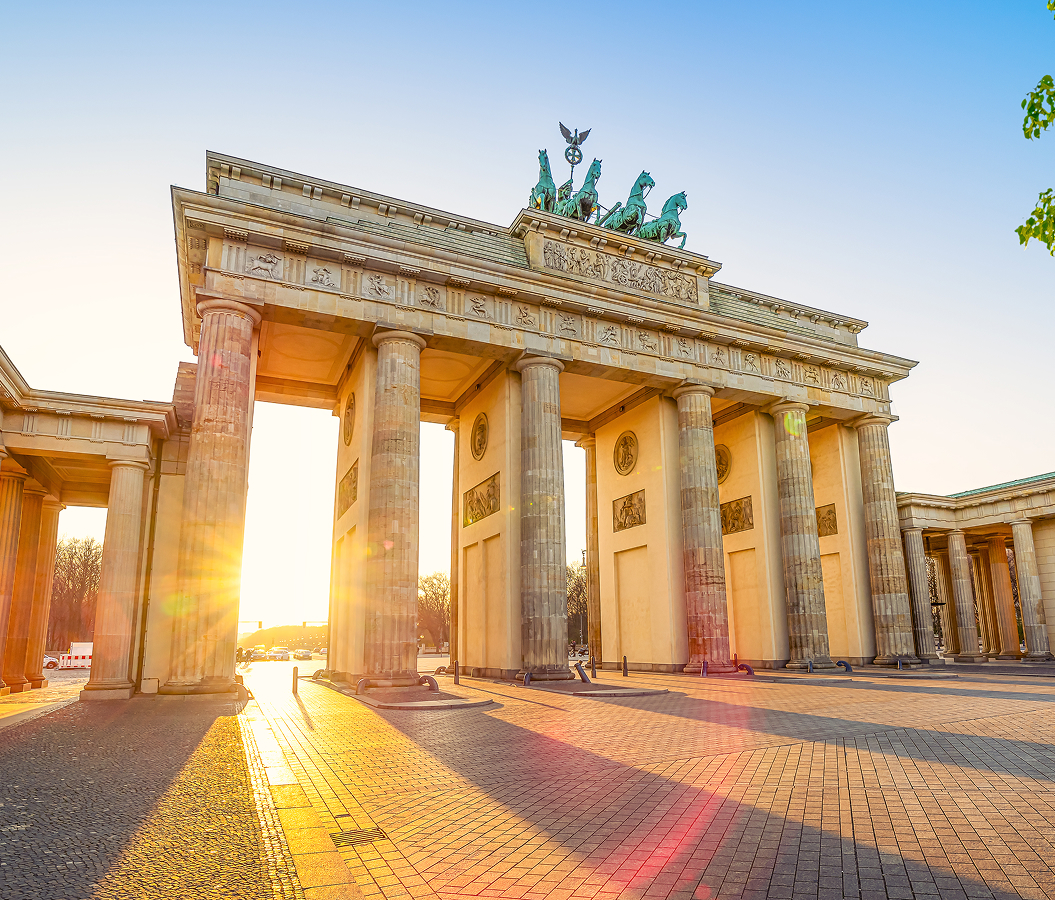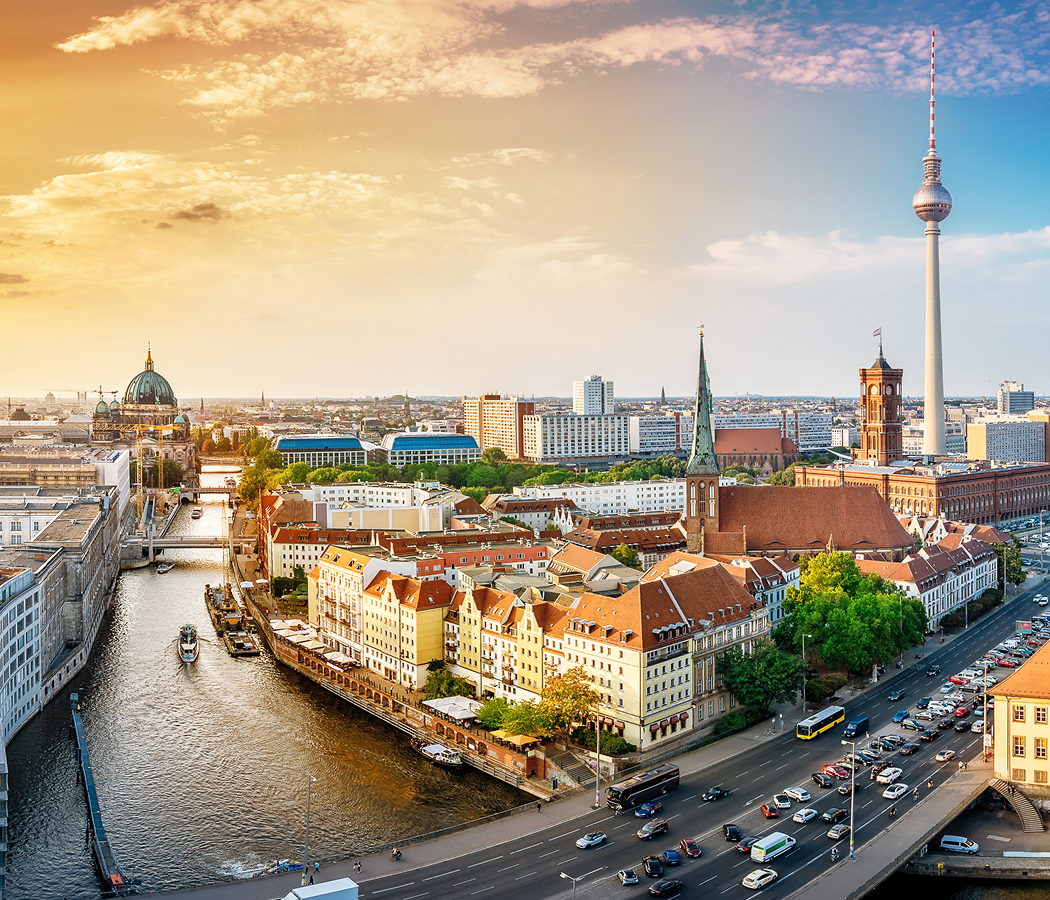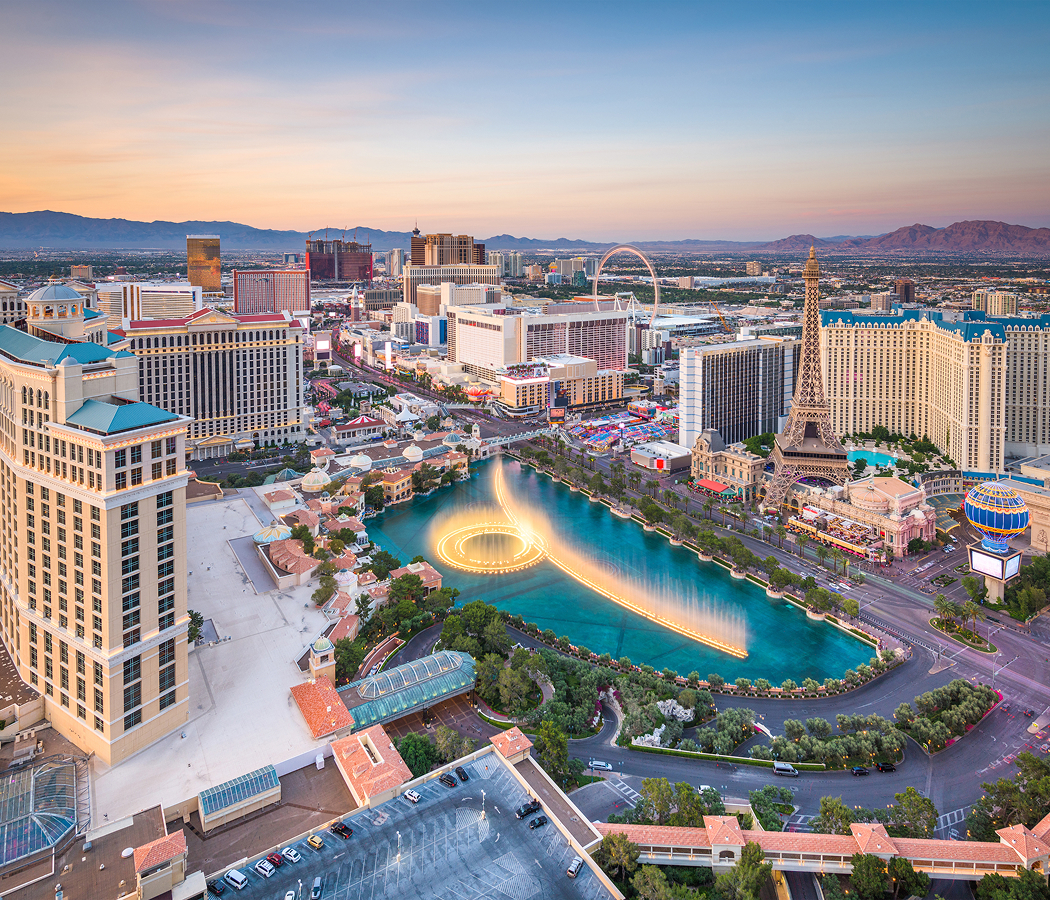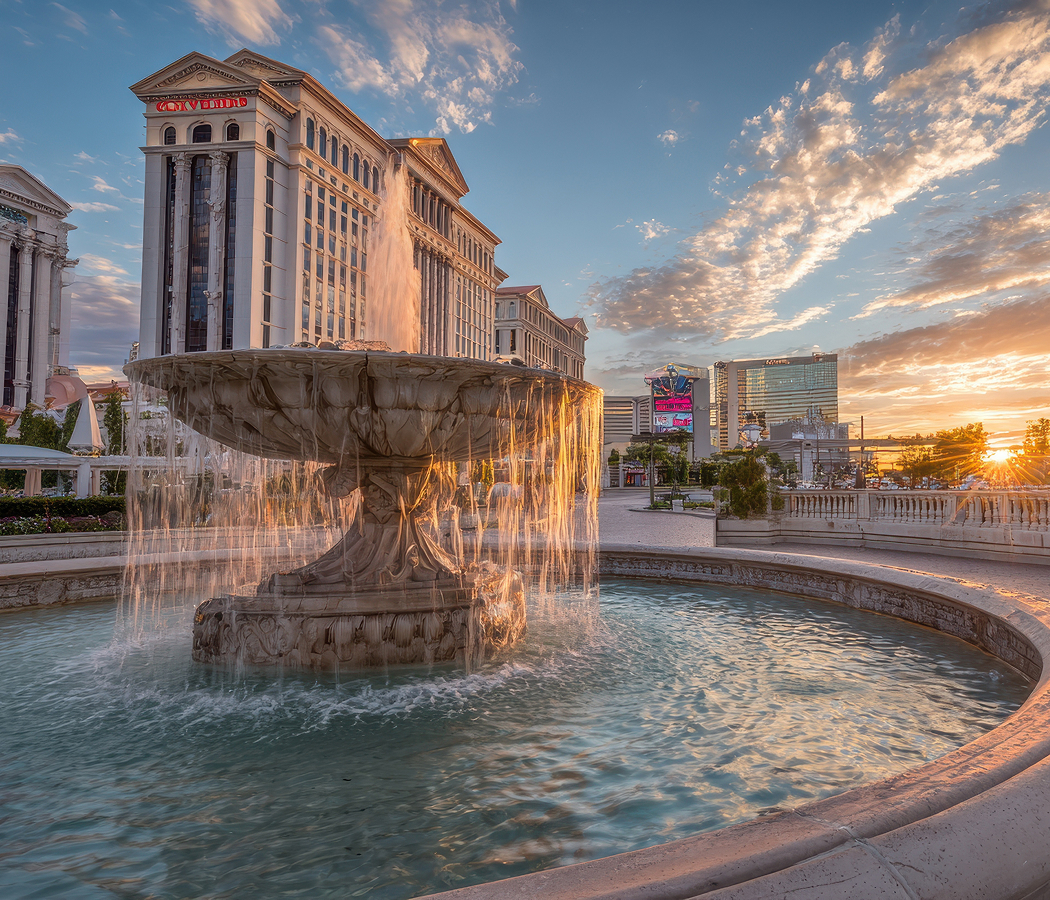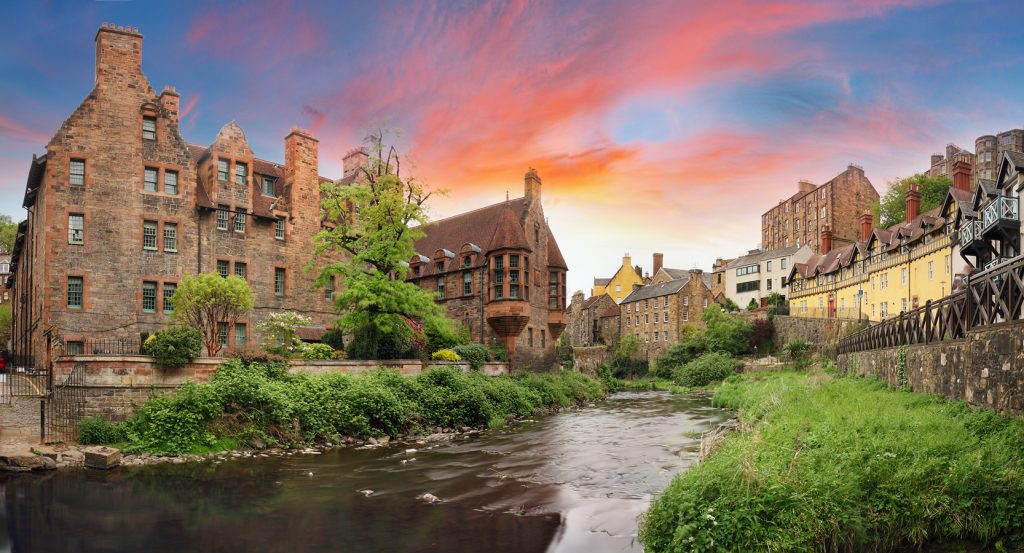
Why you should experience St Bernard’s Well at Dean Village in Edinburgh.
There are places in Edinburgh that feel less like architecture and more like an apparition — St Bernard’s Well is one of them.
Hidden along the Water of Leith Walkway just downstream from Dean Village, this neoclassical rotunda rises between trees like a secret temple, its pale stone shimmering beside the river. The domed pavilion, crowned with a statue of Hygieia — the Greek goddess of health — looks as though it was transplanted from ancient Athens and quietly set in the Scottish woods. Step closer and you’ll hear the murmur of water beneath its steps, echoing softly against the columns. The air smells faintly mineral, the soundscape hushed except for birds and the slow current. In the 18th century, locals came here to drink from what they believed to be healing springs — Edinburgh’s answer to Bath’s spa culture — but today the well is more spiritual than medicinal. Standing beneath its dome, sunlight flickering through leaves, you feel suspended between nature and civilization, myth and memory. Few places in the city capture that balance as effortlessly as St Bernard’s Well.
What you didn’t know about St Bernard’s Well.
The legend begins with a discovery — and a little superstition.
In 1760, a local man named James Rae stumbled upon a natural spring bubbling beside the Water of Leith. Believing it to have curative powers, he shared it with neighbors, and soon word spread that the waters healed everything from arthritis to melancholy. The site quickly drew attention, including that of Lord Gardenstone, an Enlightenment-era judge and philosopher who saw potential for both civic improvement and contemplation. In 1789, he commissioned celebrated architect Alexander Nasmyth to design the structure we see today — a classical rotunda inspired by the Temple of Vesta in Tivoli, Italy. Its Ionic columns encircle a stone basin where the mineral water once flowed, and the statue of Hygieia presides serenely above it all, a tribute to balance and health. Inside, Gardenstone installed marble benches and inscribed moral aphorisms for visitors to ponder as they “took the waters.” Though the well later fell out of use, it remained an emblem of 18th-century Edinburgh’s fascination with nature, reason, and beauty — a microcosm of the Scottish Enlightenment distilled into stone. The city restored it in 2013, returning its pale dome and goddess to their luminous calm beside the river.
How to fold St Bernard’s Well into your trip.
The beauty of St Bernard’s Well lies in its approach — it reveals itself only to those who slow down.
Begin your walk at Dean Village and follow the Water of Leith Walkway eastward, letting the sound of the river guide you. The path meanders beneath canopies of beech and sycamore before the dome suddenly appears through the branches — ethereal, unexpected, perfect. Step inside the rotunda and look upward: the coffered ceiling, the central skylight, and the soft acoustics make even whispers sound reverent. Take a few moments to sit on the marble bench and listen to the water trickling below; it’s one of Edinburgh’s most meditative spaces. For the best light, visit mid-morning when the sun filters through the eastern trees, or at dusk when the columns glow honey-gold against the darkening foliage. From here, continue along the walkway toward Stockbridge, stopping at St George’s Well or the Gallery of Modern Art to round out your circuit. St Bernard’s Well isn’t a major tourist stop — it’s a quiet revelation, a place that reminds you that healing doesn’t always come from what you drink, but from the stillness you allow yourself to feel.
Hear it from the Foresyte community.
“Quiet little pocket where the city noise just drops out. You end up taking way too many photos of random windows and bridges because everything looks storybook.”
Where meaningful travel begins.
Start your journey with Foresyte, where the planning is part of the magic.
Discover the experiences that matter most.


